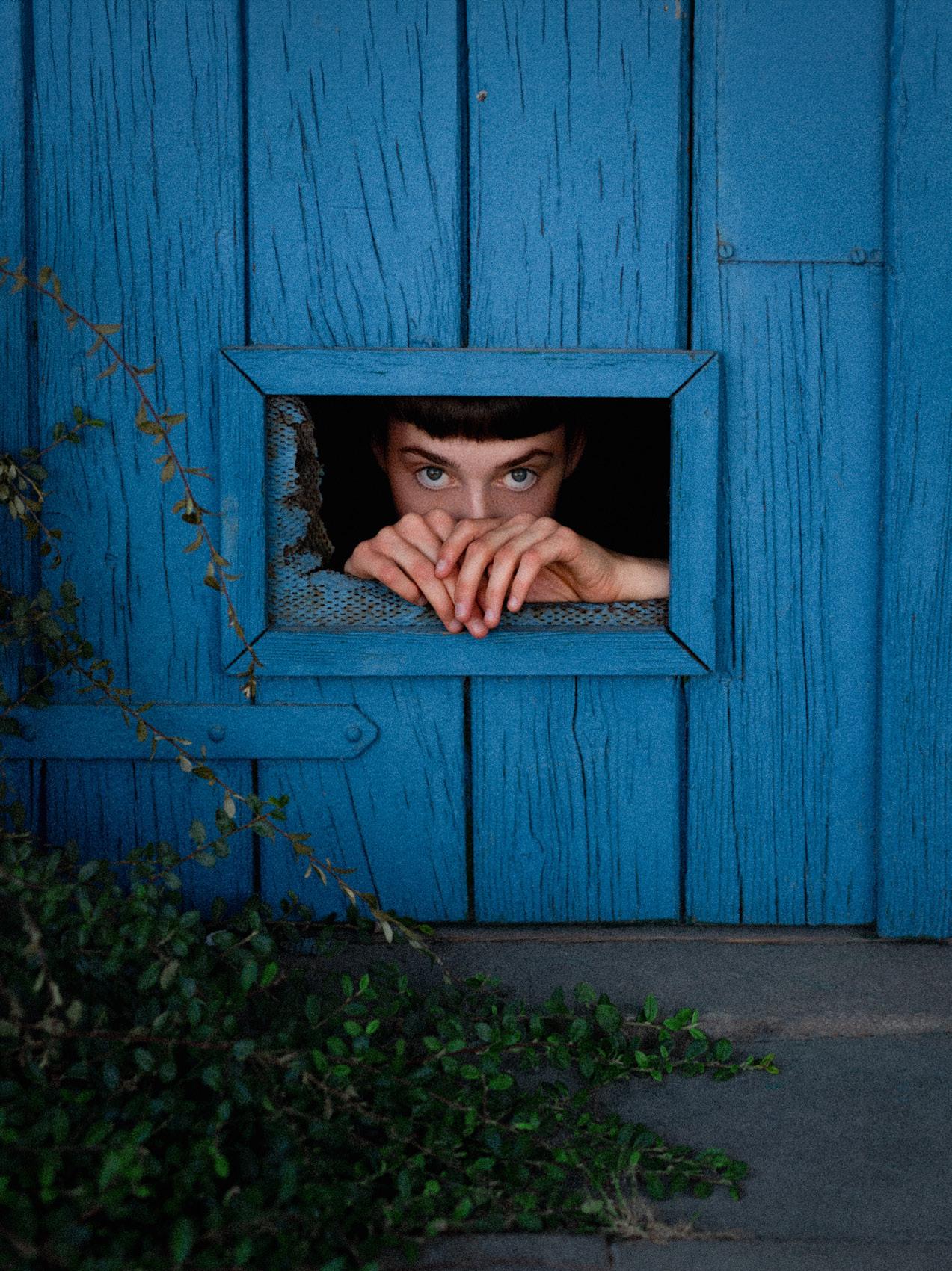
Issue 119 June / July 2024 THE ART & CULTURE MAGAZINE www.aestheticamagazine.com Aesthetica UK £6.95 Europe €12.95 USA $16.49 WORLDS CONNECTED Photographers reveal intricate relationships on planet Earth INTAKE OF BREATH Social and political artworks function as acts of resistance ECHOED MEMORIES Do Ho Suh builds his former homes in translucent fabrics TRUTHS UNEARTHED Groundbreaking research into LGBTQ+ experiences at NASA
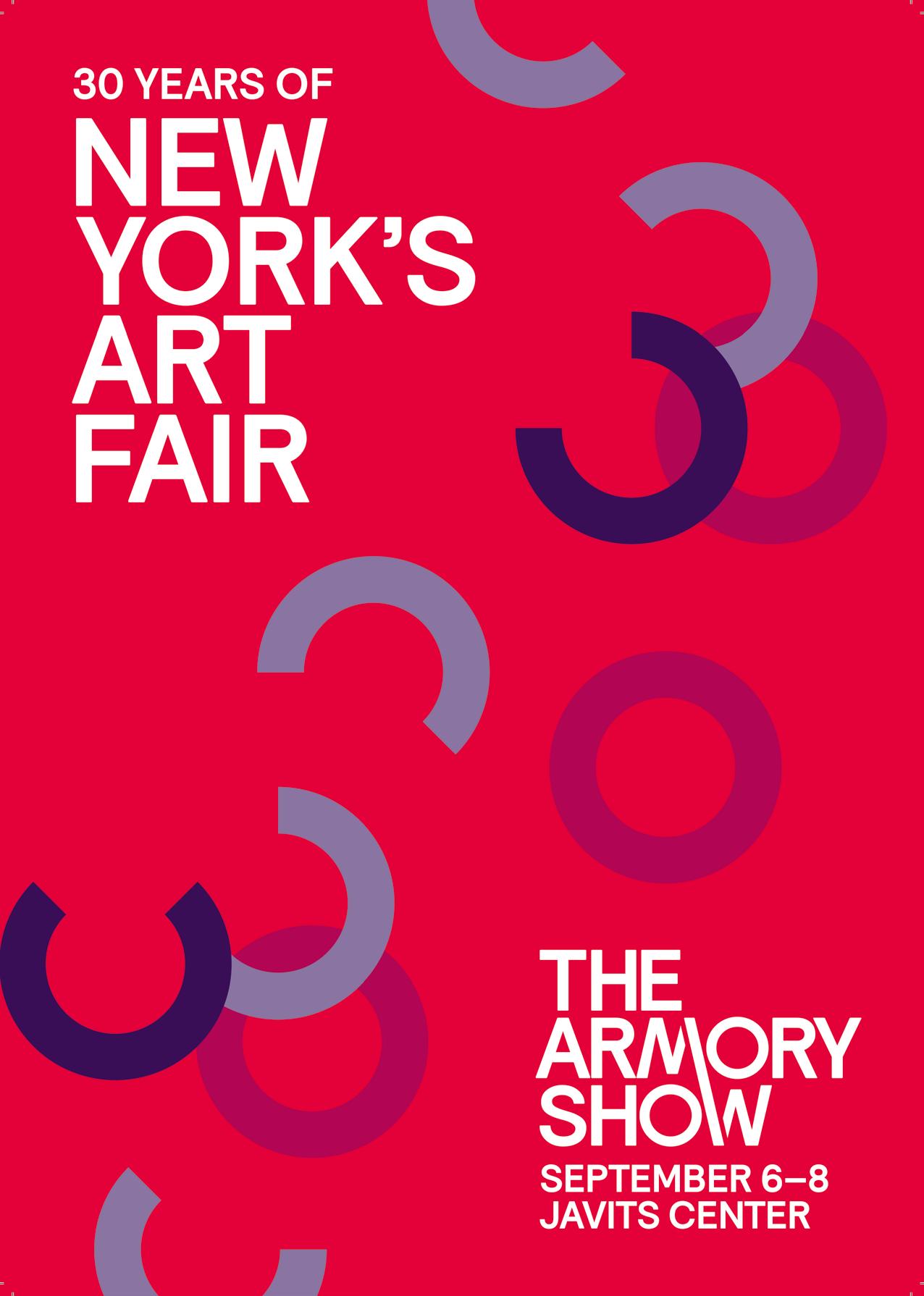
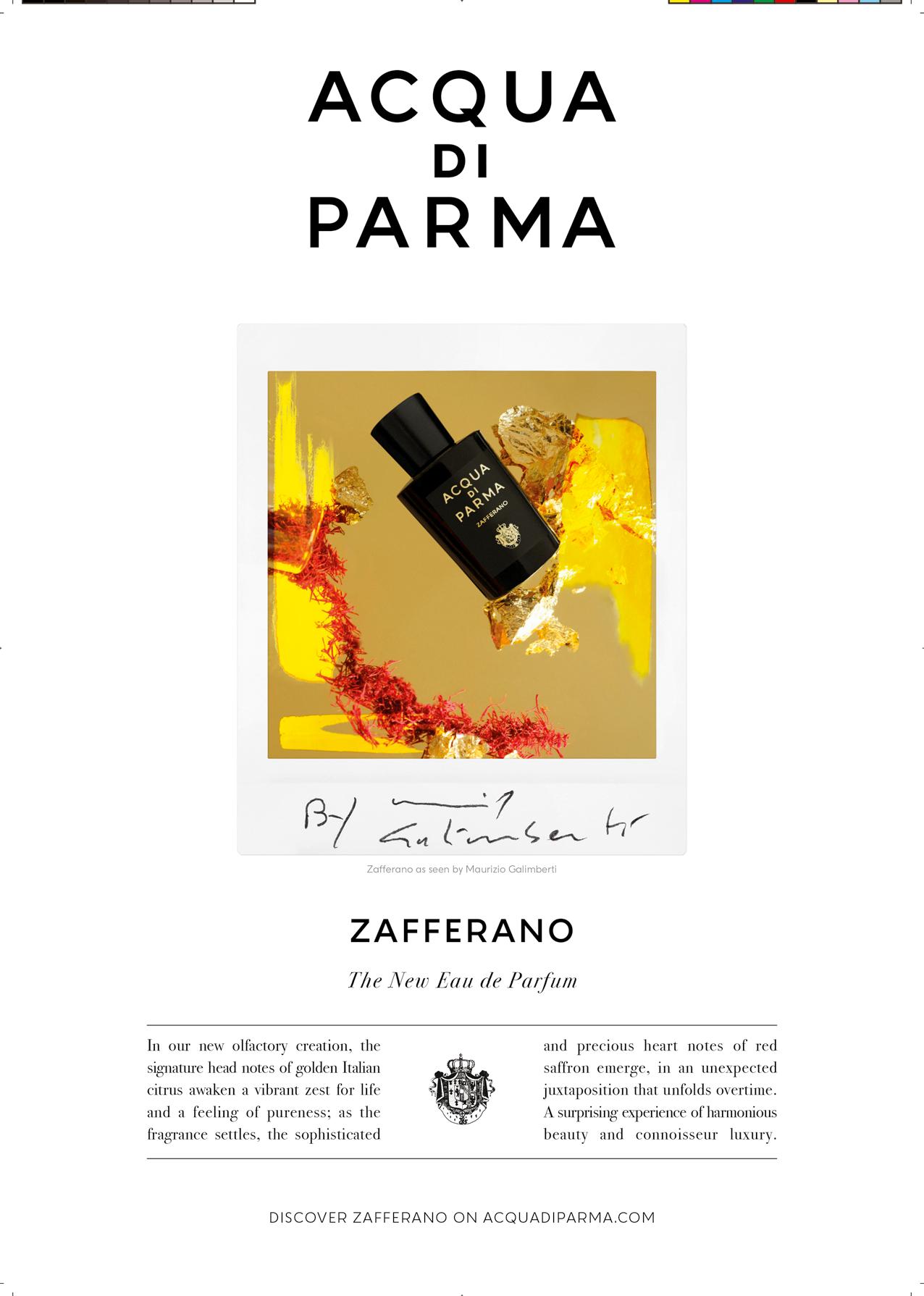

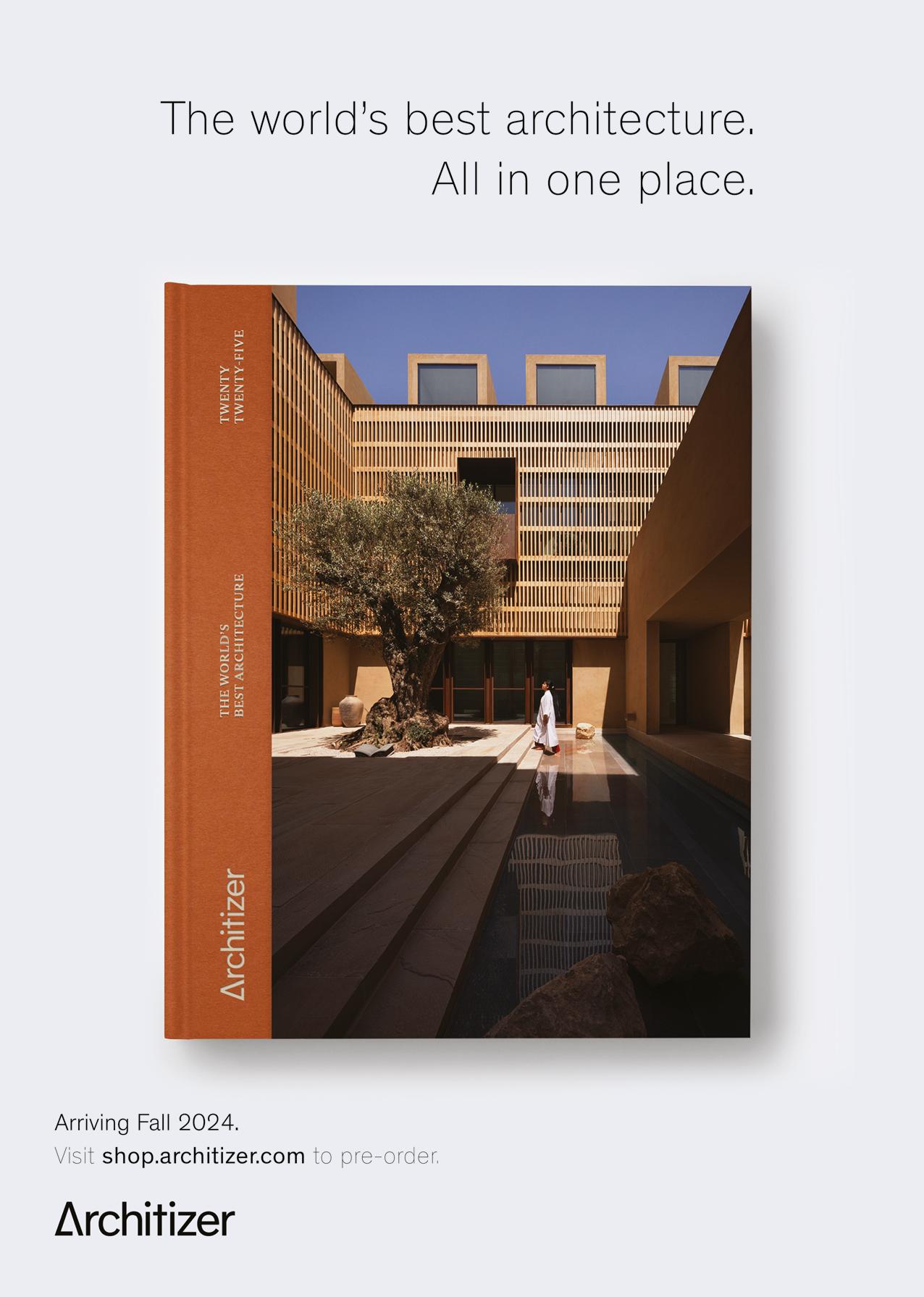
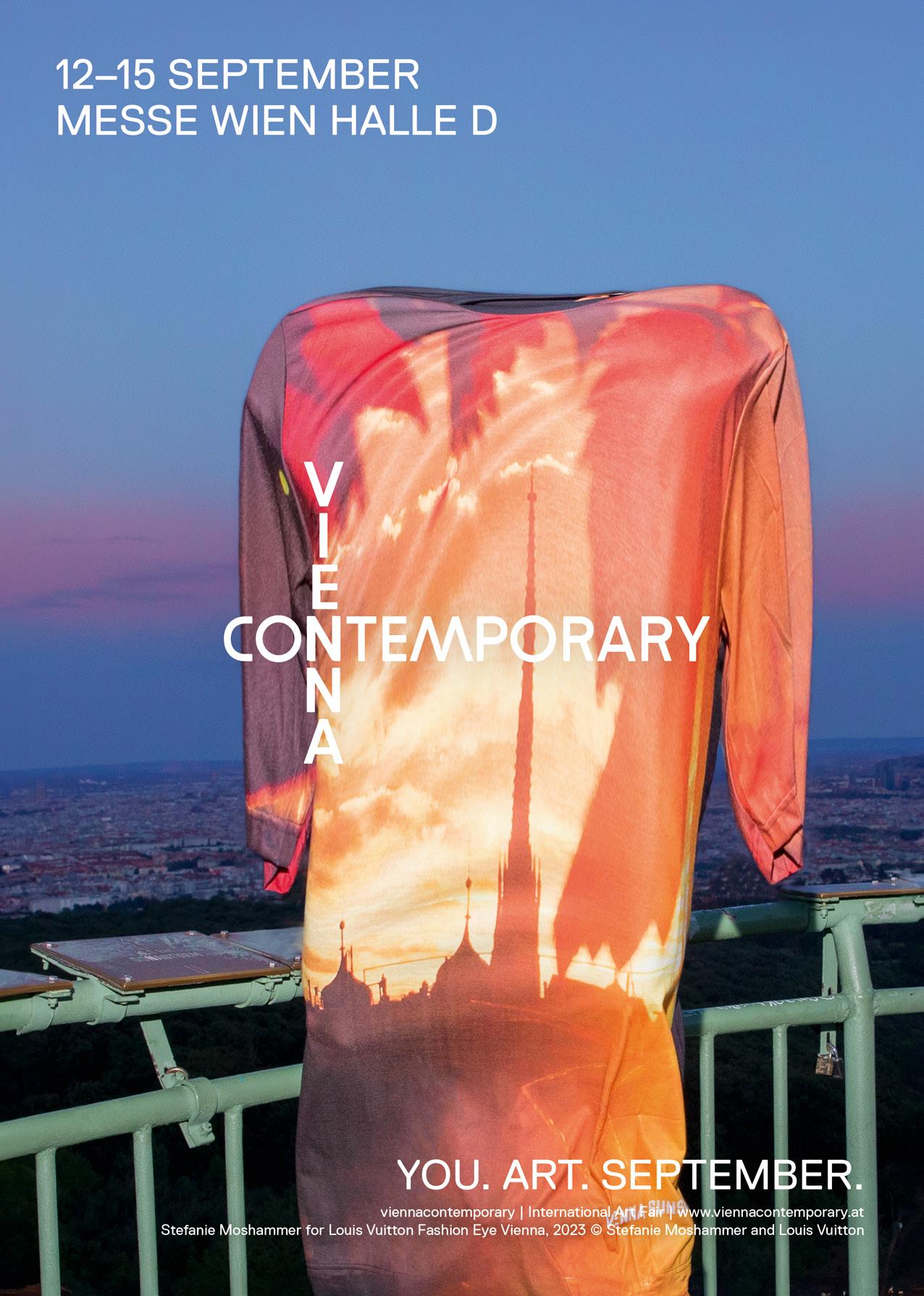
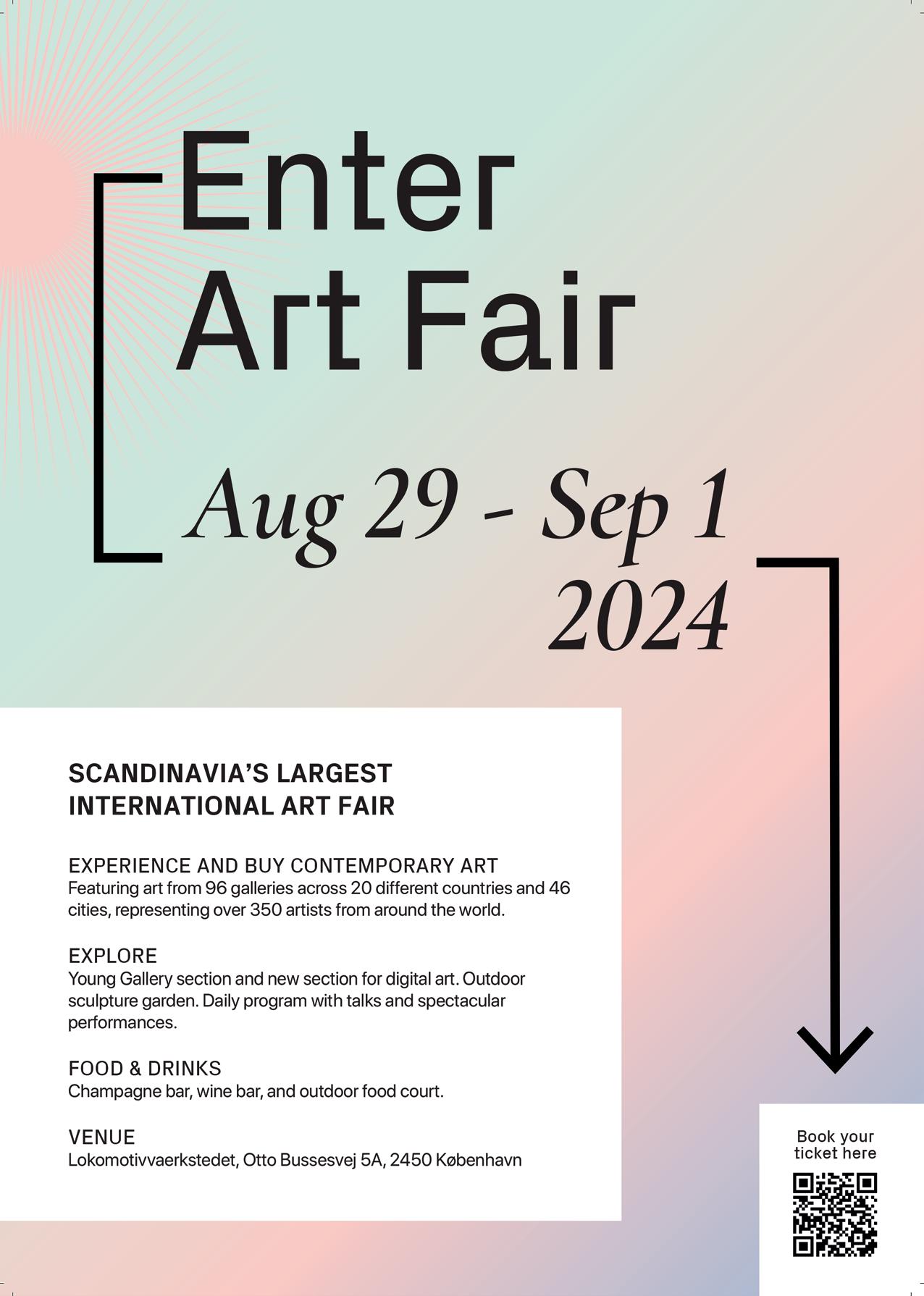
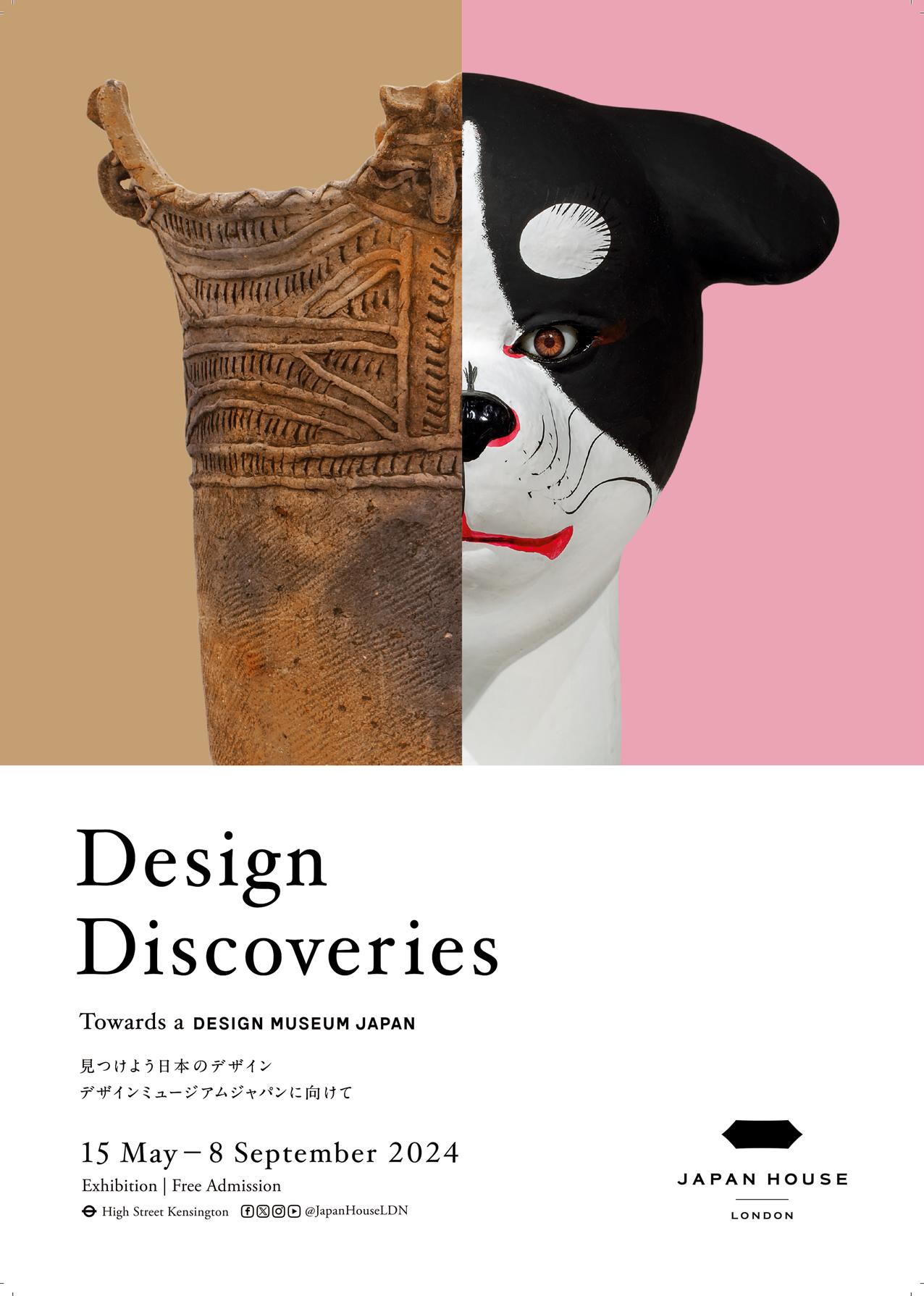
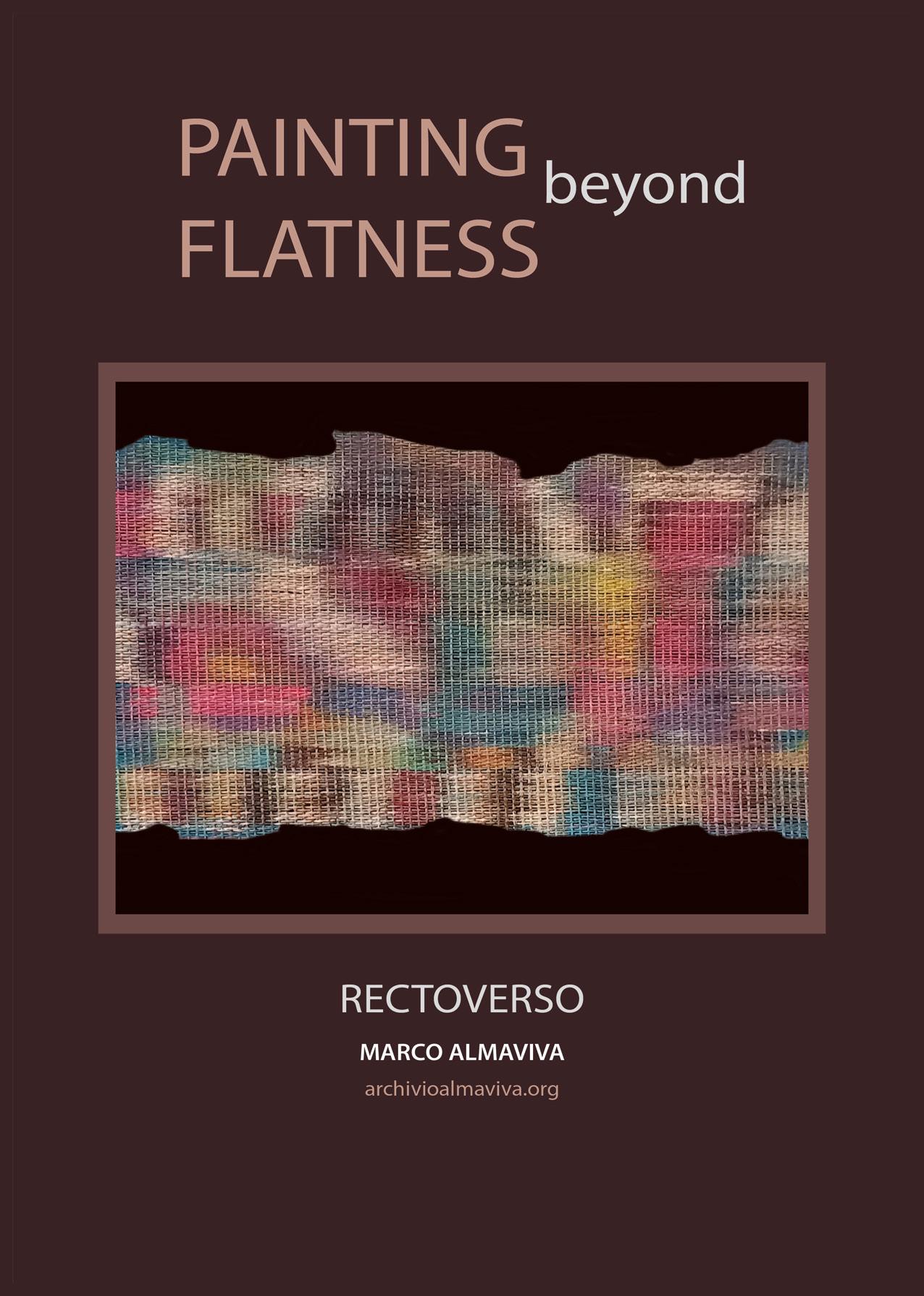
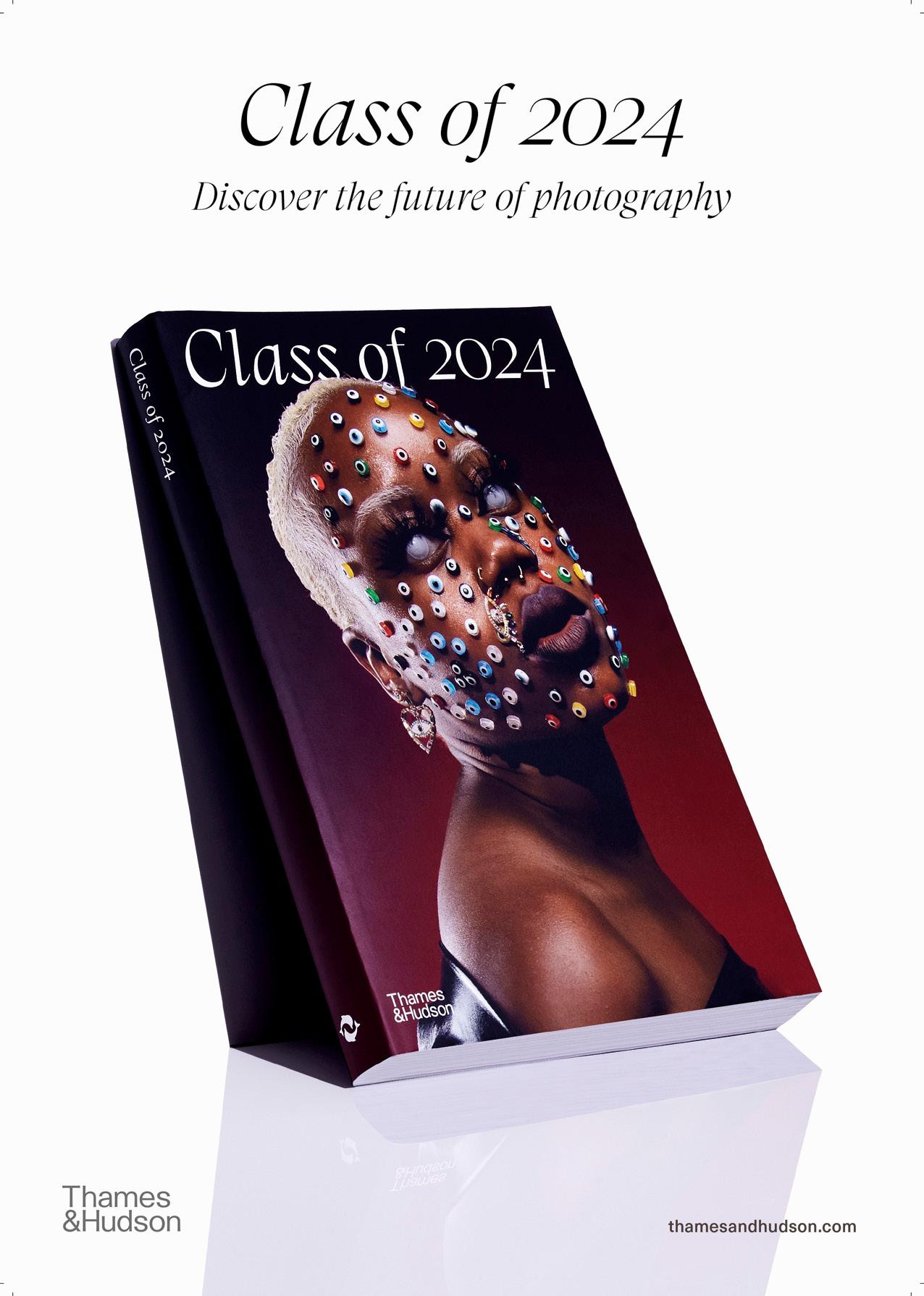


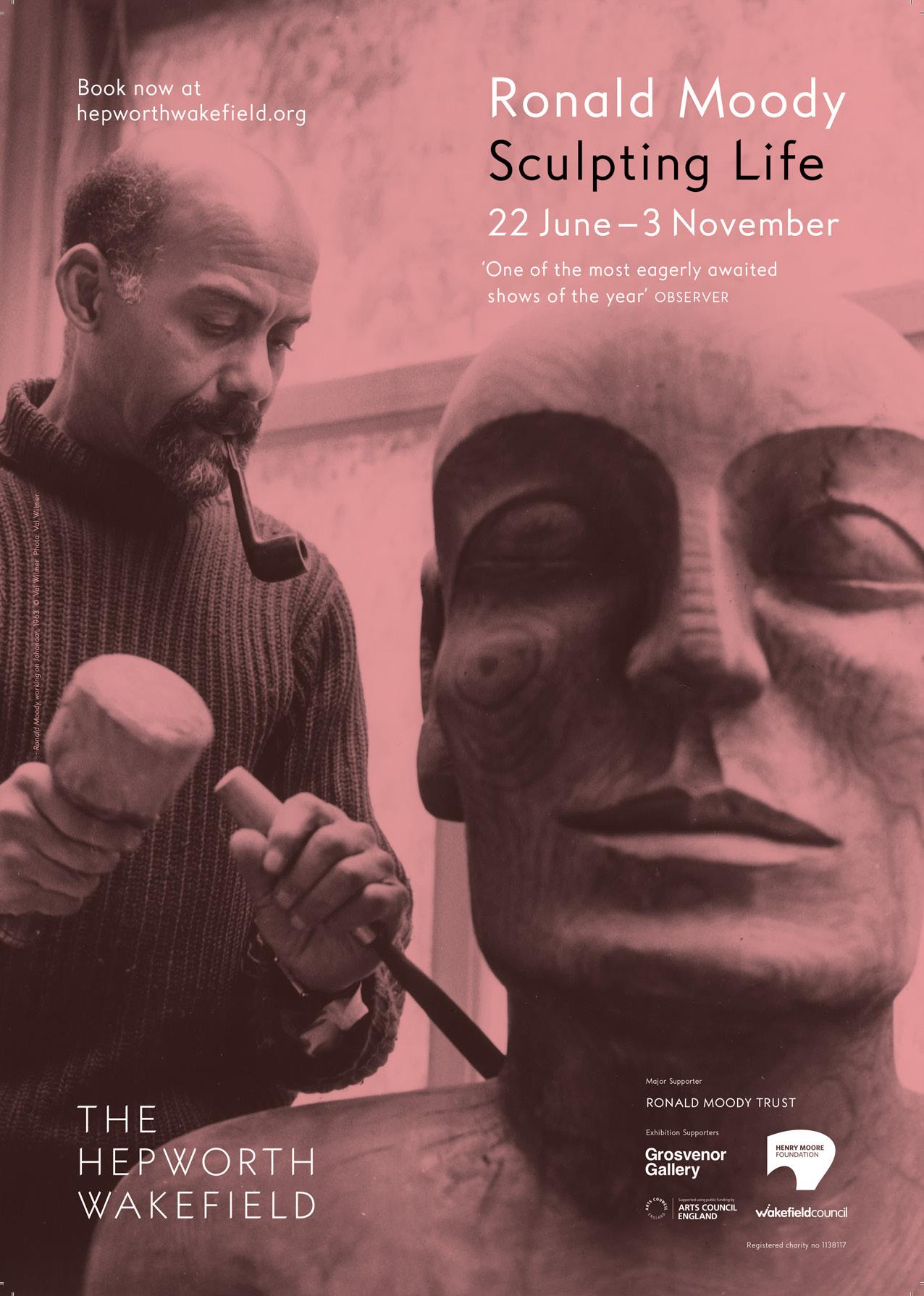
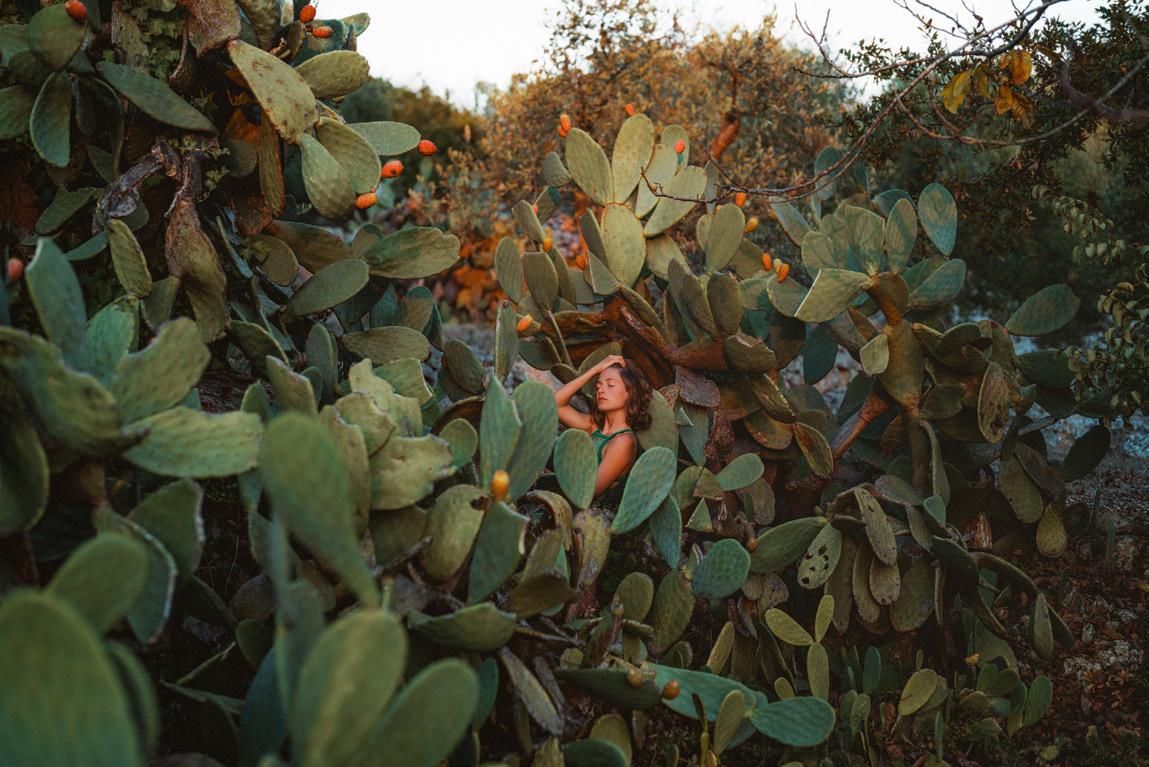
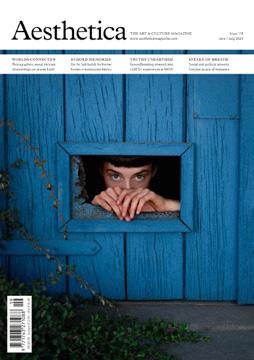
On the Cover
Jonas Hafner excels in crafting a truly palpable sense of mood, with every shot evoking a different ambience, emotion or narrative. Each scene unfolds as if part of a storybook, from figures lying in beet leaves to eyes peering with wonder through sky blue garden gates. (p. 112)
Welcome
Editor’s Note
Ideas and inspiration are the lifeblood of creativity. Our experiences and capacity for imagination create an interplay between external events and internal reflection, transforming the mundane into the extraordinary. It is often a fleeting moment or an unexpected conversation that allows us to embrace the unfamiliar and leave feeling renewed. The dynamic process of ideation is essential not only for artistic and intellectual pursuits but also for innovation, pushing us to expand the limits of human understanding. Do Ho Suh is one of the world’s most ambitious artists. He uses experimental techniques and translucent fabrics to ask questions about home and identity. Your personal version of home is a central part of who you are, which is influenced by your day-to-day life and deep memories. Then we speak with Mackenzie Calle, an American photographer whose works are cropping up in group shows and awards worldwide. The Gay Space Agency looks at homophobia and discrimination at NASA. It’s a series that discusses the challenges astronauts face because of problematic attitudes towards their sexuality. Next, we speak with Belinda Kazeem-Kamiński who is one of the artists featured in Take a Breath, a major new exhibition that tracks the impact of air pollution, from industrialisation to modern-day wars, and how it effects our surroundings, health and the way we live. The show considers the historical, social, political and personal acts of breathing; why we breathe, where we breathe and what we breathe. Finally, we speak with Chloé Milos Azzopardi who is exhibiting at Copenhagen Photo Festival. Azzopardi presents a series of speculative futures in which we might co-exist with the environment in a more interconnected manner. In photography we celebrate the bold and the subtle through six practitioners: Joanna Vestey, Neal Grundy, Patricia Pettitt, Sebastiaan Knot and Senay Berhe. Our cover photographer, Jonas Hafner, invites us to slow down. Finally, the Last Words go to Yelena Yemchuk, part of Saatchi Gallery's new show.
Cherie Federico
Aesthetica 13
Cover Image: Image courtesy Jonas Hafner.
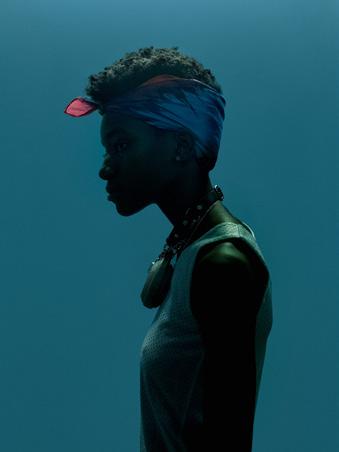
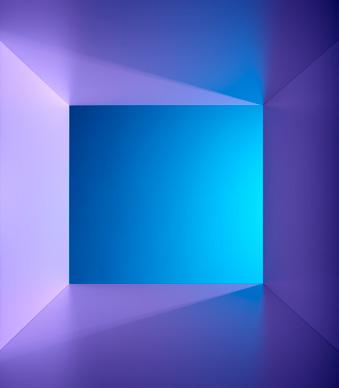

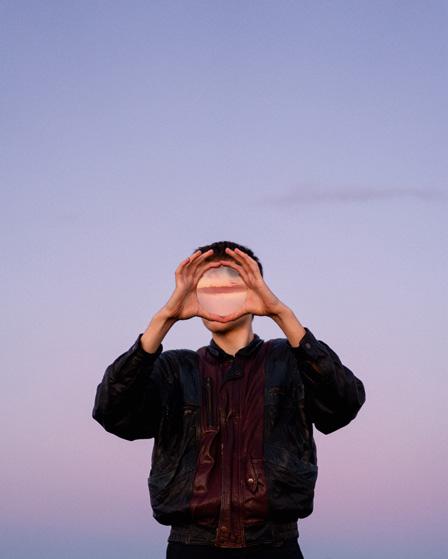


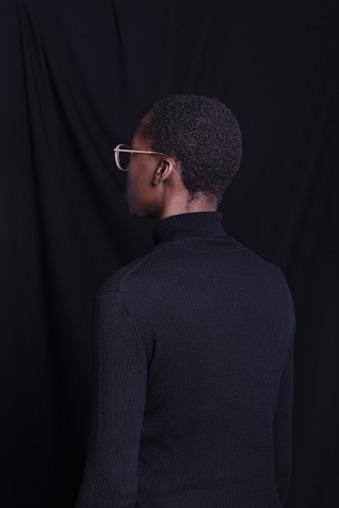

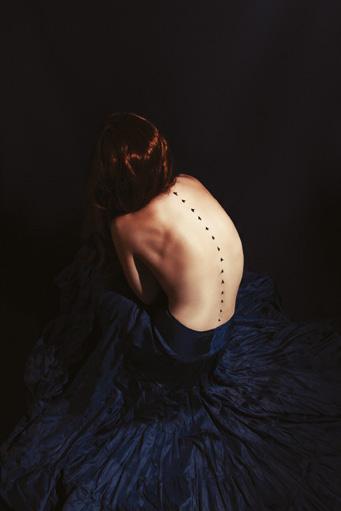

14 Aesthetica 112 72 44 54 96 78 60 30 106 90
16 News
Does the camera lie? Can art and science coexist? What is the state of photography today? These questions underpin this season's shows.
44 Beyond Ordinary
Senay Berhe finds beauty in the mundane, with works that emerge from an every day scenario – travelling to, or from, his home.
72 Echoed Memories
Do Ho Suh faithfully recreates past homes using translucent fabrics, taking over entire rooms with works that ripple with nostalgia.
96 Fictional Immersion
Ideas of beauty, desire, femininity, intimacy and melancholy are central to the creation of Patricia Pettitt's cinematic environments.
Reviews
124 Exhibitions
We are transported to teamLab's enthralling rooms in Tokyo, and come face-to-face with designs straight from science fiction at Vitra.
Books
133 The Latest Publications
Mous Lamrabat's photobook conjures a world of unwavering joy and love, whilst Mette Lange crafts buildings in harmony with the landscape.
Aesthetica Magazine is trade marked worldwide. © Aesthetica Magazine Ltd 2024.
ISSN 1743-2715.
All work is copyrighted to the author or artist.
All rights reserved. No part of this magazine may be used or reproduced without permission from the publisher.
Published by Cherie Federico and Dale Donley.
Aesthetica Magazine 21 New Street York, YO1 8RA, UK
Newstrade Distribution: Warners Group Publications plc.
Gallery & Specialist Distribution: Central Books.
Printed by Warners Midlands plc.

26 10 to See
From Atlanta to Berlin, London to Santander, we are shown how creatives are contributing to some of the largest global conversations.
54 Worlds Connected
Copenhagen Photo Festival 2024 unites lensbased artists around a theme of entanglement, visualising how different forms of life interact.
78 Dynamic Colour Play
A contemporary abstract photographer plays with the fact that different people will perceive light and colour combinations in various ways.
106 Truths Unearthed
Mackenzie Calle's groundbreaking project combines documentary with storytelling to scrutinise LGBTQ+ representation at NASA.
30 Traces of the Forest Temperate woodland covered as much as a fifth of the UK 10,000 years ago. Now, Joanna Vestey shares long exposure pictures of their remnants.
60 Fraction of a Second
In Neal Grundy's Fabric Forms series, every small movement matters. Each shot captures a singular moment in time that can never again be created.
90 Intake of Breath
A major new exhibition is dedicated to the act of breathing, revealing its political, environmental and spiritual significance via multimedia artwork.
112 Led by Narrative
Jonas Hafner excels in crafting a truly palpable sense of mood, with every one of his portraits evoking a different ambience, emotion or story.
129 Film
Fawzia Mirza is informed by Bollywood cinema, whilst Ramata-Toulaye Sy cites magical realism. Àma Gloria asks: what does it mean to be young?
Artists’ Directory
140 Featured Practitioners
A cross-section of today's art world, introducing talents across all media, from photography and painting to sculpture and everything in-between.
The Aesthetica Team: Editor: Cherie Federico
Creative Producer: Eleanor Sutherland
Junior Content Creator: Diana Bestwish Tetteh
Media Sales & Partnerships Manager: Megan Hobson
Artists’ Directory Manager: Katherine Smira
Production Director: Dale Donley
Operations Manager: Helen Osbond
Projects Administrator: Fruzsina Vida
Designer: Matt Glasby
Contributors:
Diana Bestwish Tetteh
Eleanor Sutherland
Iman Sultan
Vamika Sinha
Reviewers:
Anna Müller, Chloe Elliott, Diana Bestwish Tetteh, Eitan Orenstein, Grace England, James Mottram, Jennifer Sauer, Katie Tobin, Michael Piantini, Matt Swain, Patrick Gamble, Shirley Stevenson.
131 Music
We review Masaka Masaka's hypnotic release Barely Making Much, as well as Karin Ann's altpop debut and the raw new EP by Sophie May.
Last Words
146 Yelena Yemchuk
The artist speaks about photography within the context of Beyond Fashion at Saatchi Gallery, a show that rethinks the genre's trajectory to date.
Advertisement Enquiries: Megan Hobson (0044) (0)844 568 2001 advertising@aestheticamagazine.com
Artists’ Directory Enquiries: Katherine Smira directory@aestheticamagazine.com
Subscriptions: subscriptions@aestheticamagazine.com
General Enquiries: info@aestheticamagazine.com
Press Releases: pr@aestheticamagazine.com
Follow us: aestheticamagazine.com facebook.com/aestheticamagazine twitter.com/AestheticaMag pinterest.com/AestheticaMag instagram.com/AestheticaMag
Aesthetica 15 contents
Art
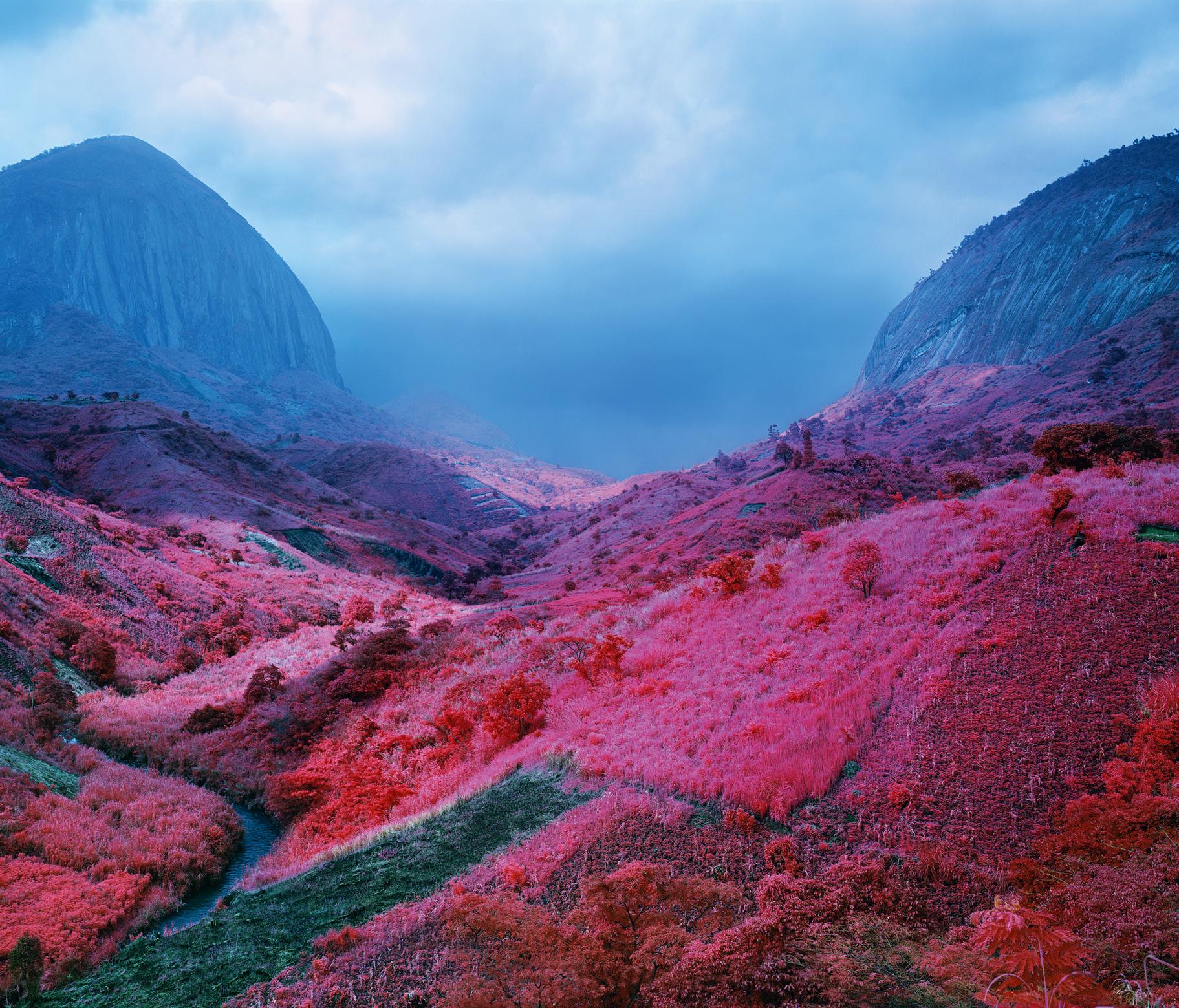
16 Aesthetica news Richard Mosse, Poison Glen, (detail) , (2012) © Richard Mosse.

Trust in Photographs
THE CAMERA NEVER LIES
Sainsbury Centre, Norwich | Until 20 October sainsburycentre.ac.uk
In November 1895, The Evening News published a story which read: “photographers will tell you that the camera cannot lie. This only proves that they can, for the dry plate can fib as badly as the canvas.” Penned almost 130 years ago, it is considered one of the earliest written records of something close to the phrase “the camera never lies,” words we still hear today. It stems from a perception that the lens captures facts – from summer holiday snapshots to newspaper spreads – much more accurately than any drawing, written or verbal account. But is this really the case? This question is at the heart of a provocative exhibition that includes 100 works by masters of the medium, from Dorothea Lange’s (1895-1965) bleak records of the Great Depression to Richard Mosse’s (b. 1980) infrared shots of the Amazon. Each piece has a story to tell about the power of photography to influence – and distort – our interpretation of major global events. One such image that has long sparked heated debate is Robert Capa’s (1913-1954) The Falling Solider (1936), which freezes the tragic moment a man was killed during the Spanish Civil War. Today, we are generally aware that pictures are very different from lived reality. Instagram and TikTok filters, Photoshop and Facetune are commonplace. There are the ever-mounting problems raised by generative AI, where believable pictures are easy to forge. This exhibition speaks to our times and shows, as Director Dr Jago Cooper reflects, “the photograph is now synonymous with memory." All in all, it reiterates that, more than ever, we should question the trust we place in subjective technologies.
Aesthetica 17
Visual Resistance
Tate Modern, London | Until 26 January tate.org.uk
Zanele Muholi's (b. 1972) eyes meet yours. The visual activist clutches a chain of airbags whilst lying nude on a blanket. Behind them are endless stacks of newspapers that reach up beyond the bounds of the frame. It’s an intimate self-portrait that is filled with confidence and strength; the subject is fully aware of the camera and also in complete control of what we see. Julie I, Parktown, Johannesburg (2016) is part of the ongoing Somnyama Ngonyama series, which Muholi began in 2012 as “a statement of self-presentation through portraiture." Here, the artist reclaims Blackness in stylised compositions that draw attention to their identity. Moreover, the scenes speak to key events in South African history, from the infamy of Larry Scully’s (1922-2002) The Black Madonna to the 2012 massacre in Marikana, where police opened fire during a strike, shooting 34 dead. The image-maker has devoted a career to resisting oppression. They rose to prominence in the early 2000s whilst highlighting the stories of Black LGBTQIA+ people in their home country. Survivors of “curative” rape and hate crimes were shown in Only Half the Picture (2002-2006), the collection which was central to their first solo exhibition in 2004. Now, 20 years after this poignant debut, Muholi shares the scope of their practice in a major retrospective in London. The self-titled show at Tate Modern will feature more than 300 pieces, spanning work from the early 2000s up to Somnayama Ngonyama’s newest additions. It’s a testament to two decades of showing harrowing realities of discrimination, and to the power of speaking up and pushing back.
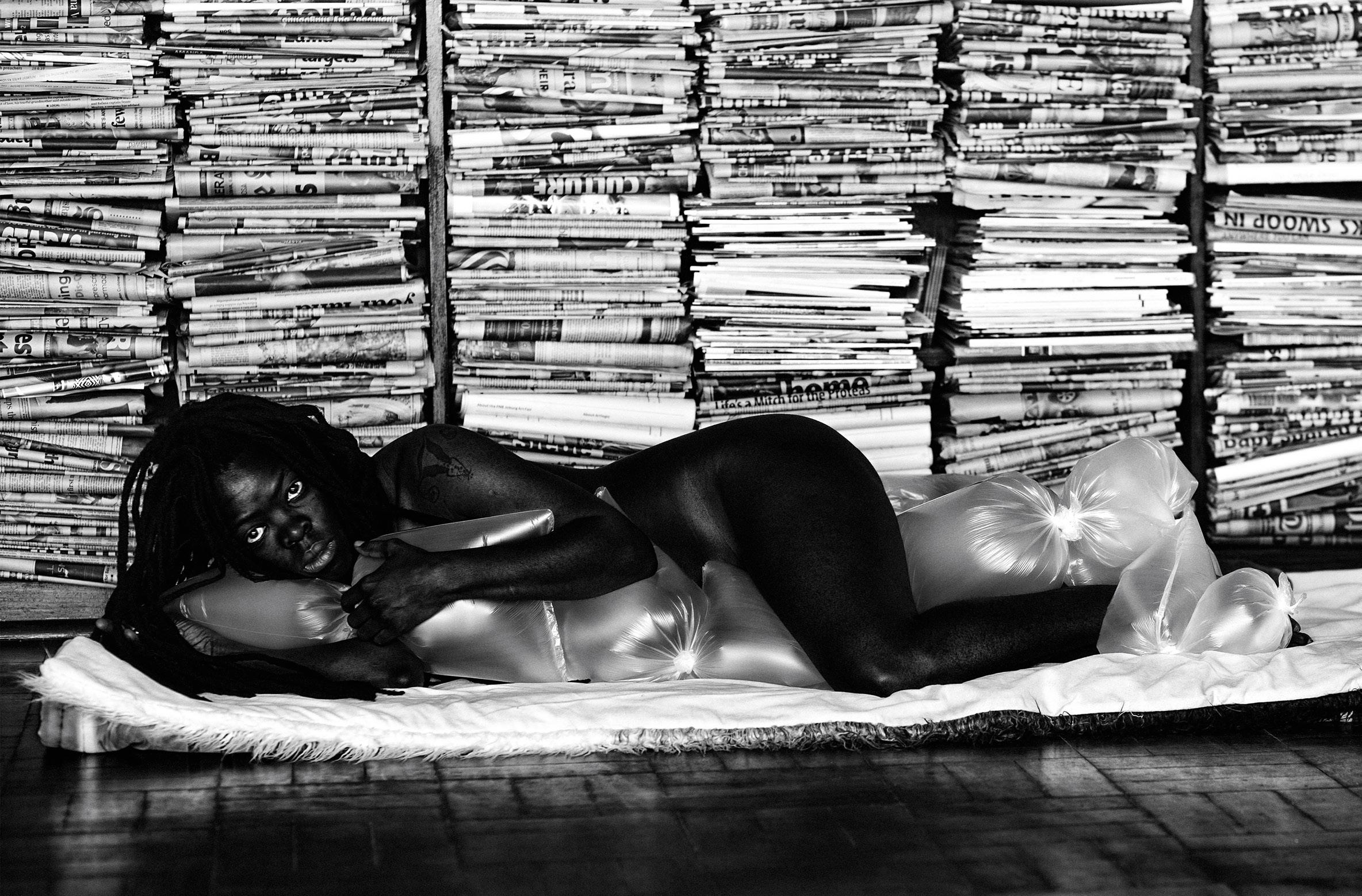
18 Aesthetica
news
ZANELE MUHOLI

Aesthetica 19
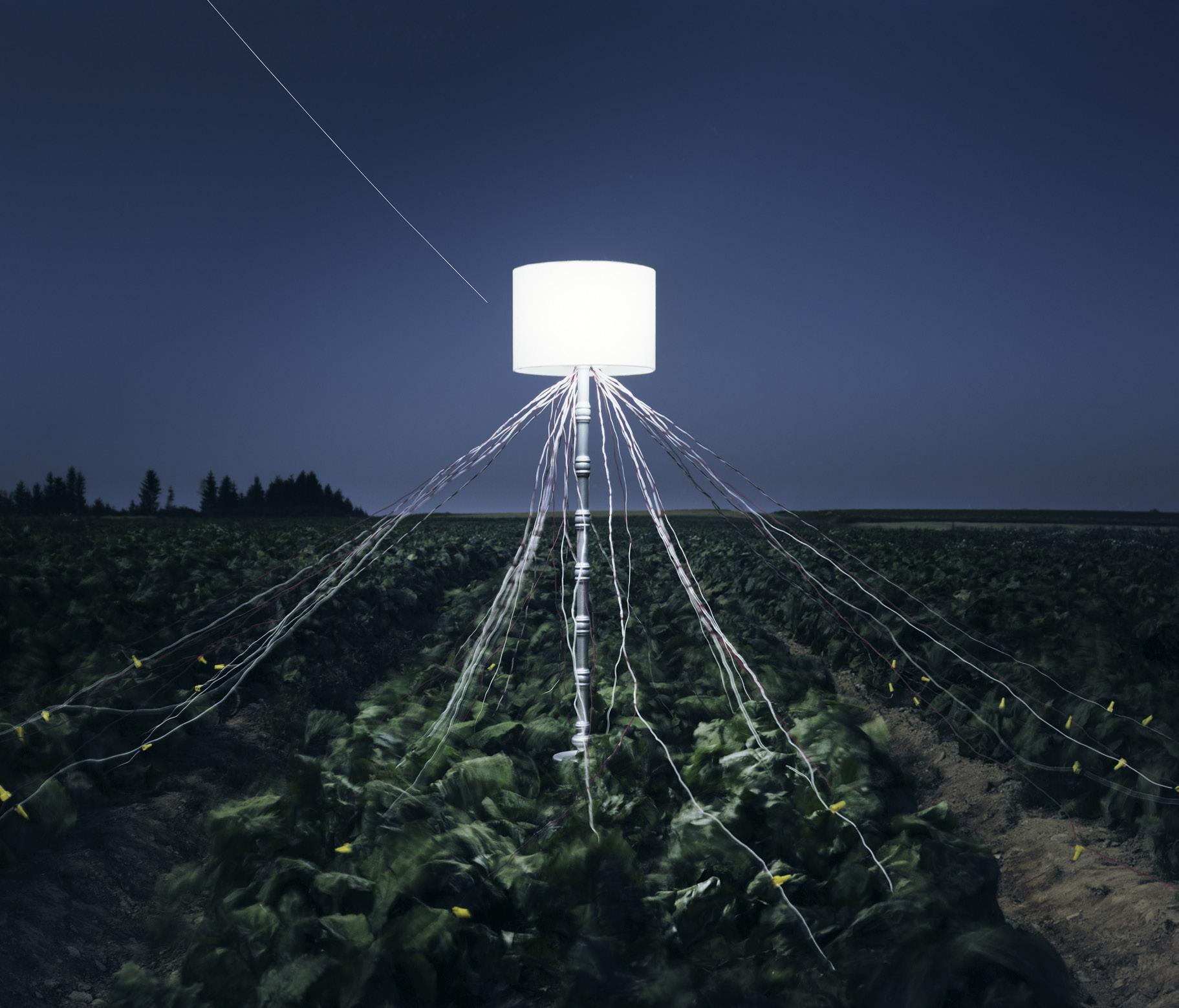
20 Aesthetica news Caleb Charland, Beet Field Battery , Archival Digital Print, © Caleb Charland, Courtesy of East Wing/Doha.

Organic Viewpoint
IMAGINE ANOTHER PERSPECTIVE
Alfred Ehrhardt Fdn, Berlin | 13 July - 8 September aestiftung.de
Wiry tendrils extend from the base of a lamp. It is planted in the middle of a field amongst countless rows of leafy crops. Like an otherwordly being, it stands tall amongst the greenery yet exudes a radiance we’re not used to seeing in a farmland setting. This beacon pulls us into the centre of the composition and brightens the night-time sky with an alluring, ethereal glow. Caleb Charland’s (b. 1980) piece, Beet Field Battery (2013), comes from his Back to Light series. The project developed out of a fascination with "the potato battery," a classic school science experiment whereby students would generate an electrical current using only a galvanised nail, copper wire and the humble root vegetable. He builds on this concept by looking for energy sources elsewhere in nature – from beetroots to lemons and limes. In Fruit Battery Solar System (2014), Charland arranges these organic components in concentric rings to power a white star in the centre of the floor. Scientific curiosity lies at its core. Charland is part of Imagine Another Perspective, a group show that includes the internationally recognised artist Mandy Barker. She is known for her arresting images of the plastic waste polluting our oceans, collected from beaches and arranged against stark black backgrounds. They are unsettlingly beautiful. Moreover, the underwater world is the subject of Maija Tammi's contribution to the display; she explores the life cycle of a fascinating – and "biologically immortal" – organism called Hydra vulgaris. These arresting projects join vital interdisciplinary conversations about what it takes to build a sustainable future for all species.
Aesthetica 21
Affecting Landscapes
WIDENING THE LENS
Carnegie Museum, Pittsburgh | Until 12 January carnegieart.org
Edward Steichen’s Moonlight: The Pond (1904) is considered a masterpiece of early landscape photography. It’s a dreamy, impressionistic photograph and a classic example of pictorialism. Some argue it sparked the evolution of the genre, as we know it today, which spans everything from high resolution drone imagery to smartphone snapshots and multidisciplinary collages. This exhibition emerges over 100 years since Moonlight was first developed. It demonstrates how cameras have dramatically altered our access to, and understanding of, the natural world. Selected works push beyond “point-and-click” depictions of forests, lakes and mountains, instead favouring images that ripple with meaning. Questions of colonial legacies, memory and environmental anxiety are addressed by a range of lens-based artists, many of whom foreground overlooked stories in the process. For example, Victoria Sambunaris creates large-scale photographs at the intersection of organic and manmade; her subjects are freight trains, motorcyclists and power plants. Xaviera Simmons, meanwhile, uses archival materials to trace threads of American history over several hundreds of years – starting from excerpts of Christopher Columbus’ diary right through to the Antebellum South, Jim Crow era and Civil Rights Movement. Elsewhere, we see Justine Kurland's pictures of girlhood – cinematic, escapist pictures of young women and teenagers exploring wilderness. This exhibition is an opportunity for photography lovers to stop, look back and consider how far the genre has come. Crucially, it presents cameras as potent tools for change.

22 Aesthetica
news

Aesthetica 23 Xaviera Simmons American, born 1974, Sundown (Number 2 ), (2018). Inkjet print H: 38 in. x W: 60 in. (96.52 x 152.40 cm) Carnegie Museum of Art, Pittsburgh: WTL.2024.024
© Xaviera Simmons. Courtesy of the artist and David Castillo.
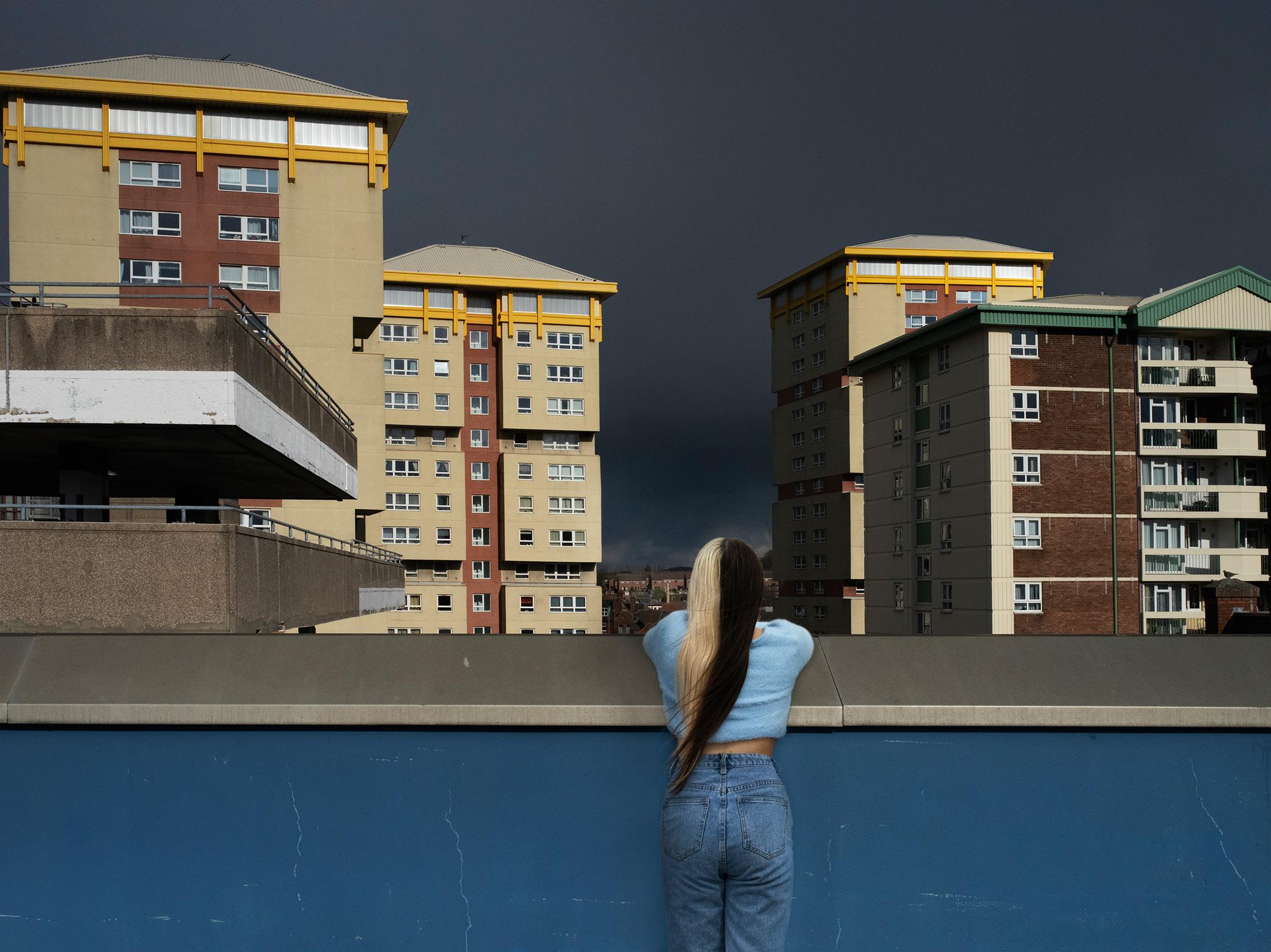
24 Aesthetica news Hannah Starkey. Kirkgate Towers, (2022), Framed c-type print mounted to aluminium, 122 x 163 cm © Hannah Starkey, courtesy Maureen Paley, London.

Being Observed
HANNAH STARKEY
Maureen Paley, London |Until 14 July maureenpaley.com
"You are your own voyeur” is a quote from Margaret Atwood's novel The Robber Bride (1993). In the text, the Booker Prizewinning author suggests that the male gaze is ever-present, inescapable and even ingrained into how women see themselves. The idea of a "female-identifying gaze" underpins the work of award-winning British photographer Hannah Starkey (b. 1971), who says: "You are very aware as a girl that you are expected to perform for the eye. We’re conditioned to the point where we even observe ourselves being observed.” This needs to change. But how do we break free from objectifying scrutiny? Starkey declares this is possible by showing us that “there is more to being female than being seen.” Her images highlight moments of self-reflection and interaction that challenge the portrayals we are used to seeing on movie screens and social media adverts. Subjects admire one another in bathroom mirrors, browse shopping malls together and look, pensively, towards tower blocks. Starkey's work is rooted in collaboration. Each person in these carefully staged scenes is an active participant. The photographer values their approval on every part of the shoot, from composition to pose. Now, she presents her eighth solo exhibition at Maureen Paley, London. It follows a recent major solo show at The Hepworth, Wakefield, and highlights the crucial mission of Starkey’s art: demonstrating that women have agency over their own representation and, more importantly, how they see themselves It's a masterclass on "women depicting women," offering refreshingly authentic scenes to which viewers will surely relate.
Aesthetica 25
10 to See
RECOMMENDED EXHIBITIONS THIS SEASON
This month's top picks, opening across the UK, USA and Europe, are about contrasts. They address the balance between light and darkness; nature and technology; freedom and op pression. We're shown how artists are contributing to some of the largest global conversations.
1Cao Fei Lenbachhaus, Munich | Until 8 September lenbachhaus.de
The term “post-digital” was coined in the early 2000s and refers to art that engages with technology's impact on daily life. Cao Fei is a proponent, having grown up in an area of China that was a hotspot of rapid economic growth, urban development, pop culture, computer games and electronics. Fei illustrates how humans are adapting to a newly hyper-connected reality, navigating its physical and psychological effects. The artist “visits” virtual worlds via avatars, making works steeped in melancholy, humour, utopia, dystopia, beauty and horror.
2 Solid Light
Tate Modern, London | From 27 June tate.org.uk
In 1973, Anthony McCall produced the seminal piece Line Describing a Cone rules of cinema, inviting audiences to turn around and face the source of the picture – the light from a film projector – rather than the screen. Across 30 minutes, the outline of a circle was slowly drawn on a wall behind them. Now, London is the place to see four of McCall’s “solid light” installations alongside early experiments and a more recent project realised with mirrors. It offers viewers an immersive and interactive encounter with groundbreaking artwork.
3Biophilia
Denver Art Museum | Until 11 August denverartmuseum.org
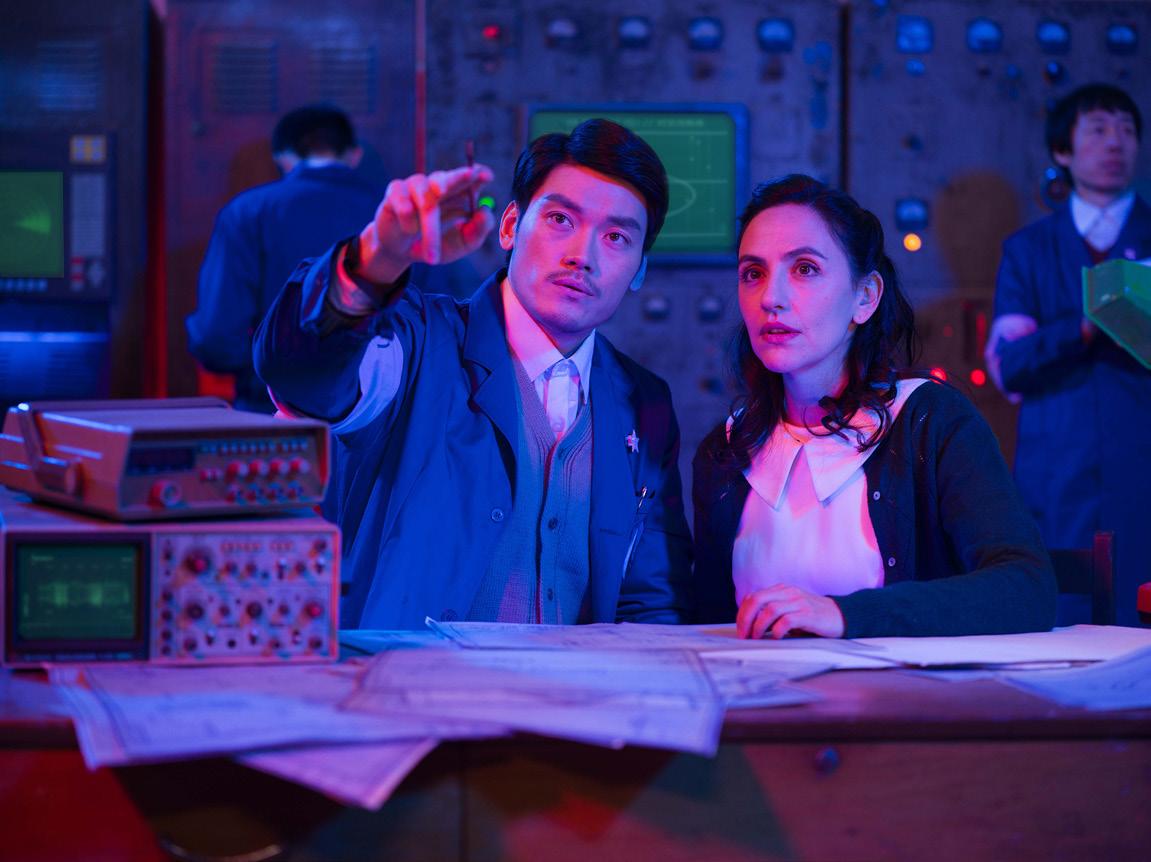
American author and biologist Edward O. Wilson popularised the term "biophilia" when he used it to describe the theory that, as humans have evolved as a species, they have remained intertwined with the organic world. This exhibition applies Wilson's idea to the present-day – a time which often feels far removed from nature – showing 80 works by the likes of designer Iris van Herpen, who blurs fashion and technology; Studio Gang, whose buildings are recognised for their sustainability; as well as immersive art pioneers like teamLab and DRIFT.
4
Rewilding
Kunsthaus Baselland | Until 18 August kunsthausbaselland.ch
“Rewilding” is a conservation approach that foregrounds natural processes and allows plants and animals to return to their habitats. For curator Ines Goldbach, however, the term takes on a dual meaning: referring not only to the environment but also to Kunsthaus Baselland, which is reopening in a former Dreispitz warehouse. It’s a “rebirth” of sorts, with an inaugural display addressing our responsibility towards living beings of all kinds. Joan Jonas, Monira Al Qadiri and Pipilotti Rist are amongst those standing up against social and climate injustices.
5T here Is Light Somewhere Hayward Gallery, London | From 18 June southbankcentre.co.uk
Unsung trailblazers. Lost cultural connections. Histories of bias. These are the key tenets of Tavares Strachan’s first mid-career survey. The New York-based Bahamian artist presents monumental new sculptural commissions alongside striking large-scale collages, neon works, bronzes, ceramics and mixed-media. His multidisciplinary work tells stories of erasure and remembrance, uncovering legacies of colonialism whilst tapping into the universal desire for belonging. The result is a hopeful and powerful experience about discovery and recovery.
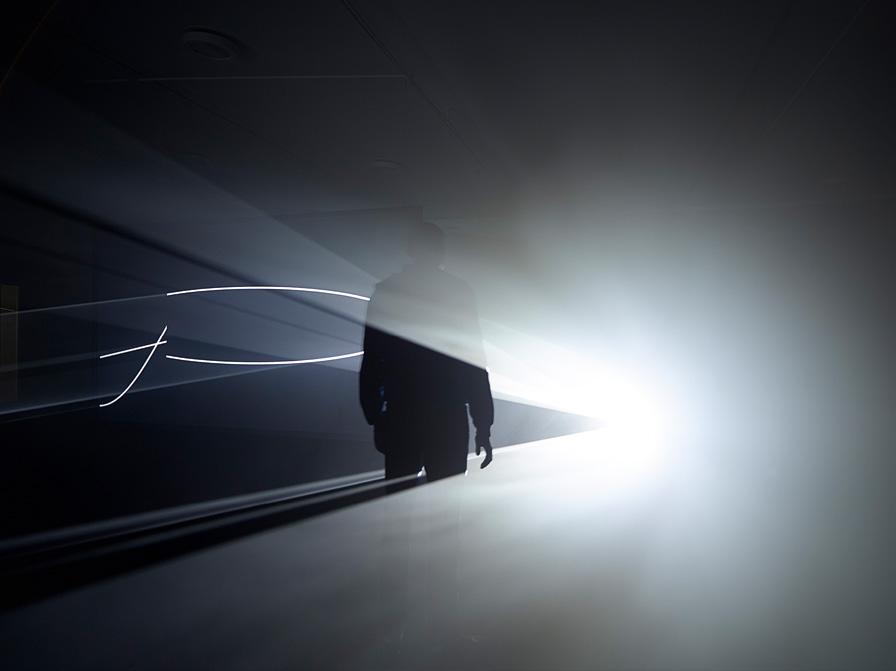
26 Aesthetica art
1 2





Aesthetica 27 5 4 3
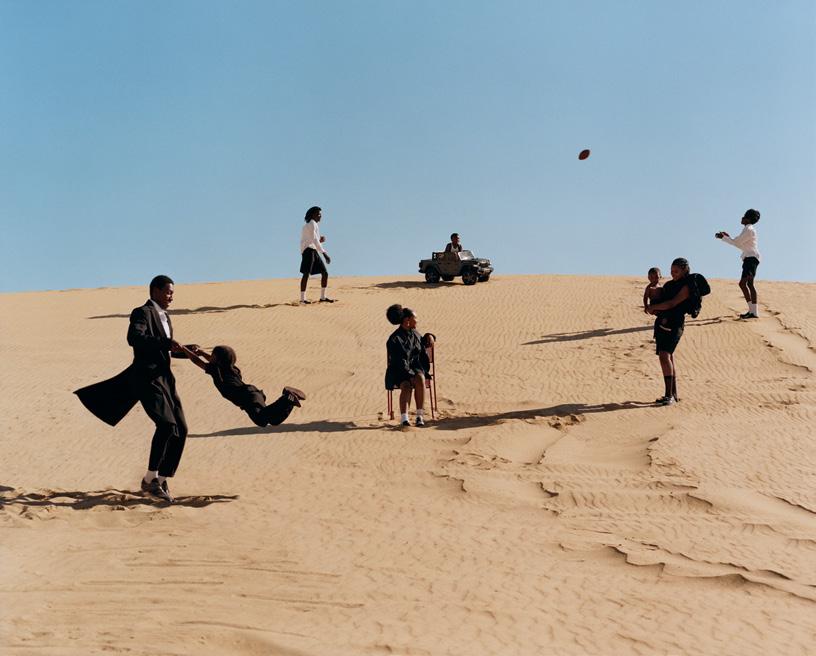
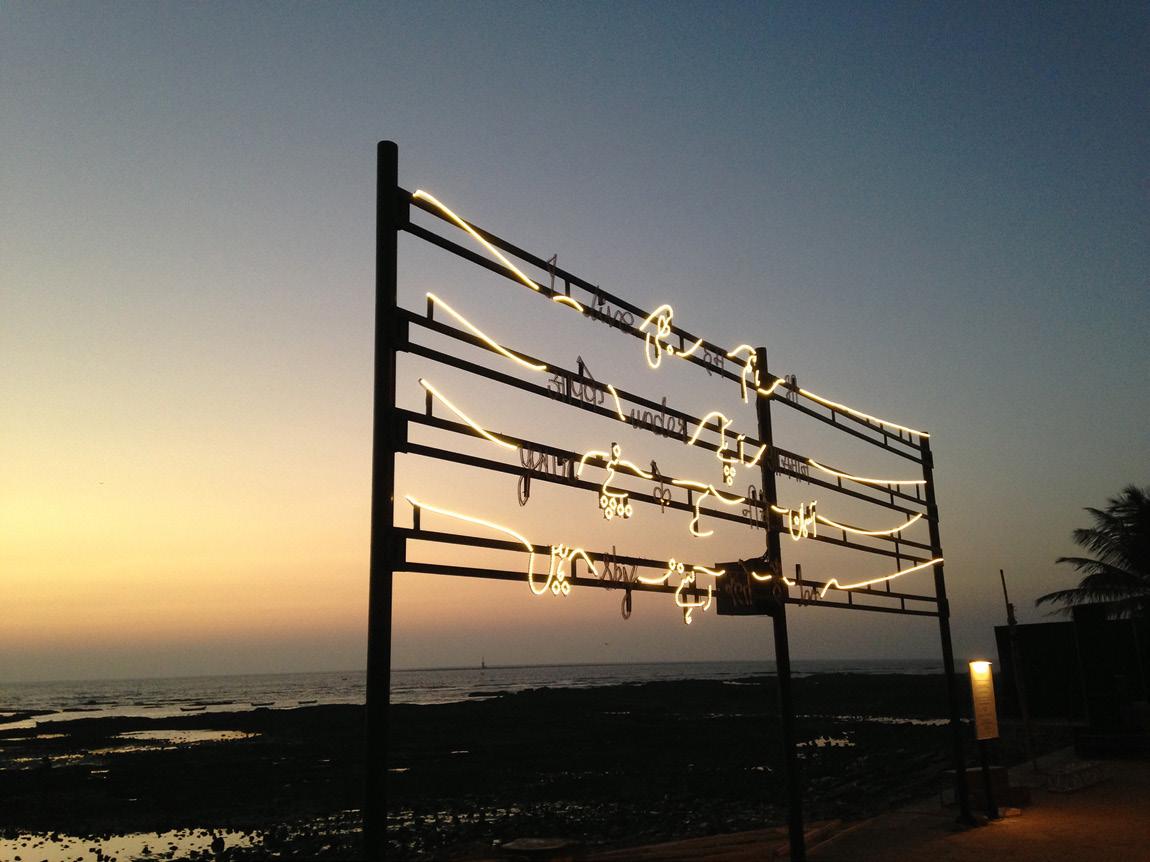

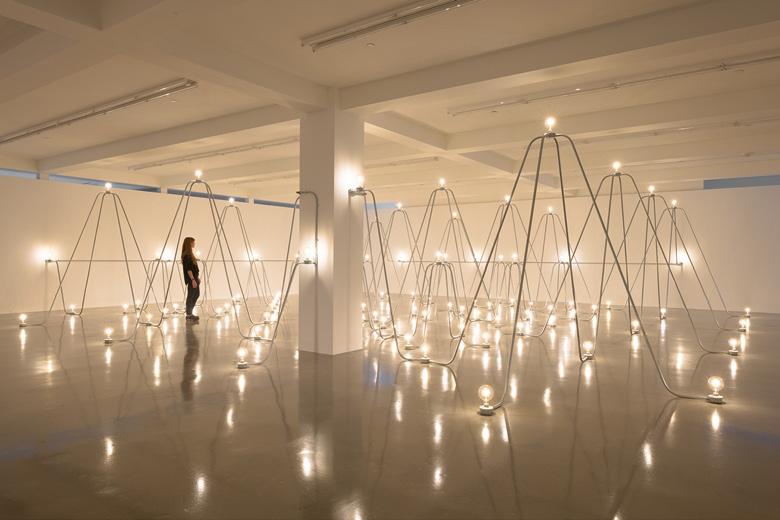

28 Aesthetica 6 7 10 9 8



6I Live Under Your Sky Too
Centro Botín, Santander | Until 8 September centrobotin.org
Listening and reclamation are at the heart of Shilpa Gupta's show. Suspended microphones relay songs from historically oppressed communities, like Bella Ciao, first performed by 1940s Italian rice weeders and later taken up by protestors in New Delhi in 2020. Meanwhile, We Shall Overcome journeyed through South Carolina during the Civil Rights Movement, before landing in Beijing's Tiananmen Square. Hum Dekhenge, penned in Pakistan, echoes on Indian university campuses. Here, Gupta uplifts voices which have been muted due to censure.
7
L eaving Ukraine
Foundling Museum, London | Until 1 September foundlingmuseum.org.uk
On 24 February 2022, Russia's invasion of Ukraine displaced thousands, with women and children unexpectedly scattered across Europe. Amongst them are those in Polly Braden’s portraits. Here, we meet three schoolmates forging new lives, as well as a young graduate making a fresh start as a lawyer in London. There's a mother whose baby was born shortly after her escape from Kherson to Warsaw, and two friends who fled to Moldova with help from a kickboxing club. Their relationships endure, and, as the conflict continues, so do their stories.
8Idyllic Space
High Museum of Art, Atlanta | From 21 June high.org
Tyler Mitchell – who became the first Black artist to shoot the cover of Vogue in 2018 – was born in Atlanta, Georgia. This homecoming foregrounds his signature blend of fashion and fine art whilst introducing recent sculptures that centre Black self-determination and empowerment. Authenticity is key to understanding Mitchell’s oeuvre; he is dedicated to creating realistic, affirmative images of people enjoying leisure, play and recreation. It’s a refreshing approach to a genre often associated with a stereotypically narrow look and feel.
9C ircles of Light
Gropius Bau, Berlin | Until 21 July berlinerfestspiele.de
“Over the years, technical systems have become essential to our daily lives, but they are usually hidden behind walls or underground … It is difficult to admit that we are almost entirely dependent on them.” For five decades, land art pioneer Nancy Holt studied how human beings relate to the Earth. This retrospective challenges us to look beyond what we think we know, considering everything from astronomy to electrical currents. Perhaps most famous is Holt’s Sun Tunnels – a huge earthwork in the Great Basin Desert that frames the sun.
1
0
PHotoEspaña 2024
Various Locations, Spain | Until 29 September phe.es
The international photography festival PHotoEspaña returns with the theme Perpetuum mobile. This year, more than 80 exhibitions take place across Barcelona, Cartagena, Madrid, Santander, Valladolid and beyond. They all centre around “movement,” with a goal to highlight the “dynamic, fluid and constantly transforming” nature of photography. Audiences can expect work by legendary names like Candida Höfer, David Goldblatt, Erwin Olaf and Paz Errázuriz alongside up-and-coming talents including Cristóbal Ascencio and Widline Cadet.
1. Cao Fei, Nova 11, (2019), Fotografie / Photograph, Digitaldruck auf Papier / Inkjet on paper, 110 x 150 cm © Cao Fei 2024, Courtesy Sprüth Magers and Vitamin Creative Space. 2 . Anthony McCall, Solid Light Films and Other Works , (1971 - 2014). Installation view Eye Film Museum, Amsterdam, (2014). Photo by Hans Wilschut. Courtesy of the artist and Sprüth Magers Gallery. 3. DRIFT, Meadow, (2017). Site - specific kinetic sculpture; variable dimensions. © 2023 DRIFT. Represented by PACE Gallery. Photograph by Oriol Tarridas, courtesy of Superblue Miami. 4. Piero Golia, Untitled (Lightning), (2020). Frame from 35mm film. Courtesy the Artist and Gagosian. 5. Tavares Strachan, You Belong Here , Prospect.3, New Orleans, (2014). (Installation view from Prospect 3 Biennale, New Orleans, LA). Blocked out neon travelling installation on the Mississippi River. 30 ft x 80 ft on 100-ft barge. Courtesy of the artist, photo & video by Joe Vincent Grey . 6. Shilpa Gupta, I live under under your sky too (2004-ongoing). Courtesy the artist and Centro Botin. 7. Polly Braden, Yulia, 16, in Byala, Bulgaria, the day before the family packed up to drive to Warsaw June 2022 © Polly Braden. 8. Tyler Mitchell (American, born 1995), Albany, Georgia, 2021, archival print, courtesy of the artist. © Tyler Mitchell. 9. Nancy Holt, Electrical System , (1982), installation view: Nancy Holt: Locating Perception Gropius Bau, (2024) © Holt/Smithson Foundation, VG Bild-Kunst, Bonn 2023.
Luis Kürschner. 10. Miguel Soler Roig, from En el ombligo de la luna Ayahuitl Auakuautlan (Niebla en la Selva ). Courtesy the artist.
Aesthetica 29
Photo:
Traces of the Forest
Joanna Vestey
“Few people know that Britain was once a rainforest nation,” says Oxford-based photographer Joanna Vestey (b. 1972). At the end of the last Ice Age, 10,000 years ago, temperate woodland covered as much as a fifth of the UK. Vestey’s latest series unfolds amongst the fragments of these majestic places. It is made using an analogue 5x4 camera, which relies on extremely long exposures. The shortest picture took two hours to capture, and the final collection will span three days and two nights in total. “To leave the shutter open for such long periods is to give in to what the forests and the elements offer up. I must resist the urge to impose my vision, or to seek out order and structure. Instead, I find myself marvelling at their wayward entanglement.” The images are awash with wind blurs, sun bursts and water droplets – traces of time passing. What happens when we bathe analogue film sheets in the environment for hours at a time? Old-growth trees will make their mark. joannavestey.com
30 Aesthetica art
From 3 Days | 2 Nights
Joanna Vestey, Borrowdale Woods, Lake District, England (2023).
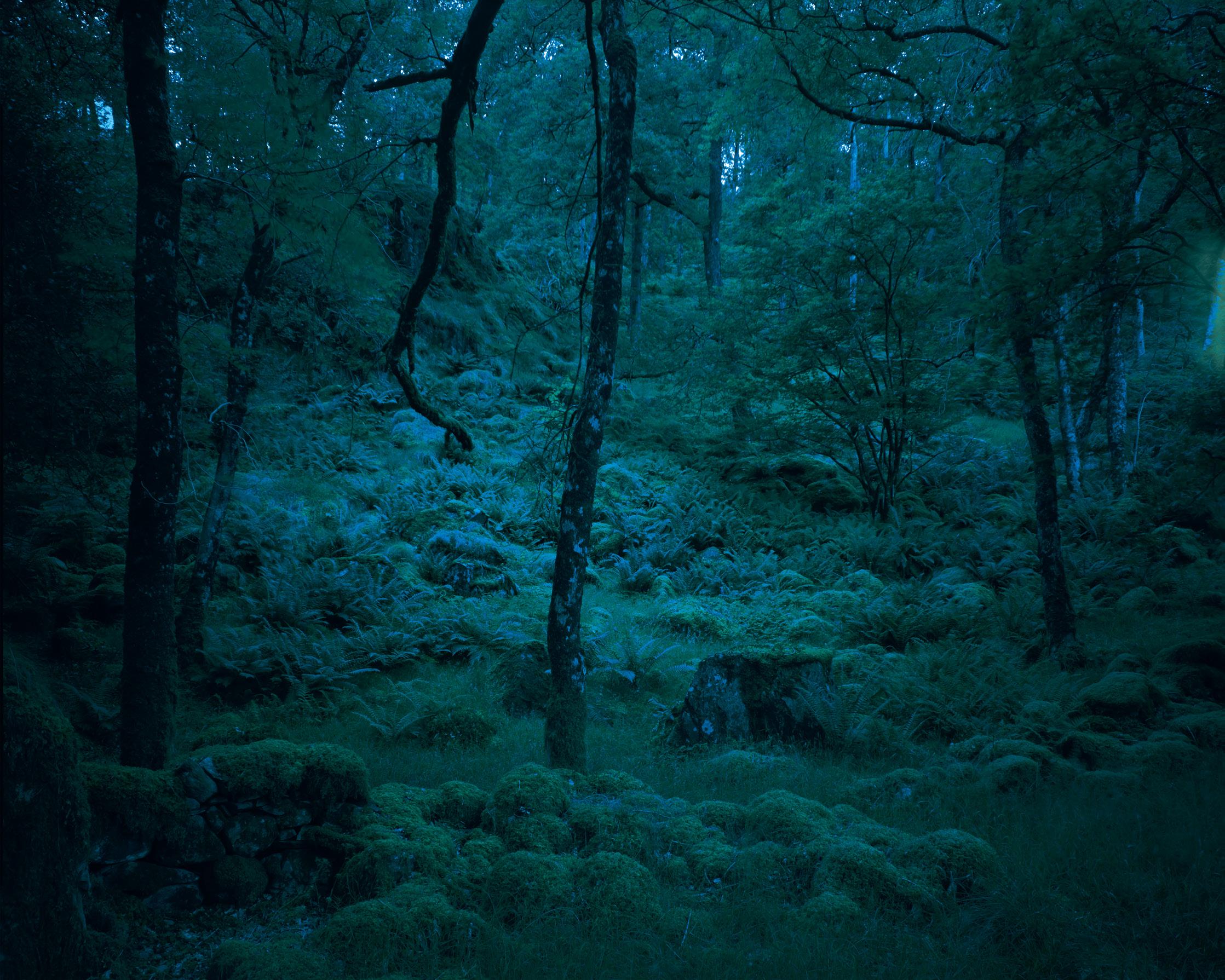

32 Aesthetica

Aesthetica 33
Joanna Vestey, Wistmans Wood, Devon, England (2023). From 3 Days | 2 Nights
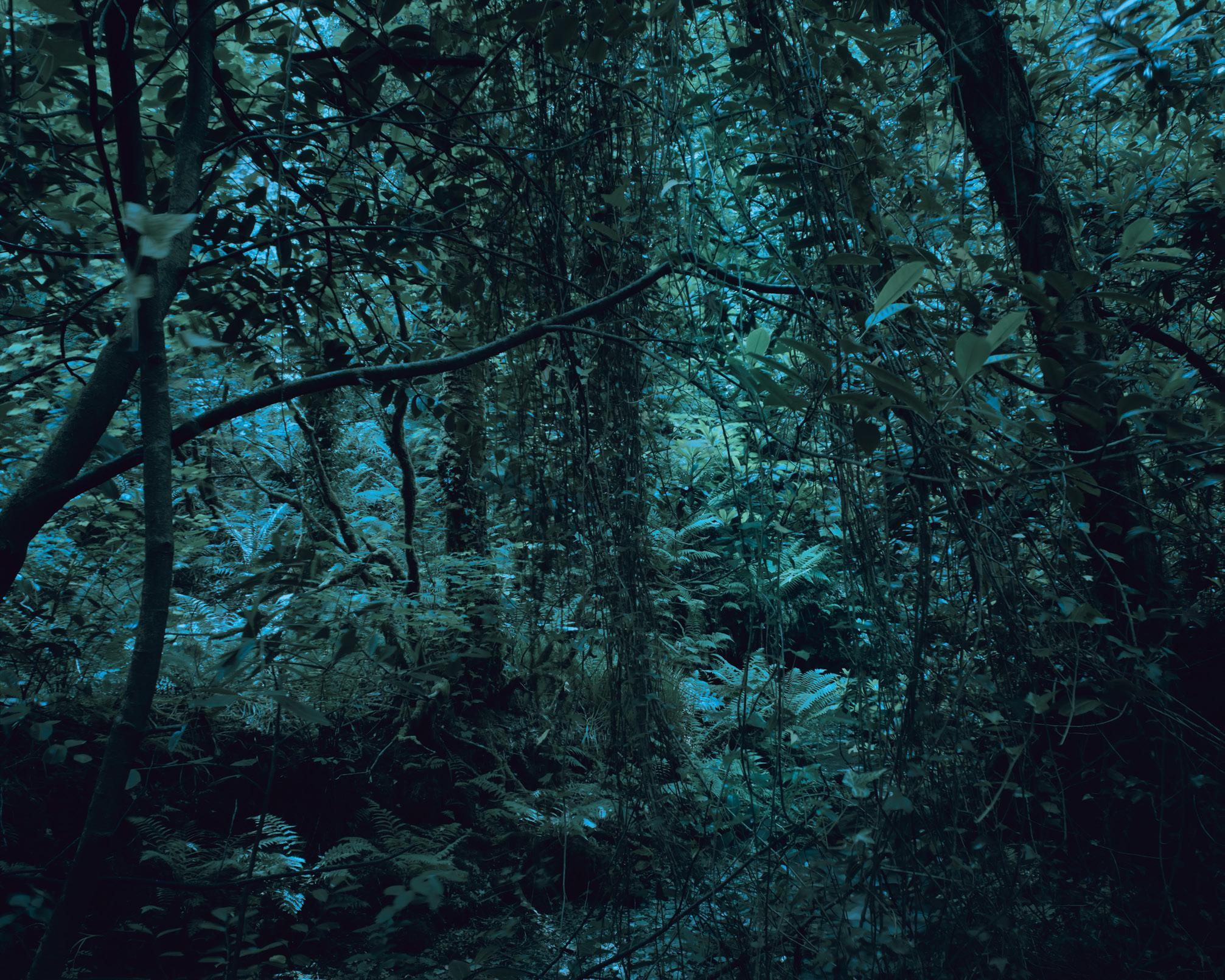
34 Aesthetica
Joanna Vestey, St Nektons Glen, Cornwall, England (2023).
From 3 Days 2 Nights

Aesthetica 35
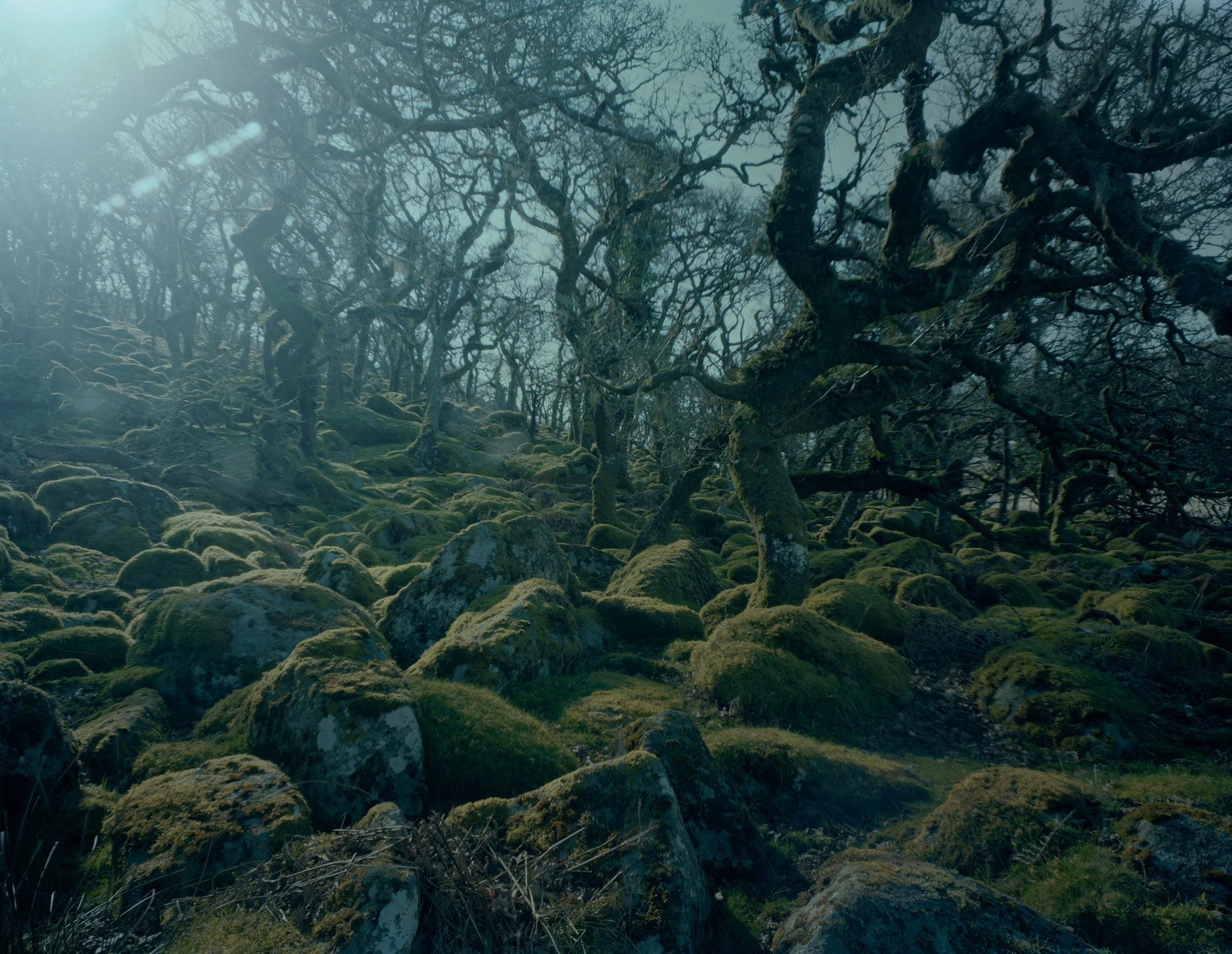
36 Aesthetica

Aesthetica 37
Joanna Vestey, Black a Thor, Devon, England (2023). From 3 Days | 2 Nights
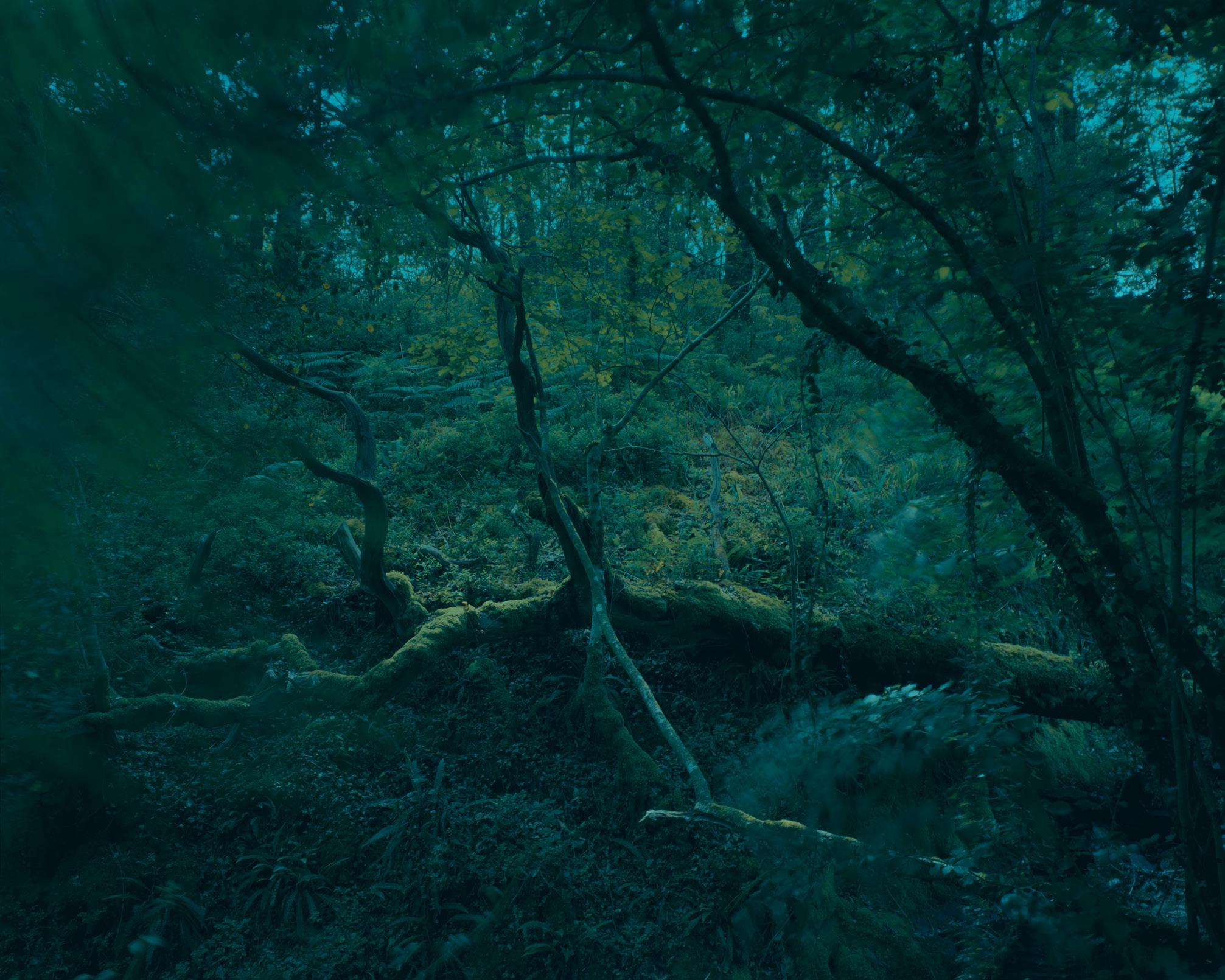
38 Aesthetica
Joanna Vestey, Llyn Mair, Snowdonia, Wales (2023). From 3 Days 2 Nights

Aesthetica 39
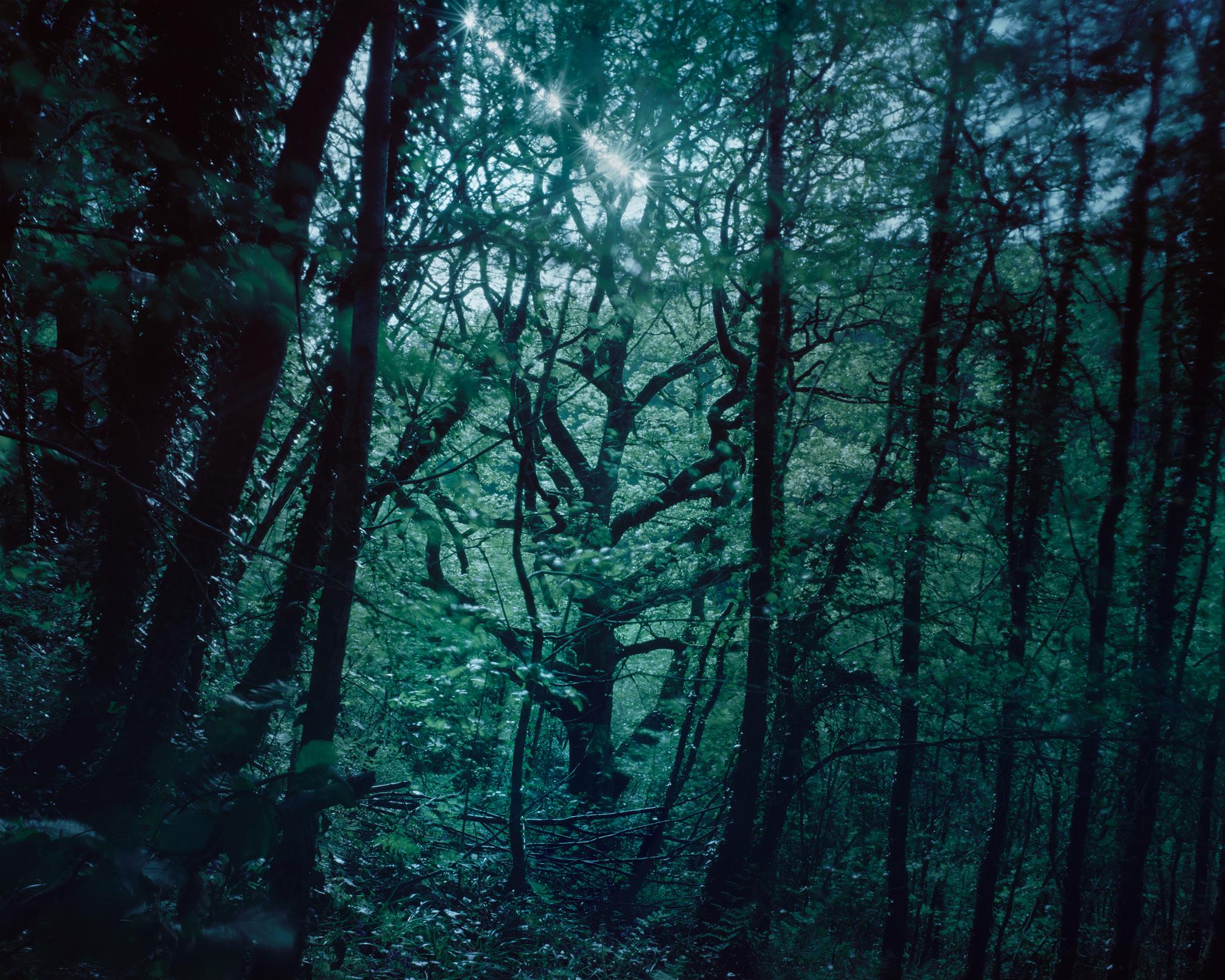
40 Aesthetica

Aesthetica 41
Joanna Vestey, Pontneddfechan, Powys, Wales (2023). From 3 Days | 2 Nights

42 Aesthetica
Joanna Vestey, Cabilla, Cornwall, England, Wales (2023). From 3 Days 2 Nights

Aesthetica 43
Beyond Ordinary
Senay Berhe
Photographers are often characterised by a talent for finding “the beauty in the mundane.” They are adept at picking out significant details from the messiness of everyday life, zooming in on things that might otherwise go unnoticed amidst the hustle and bustle. It’s this idea that guides self-taught filmmaker and artist Senay Berhe (b. 1979). Many of his works have emerged from simple settings – taken on the way to, or from, his home in Stockholm. Lampposts glow against deep red skies. Window blinds – cropped in close – form geometric shapes against the clouds. These are quiet and unassuming scenarios, where even telephone poles are given close attention. Berhe’s portraits, the subject of a recent show at Fotografiska, depict people looking off into the distance, illuminated by lights beyond the frame. You’re encouraged to ponder on what they are thinking. Berhe’s goal is for viewers to identify with the images; he wants us to see something of own lives within the compositions. senay.se
44 Aesthetica art
Image courtesy Senay Berhe.
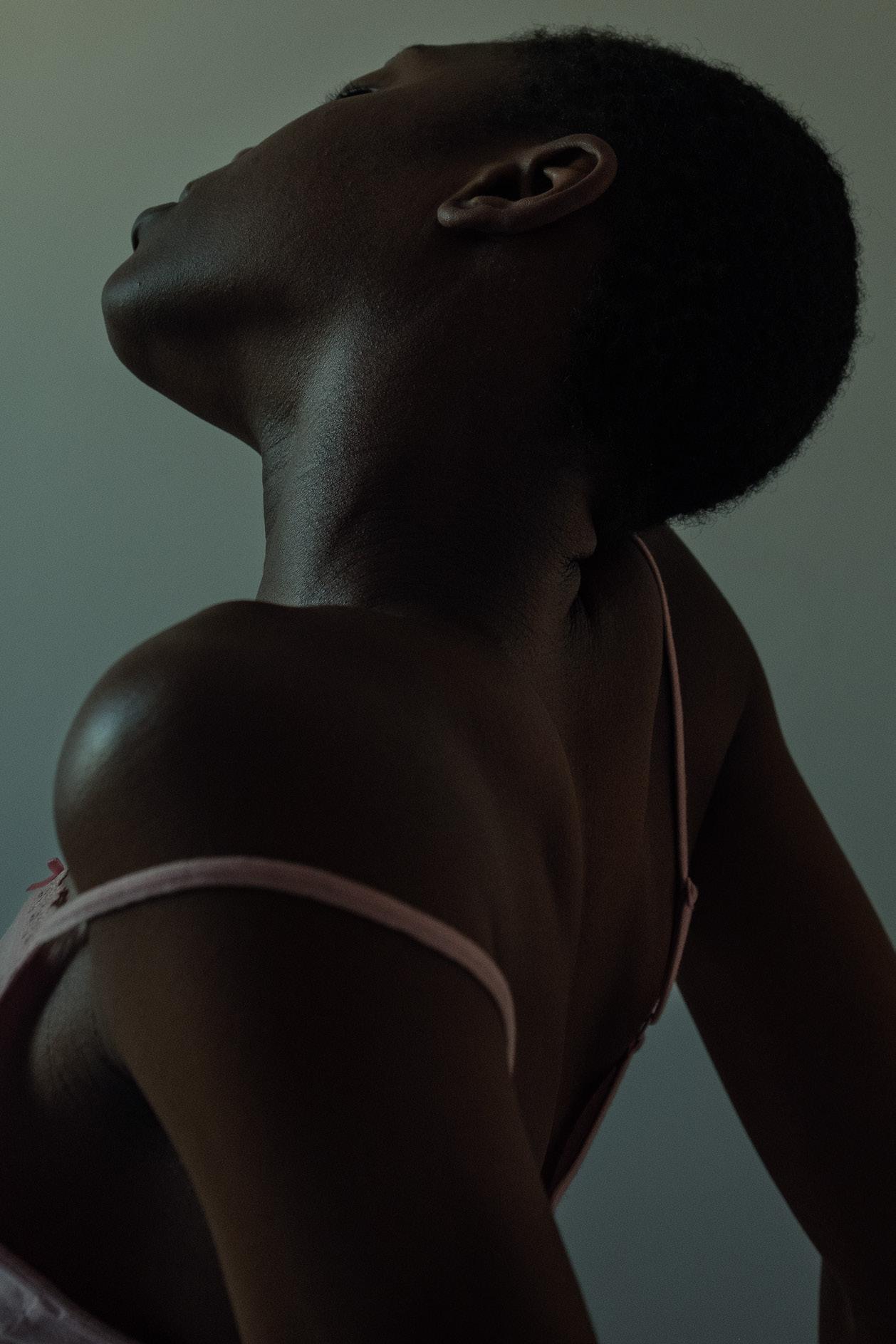

46 Aesthetica
Image courtesy Senay Berhe..

Aesthetica 47
Image courtesy Senay Berhe..
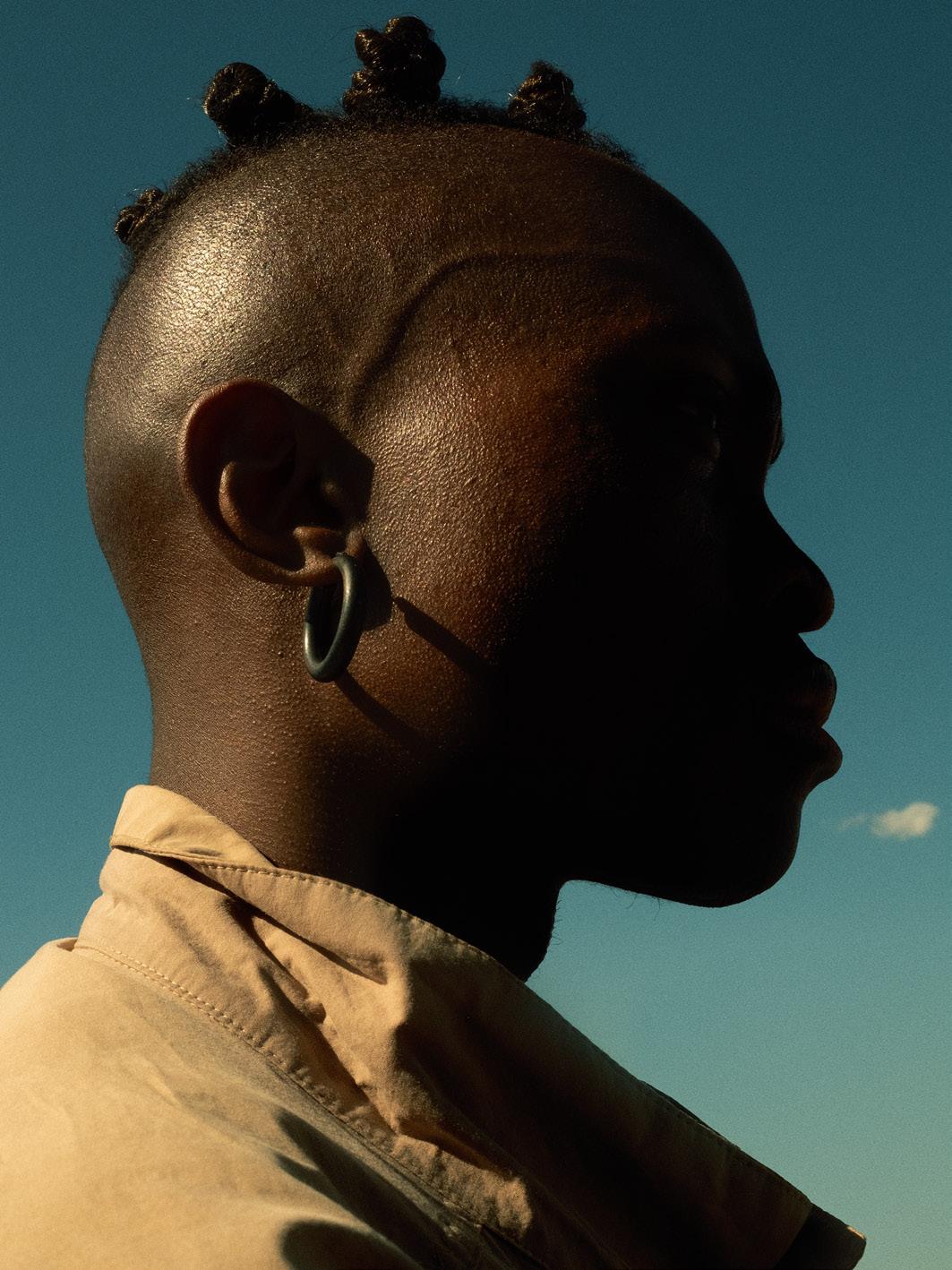
48 Aesthetica
Image courtesy Senay Berhe.
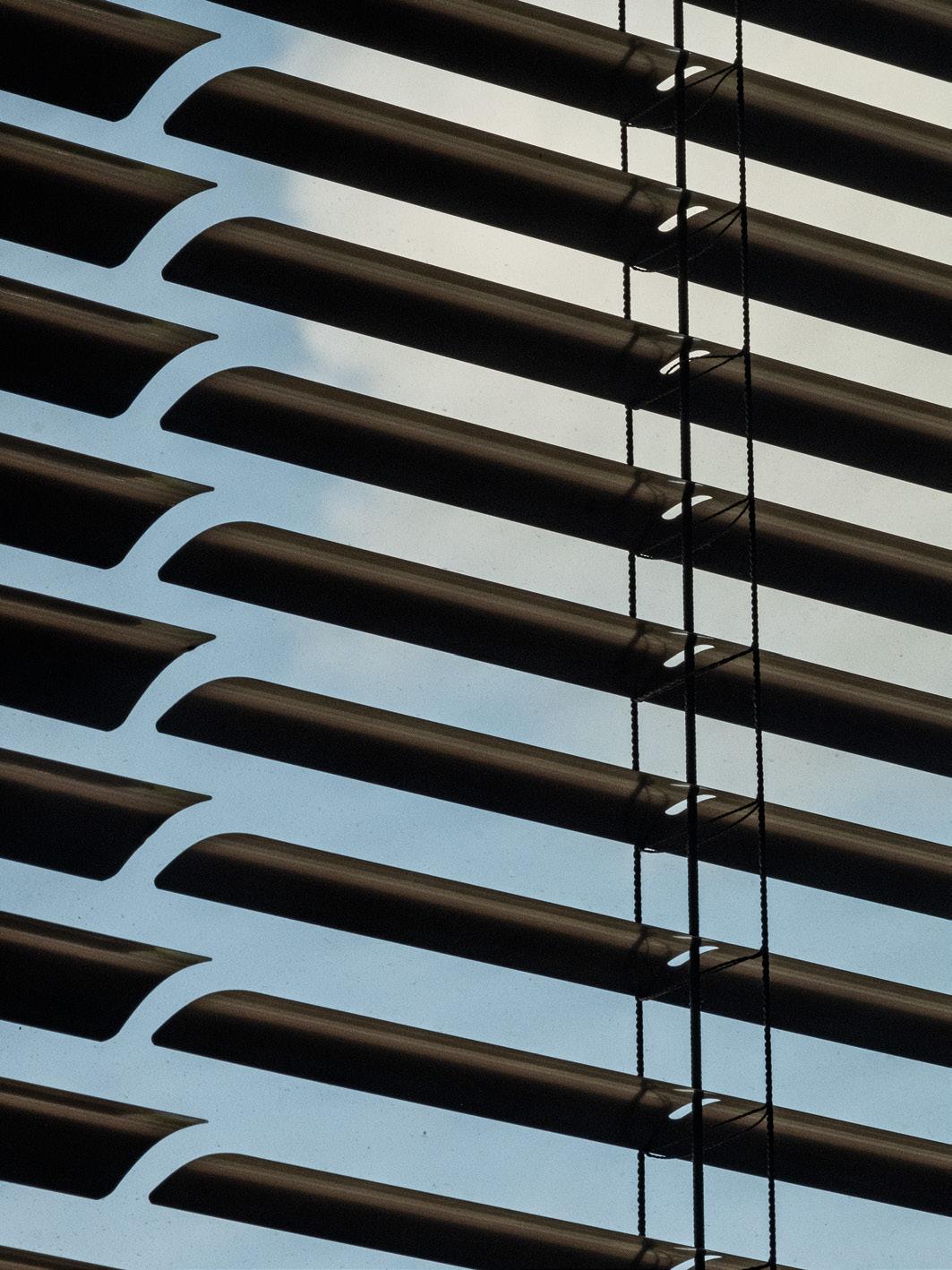
Aesthetica 49
Image courtesy Senay Berhe.
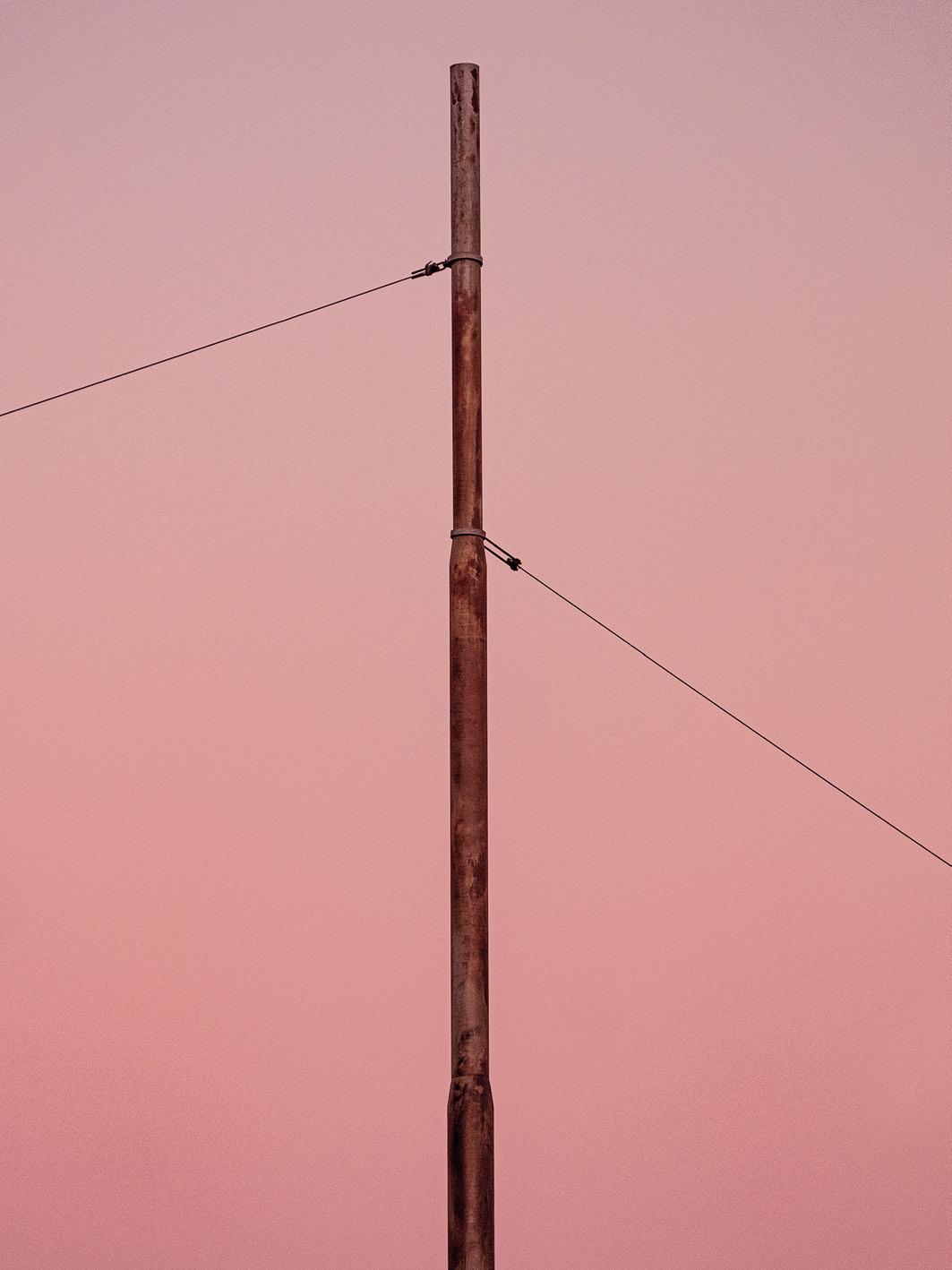
50 Aesthetica
Image courtesy Senay Berhe..

Aesthetica 51
Image courtesy Senay Berhe.

52 Aesthetica
Image courtesy Senay Berhe.

Aesthetica 53
Image courtesy Senay Berhe.
Worlds Connected
Chloé Milos Azzopardi
COPENHAGEN PHOTO FESTIVAL UNITES LENS-BASED ARTISTS AROUND A COMMON THEME OF ENTANGLEMENT, VISUALISING HOW DIFFERENT FORMS OF LIFE INTERACT.
Paris-based photographer Chloé Milos Azzopardi (b. 1994) caught the art world’s attention with Les formes qu’ils habitent en temps de crise (2022), a “futuristic fable” about how we can reconnect with the natural world post-Capitalocene. Here, Azzopardi riffed on a concept that entered the vernacular in 2016 after historian Jason W. Moore’s Anthropocene or Capitalocene? Nature, History, and the Crisis of Capitalism – a book which argues that the Earth entered a new era – the Capitalocene – in the 19th century. According to Moore, contemporary crises are, all too often, rooted in “The Age of Capital.” Azzopardi’s photographic series imagined new interspecies relationships flourishing in an idyllic world: butterflies balancing on fingertips and nude figures emerging from the undergrowth. The power of nature was front and centre, with lightning strikes over dark horizon lines and a colour palette awash with deep greens and dreamy mauves. Now, Azzopardi is touring a new project: Non-Technological Devices. The next stop is Copenhagen Photo Festival, and it’s a great fit for her ecologically-engaged practice. The event’s theme for 2024 is Entanglement, highlighting artists – including Elina Brotherus, Roni Horn and Thao Nguyen Phan – who are making work that reflects how human beings, their environments and their actions are “co-dependently connected.” Enter Azzopardi’s series of black-and-white images, showing low-tech sculptures made from natural materials. It has seen huge success over the past 12 months, travelling from Bristol to Melbourne, and, in July, it will land at Rencontres d’Arles, France's iconic photography festival. In one shot, a wooden exoskeleton is layered over a hand. In another, an
ice block takes the place of a virtual reality headset. The idea: to make us think about the future of technology in a world stripped of resources – an idea that looms over us all as we continue to navigate the climate crisis. We sat down with Azzopardi to speak about her love of science fiction, and how her approach to photography has developed in recent times.
A: When did you know you wanted to be a photographer? How did you start, and was there a "lightbulb" moment?
CMA: I didn't know I was going to do photography. I studied drawing, installation and performance for five years in art school, using the camera simply to help develop my other projects. The first turning point came when I was 22-yearsold, during my exchange year. I went to live in Shanghai. I found the relationship between humans and images to be different there than in France. Lots of people were taking pictures of me, which enabled me to overcome the shyness I felt about photographing human beings. I started to look at my lens-based practice differently, as a medium in its own right.
A: What is the key theme behind your creative practice? Is there a big idea that ties all of your projects together?
CMA: I'm not very original about this! To be honest, I think a deep fear of death is one of the most powerful driving forces behind my creative practice. This relationship with my own mortality is paralleled by an intense connection with the living. I'm interested in human or non-human life, and that fuels my desire to create speculative worlds that dilate time. For a long time, western philosophy has done everything to
54 Aesthetica art
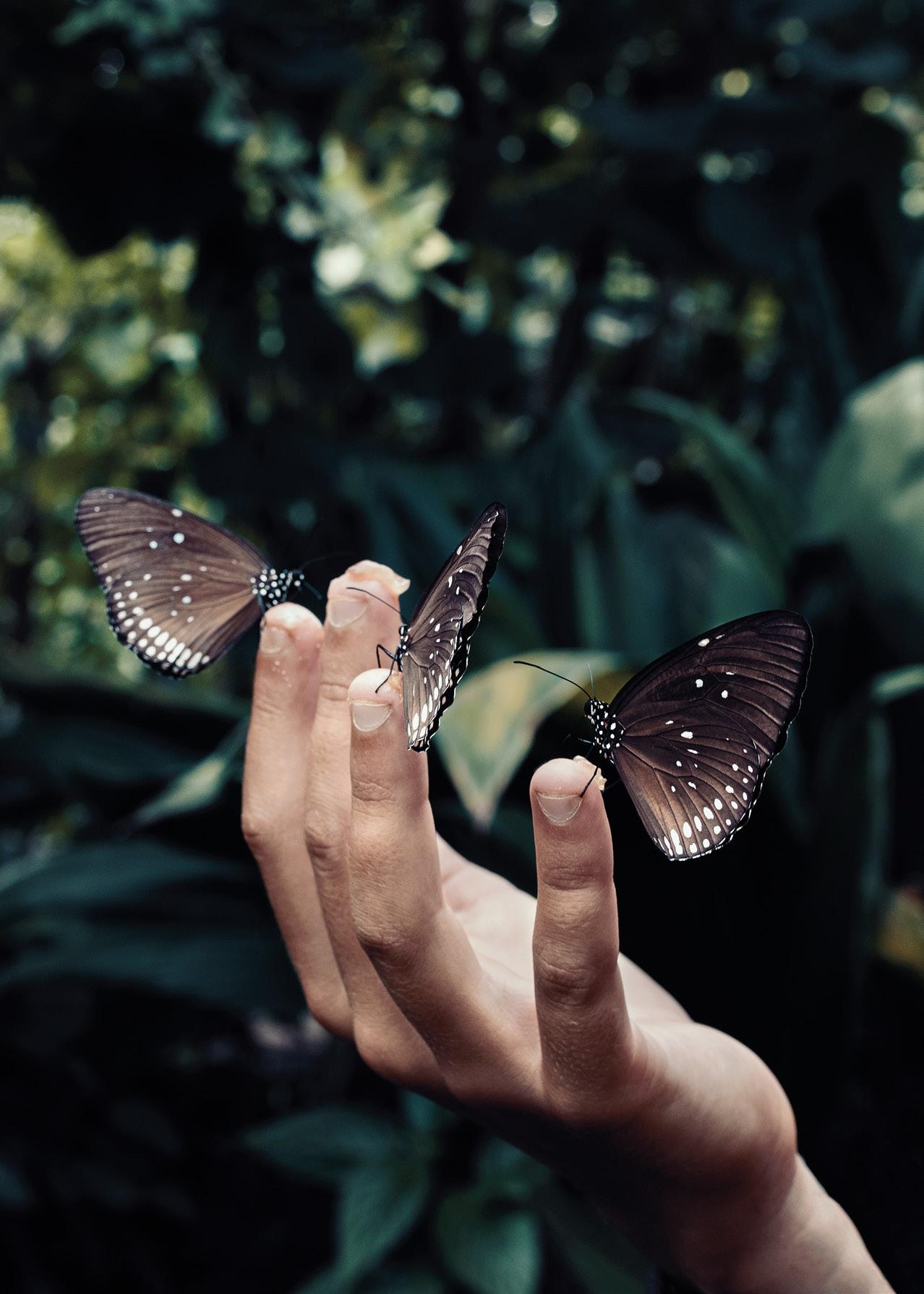
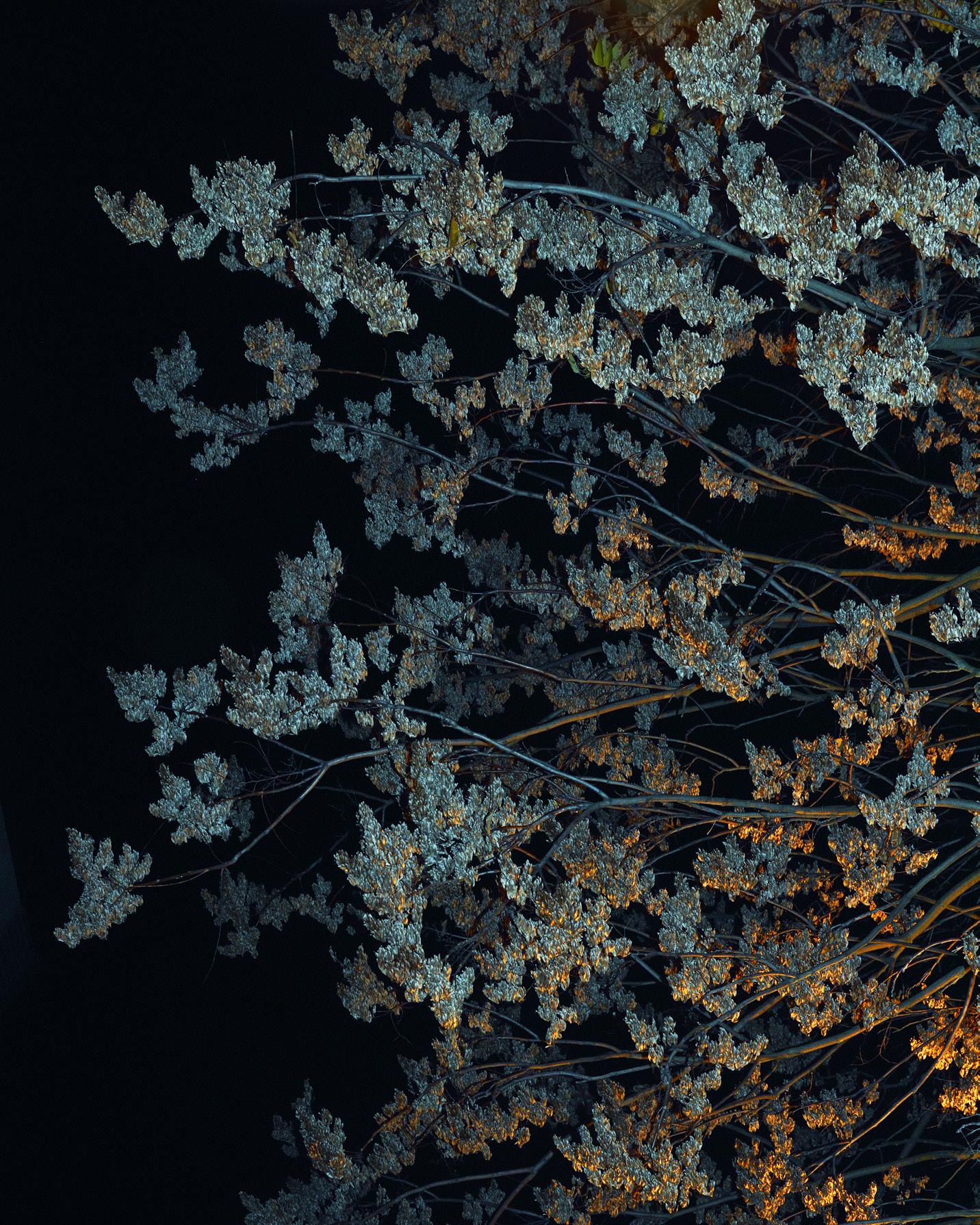
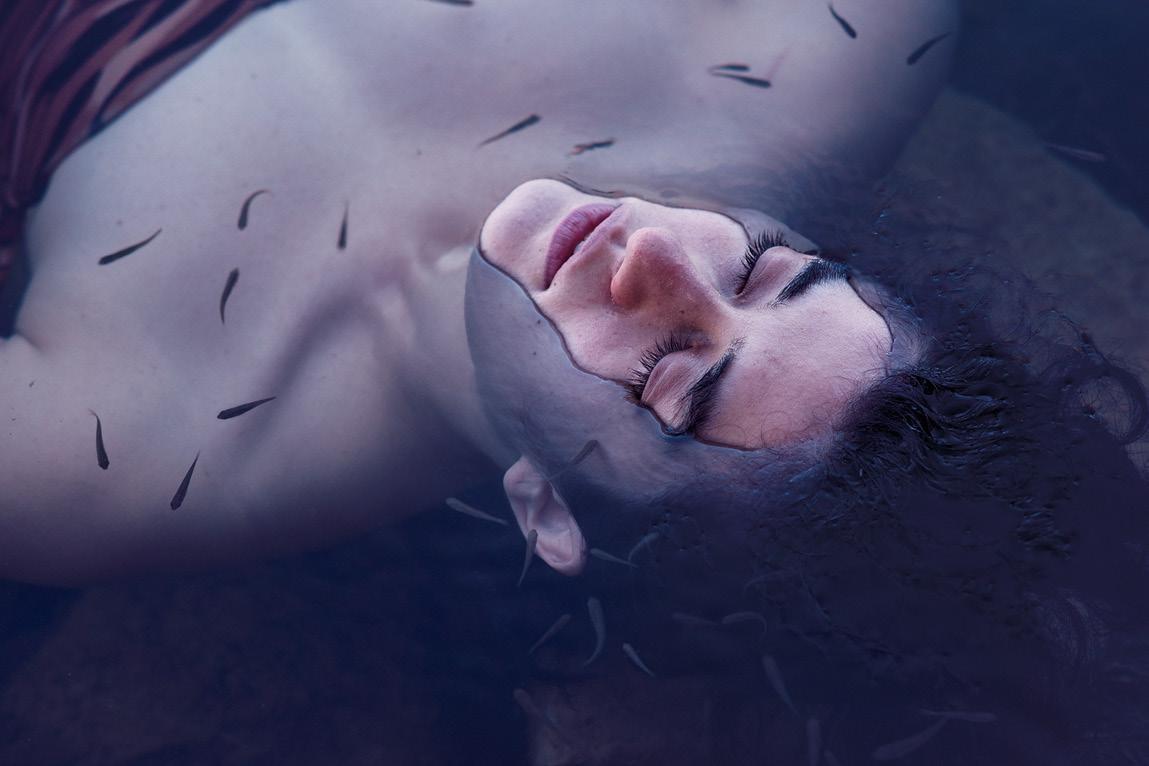
“I cultivate a type of poetic strangeness. My photos are always experimental because I learn by doing: I welcome accidents, let myself be carried along and invent new ways of doing to overcome obstacles."
distinguish human from animal, nature from culture, to the point of thinking we were outside the sphere of the living. In Les formes qu’ils habitent en temps de crise, for example, I projected myself after this era, building a fictional ecosystem as a way of trying to repair our relationship with other creatures.
A: There’s a science fiction edge to your work. Where does your interest in the genre come from? Are there any key books or films you'd particularly like to reference?
CMA: I grew up with an insomniac father who was fascinated by quantum mechanics, science and astronomy. I watched science fiction films with him throughout my childhood and adolescence, sometimes for whole nights on end. So, the genre is part of me. I saw The Matrix when I was seven, and it revolutionised my world. I particularly like classics such as Andrei Tarkovsky's Stalker, Ridley Scott's Alien and Stanley Kubrick's 2001: A Space Odyssey. I also love Verhoeven's Starship Troopers for its relationship with propaganda, and, more recently, Denis Villeneuve's Arrival. It talks about language and how we encounter otherness, oftentimes seeing it as a threat to be destroyed. I believe stories influence the way we perceive things, so science fiction is of great interest to me. It reflects upon how we are projecting ourselves as a society into the future; that is what draws me to it most of all.
A: What about artists, filmmakers and photographers? Who has inspired your practice the most as of late?
CMA: In terms of artists, Pierre Huyghe is a great influence. I admire performances by Francis Alÿs, as well as the seminal Process and Conceptual sculptures of Roman Signer. Chris Marker's film La Jetée (1962) is an icon of experimental
cinema, looking at time travel and the possible after-effects of a third world war. Moreover, I just discovered Éric Minh Cuong Castaing. His exhibition at Le BAL is the one that has moved me the most in recent years. The artist showed a film piece where dancers and people with mobility loss come together to create powerful and thoughtful choreographies.
A: How do you describe your pictures? Are they conceptual, experimental, documentary – or a different genre?
CMA: I don't know if it matters. I'd say my images cultivate a kind of poetic strangeness. My photos are always experimental because I learn by doing: I welcome accidents, let myself be carried along, invent new ways of doing things to overcome obstacles. I think the most important thing in my pictures is the relationship to sensation, touch and a form of suspension. The balance in my work is always precarious.
A: The people in Non-Technological Devices, on view at Copenhagen Photo Festival 2024, are described as “cyborgs, but with an organic twist.” Can you tell us more?
CMA: It's a project I started in residency at the Villa Pérochon in France, under the mentorship of Joan Fontcuberta, in 2023. I see this series as a futuristic fable in which I explore alternative forms of cohabitation with Earth's living creatures. I was thinking about the figure of the cyborg – how to extend your body – but through natural elements rather than machines. I grew up fantasising about flying cars and teleportation because I watched a lot of movies. I think a lot of us have thought about those things. But, if they can't exist, what can we build? What might an updated, climate-conscious version of this imaginary look like? The Non-Technological
Aesthetica 57
Previous page: Chloé Milos Azzopardi, from Les formes qu'ils habitent en temps de crise (2022).
Left: Chloé Milos Azzopardi, from Les formes qu'ils habitent en temps de crise (2022)
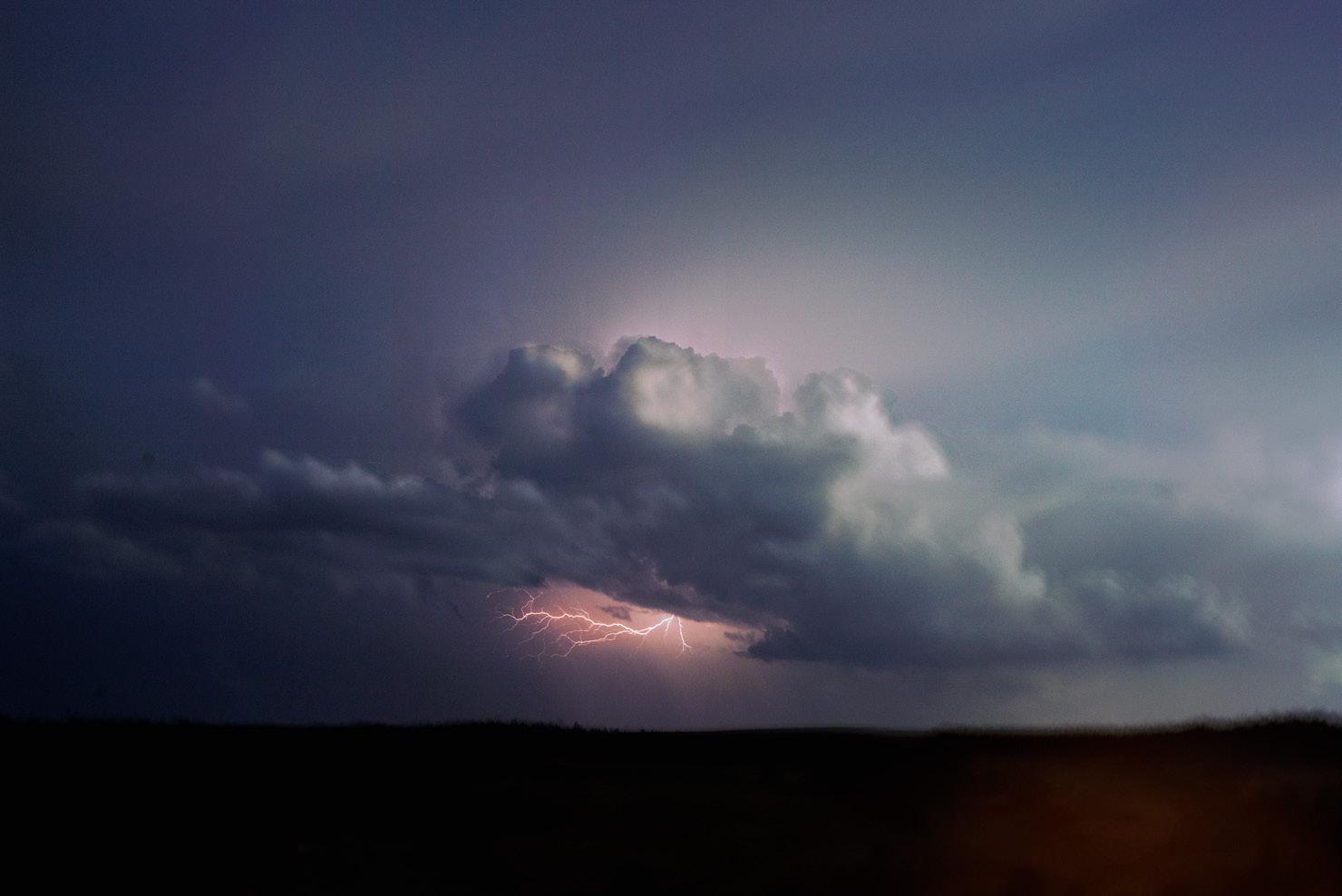
Devices are composite tools made from natural elements that I assemble to mimic the various gadgets that populate our daily lives. Existing somewhere between rudimentary productions and science-fiction creations, these objects are, like our smartphones, as much extensions and augmentations of our bodies as they are hindrances. Together, these low-tech inventions help to formulate a fictional universe. I've also created artefacts whose uses have not yet been discovered.
A: You work with black-and-white and colour. Which do you prefer? How do you decide whether an image will fit a certain mode – before it's taken or in post-production?
CMA: I don't really have a preference; it depends on the project. I trained as a colourist, so colour always gives me very strong sensations. It’s almost like an inner vertigo. But I love black-and-white, too. In Non-Technological Devices, monochrome allows me to play with light and to create something that is much more minimal. It draws attention to the delicate structures present in the image. I work mainly in digital, so when I do use black-and-white, it is done in post-production.
A: How has your approach to photography developed over the years, and which direction do you see it taking?
CMA: My practice has changed a lot. I've gone from wandering around – like Guy Debord, who had the Situationist idea of “drifting” – to much more constructed images that I plan out beforehand. In the beginning, I only needed one thing: to believe that something – some surprise, some encounter – was going to happen after hours of walking if I remained open enough to every possibility. I didn't photograph a lot of people, as their emotions scared me most of the time. Today,
my practice is totally different: I fantasise about my pictures beforehand, sometimes I even dream about them. I construct the image mentally and then physically. In Non-Technological Devices I even made the objects. Recently, I've been taking portraits of people who aren't my close relatives. We meet and then I get to know and understand them. It's quite exciting and new. I’ve learned that I can scout before a shoot, but, when I take too much control, nothing works. The thing is to let go and the best shots will emerge. I follow the direction in which the accidents, performers and objects take me.
A: Others characterise your work as “surreal”, “dreamlike” and “contemplative." What words would you use?
CMA: I agree with all these descriptions. What interests me is generating fiction, poetry and other worlds capable of arousing our curiosity for terrestrial life – as if it came from another planet. My eye is more microscopic than macroscopic, so it is more natural for me to photograph a small detail than to understand how to encompass a vast landscape, for example.
A: What does the festival's theme for 2024 mean to you?
CMA: Entanglement is at the heart of all living things. We inhabit different ecosystems where beings are interdependent, with the actions of each having repercussions on the collective. My work is about our relationship with the rest of the Earth's multifarious organisms. As a species, we try to extract ourselves from them, even though we are intrinsically part of the same system. I look at how we exploit it and how to create new imaginaries that might help us build our future in ways that are less destructive. I'm looking forward to meeting my team and I'm curious about all the exhibitions on display.
58 Aesthetica Words Eleanor Sutherland Copenhagen Photo Festival 6-16 June
copenhagenphotofestival.com
Right: Chloé Milos Azzopardi, from Les formes qu'ils habitent en temps de crise , (2022).

Fraction of a Second
Neal Grundy
Harold Edgerton’s Milk Drop Coronet (1957) is listed amongst TIME Magazine’s 100 Most Influential Photos of All Time. It freezes the instant a drop of liquid hits a bright red surface – splashing upwards into a perfect white crown. Edgerton is credited as inventing modern stroboscopic photography, which uses a rapid succession of light flashes to capture a quickly moving object. Likewise, for Neal Grundy, a contemporary image-maker who specialises in still life and freeze motion techniques, every movement matters. Each of his Fabric Forms pictures is unique because it captures a split second that can never be recreated. It would be impossible to re-orchestrate such a delicate balance of folds in mid-flight. Here, turquoise, purple and orange sheets flutter against matching studio backdrops. Viewers might find themselves anthropomorphising their shapes; the cloths, at certain angles, can look like a person dancing. nealgrundy.co.uk
60 Aesthetica
art
Neal Grundy, from Dancing Fabrics (2021).

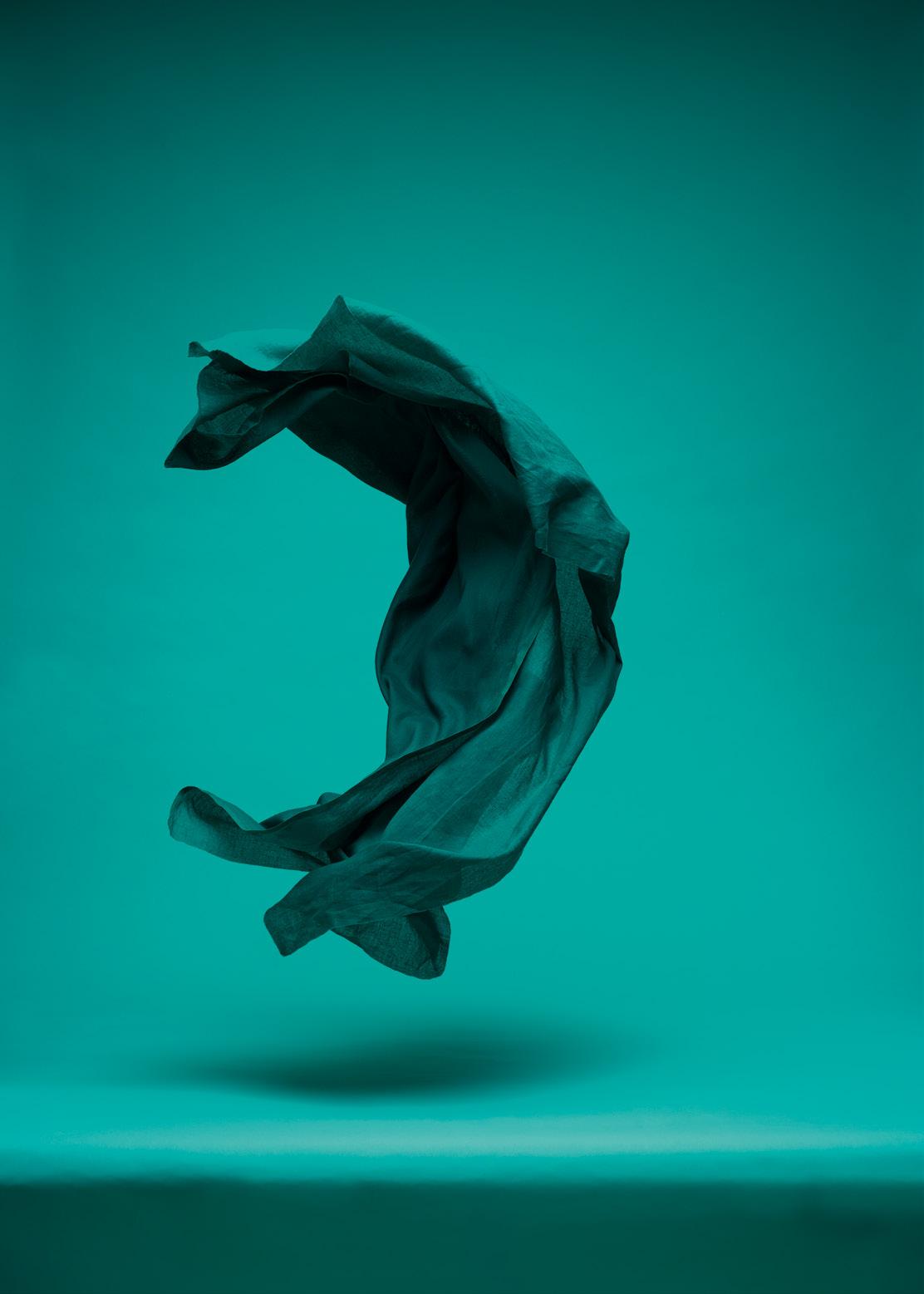
62 Aesthetica

Aesthetica 63
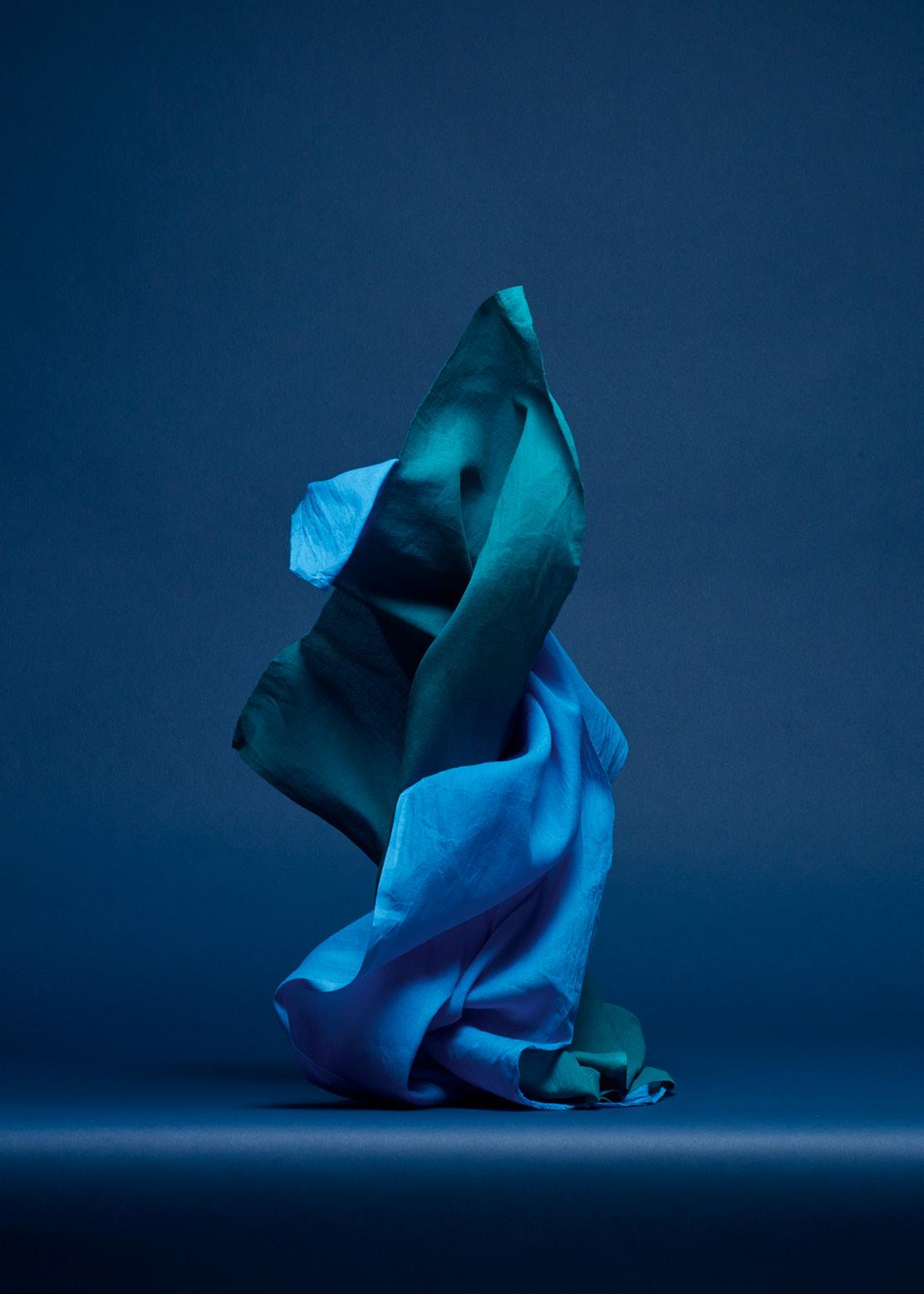
64 Aesthetica
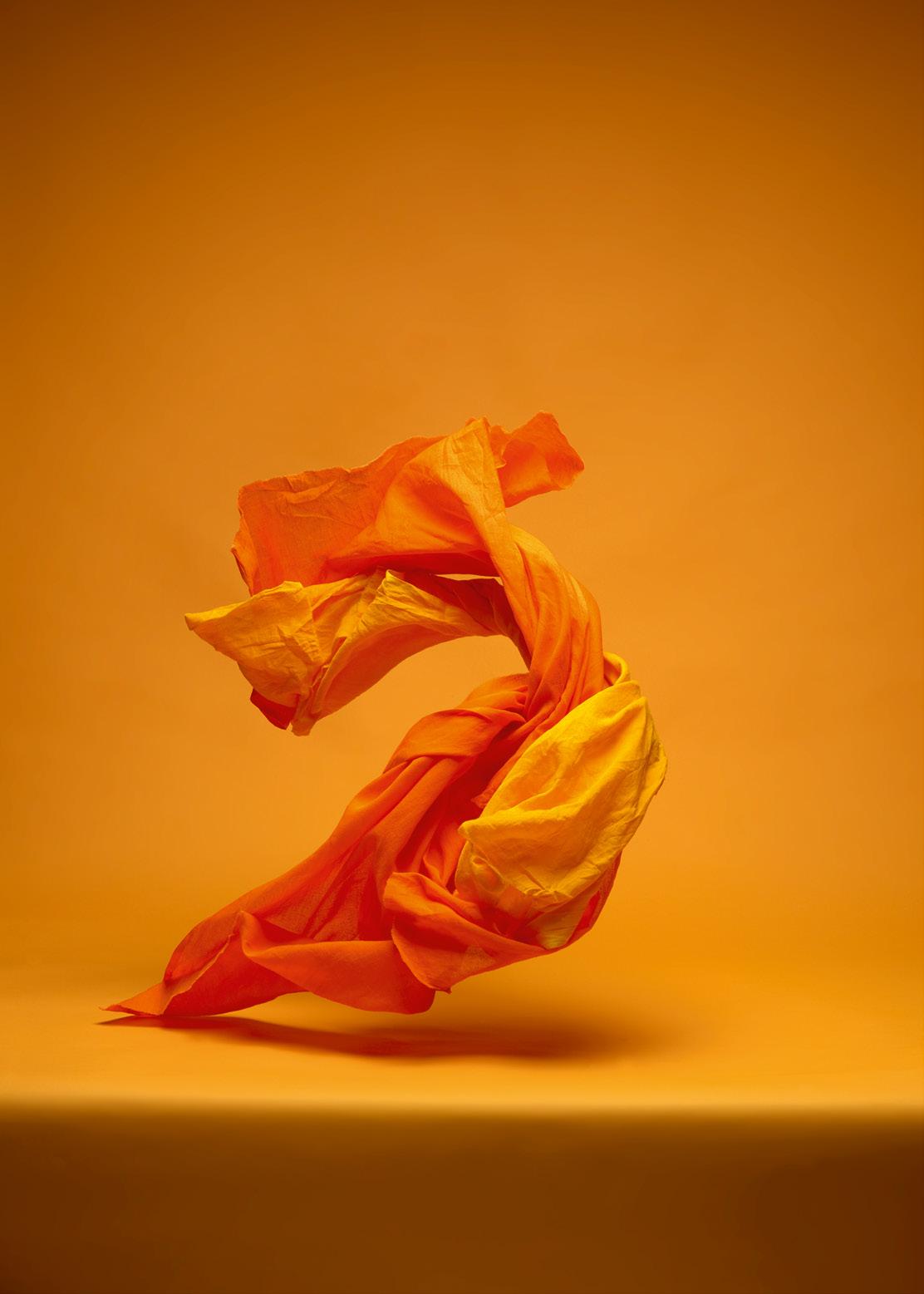
Aesthetica 65
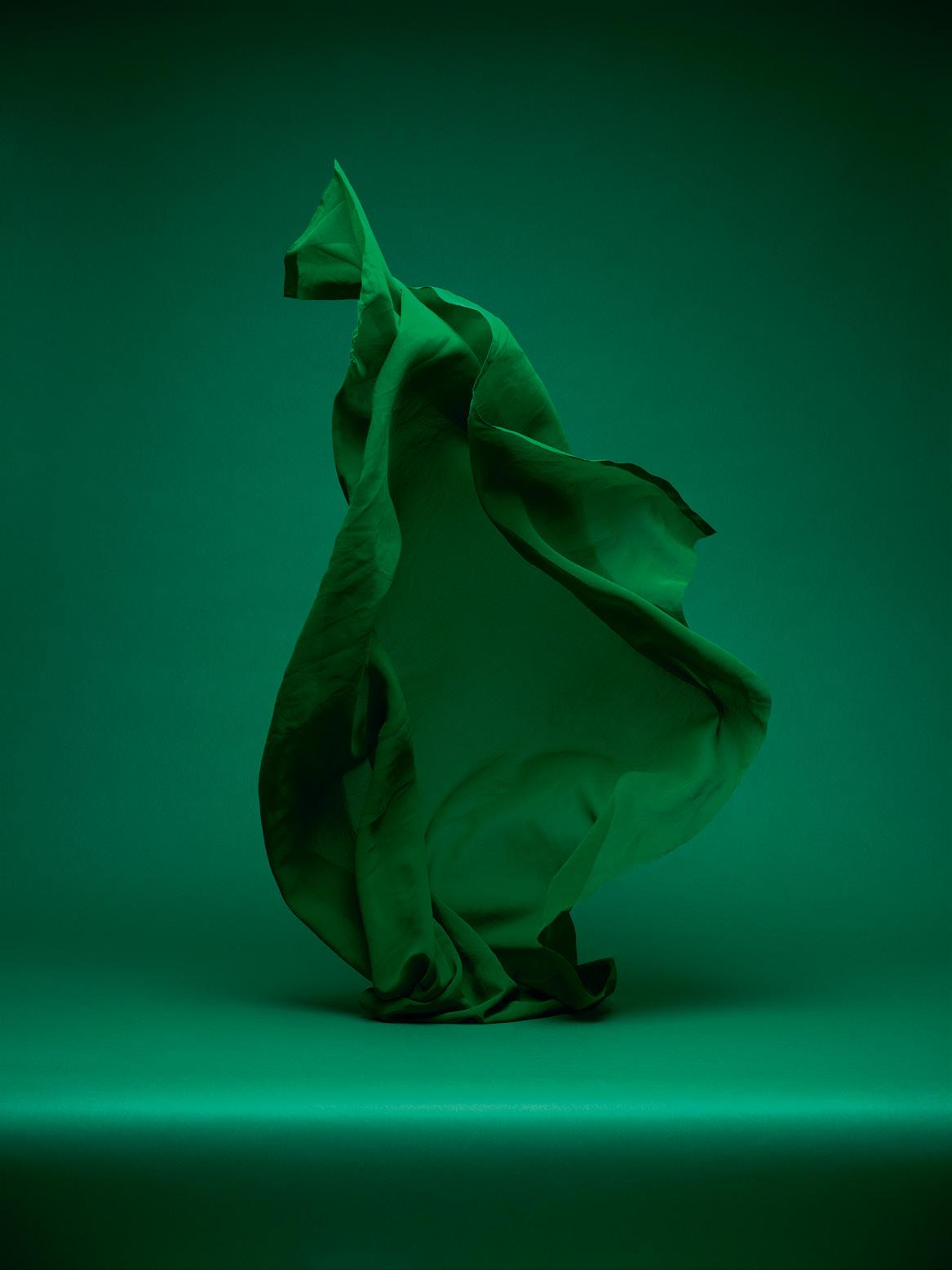
66 Aesthetica
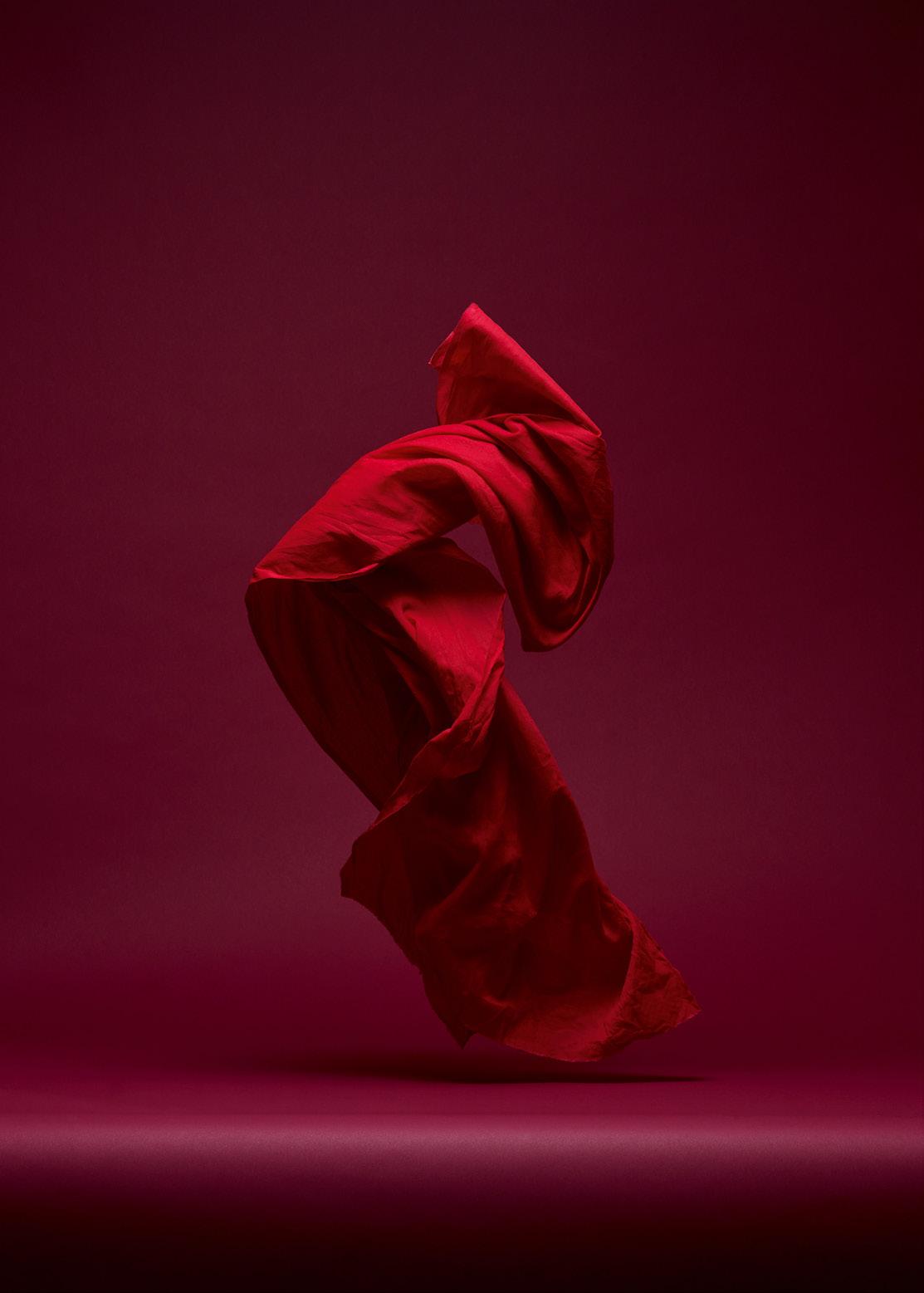
Aesthetica 67
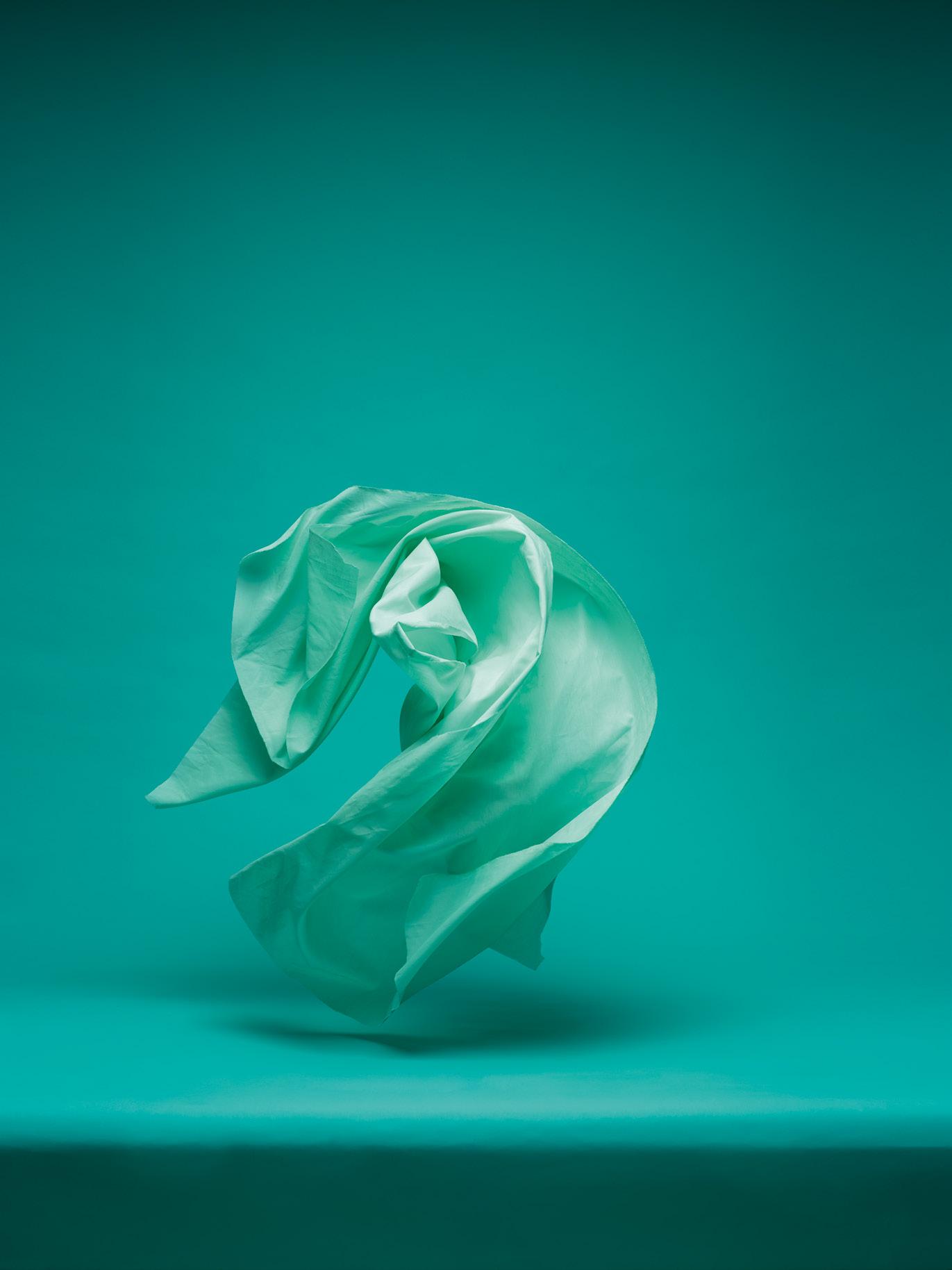
68 Aesthetica
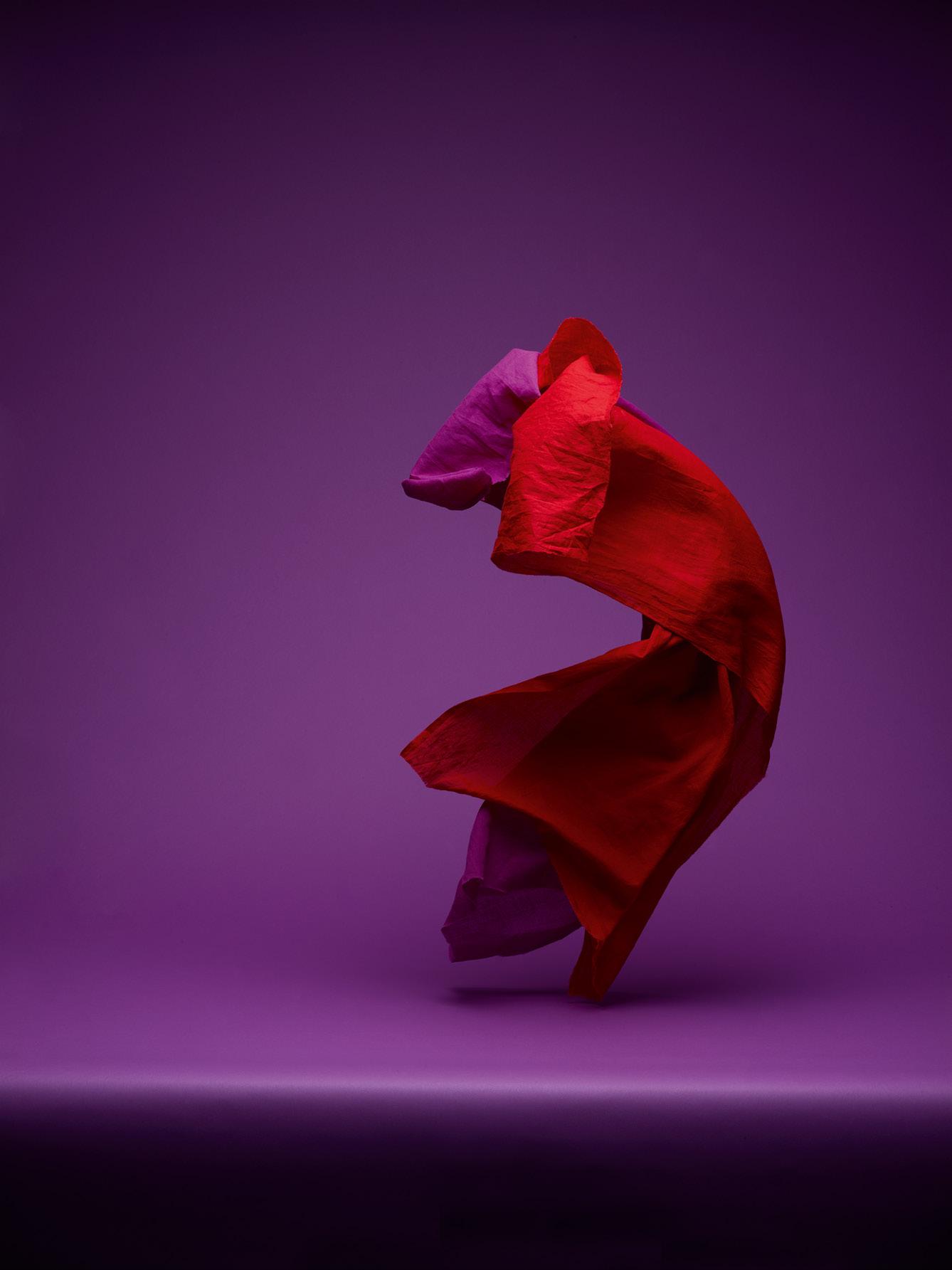
Aesthetica 69
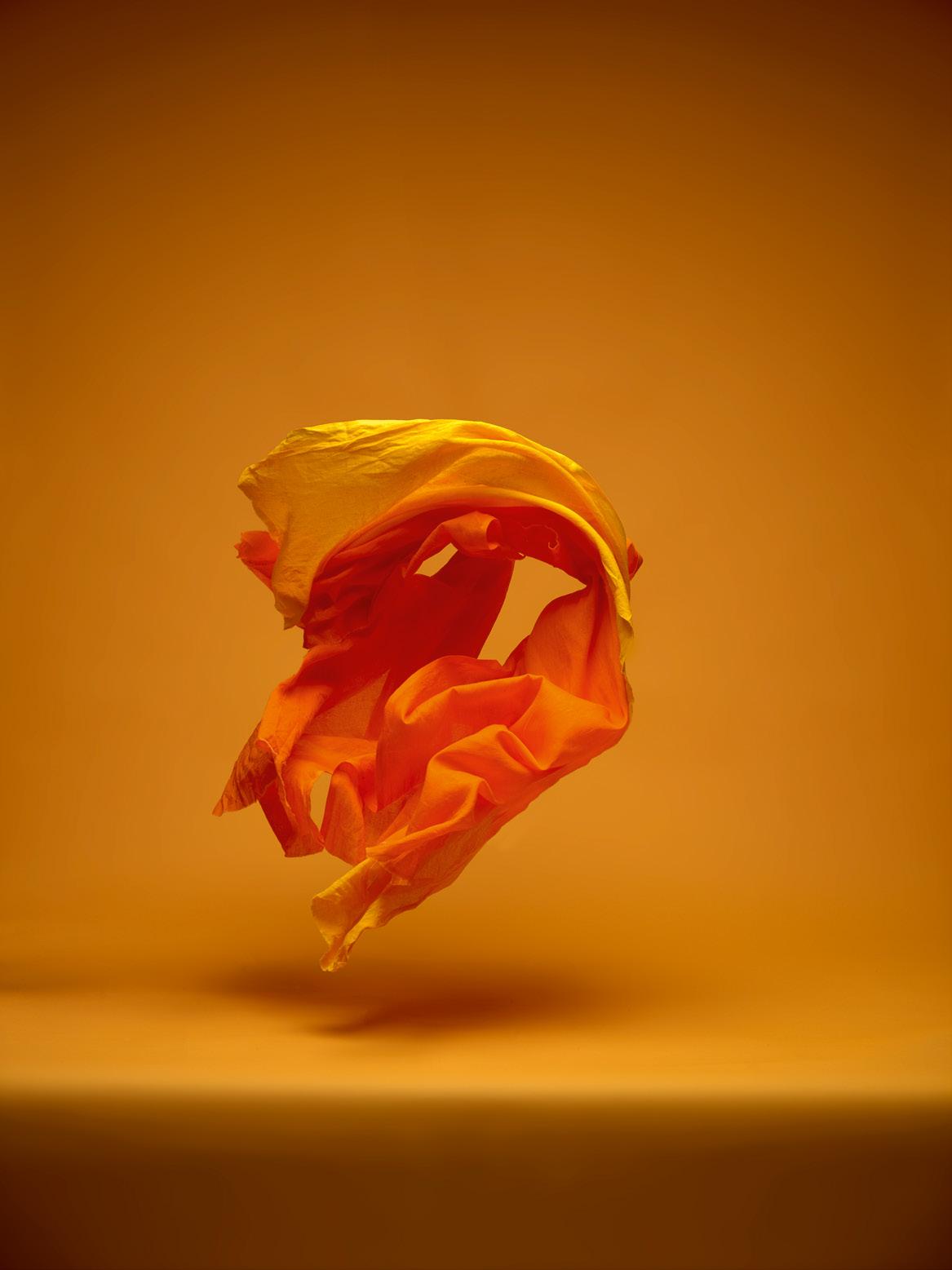
70 Aesthetica
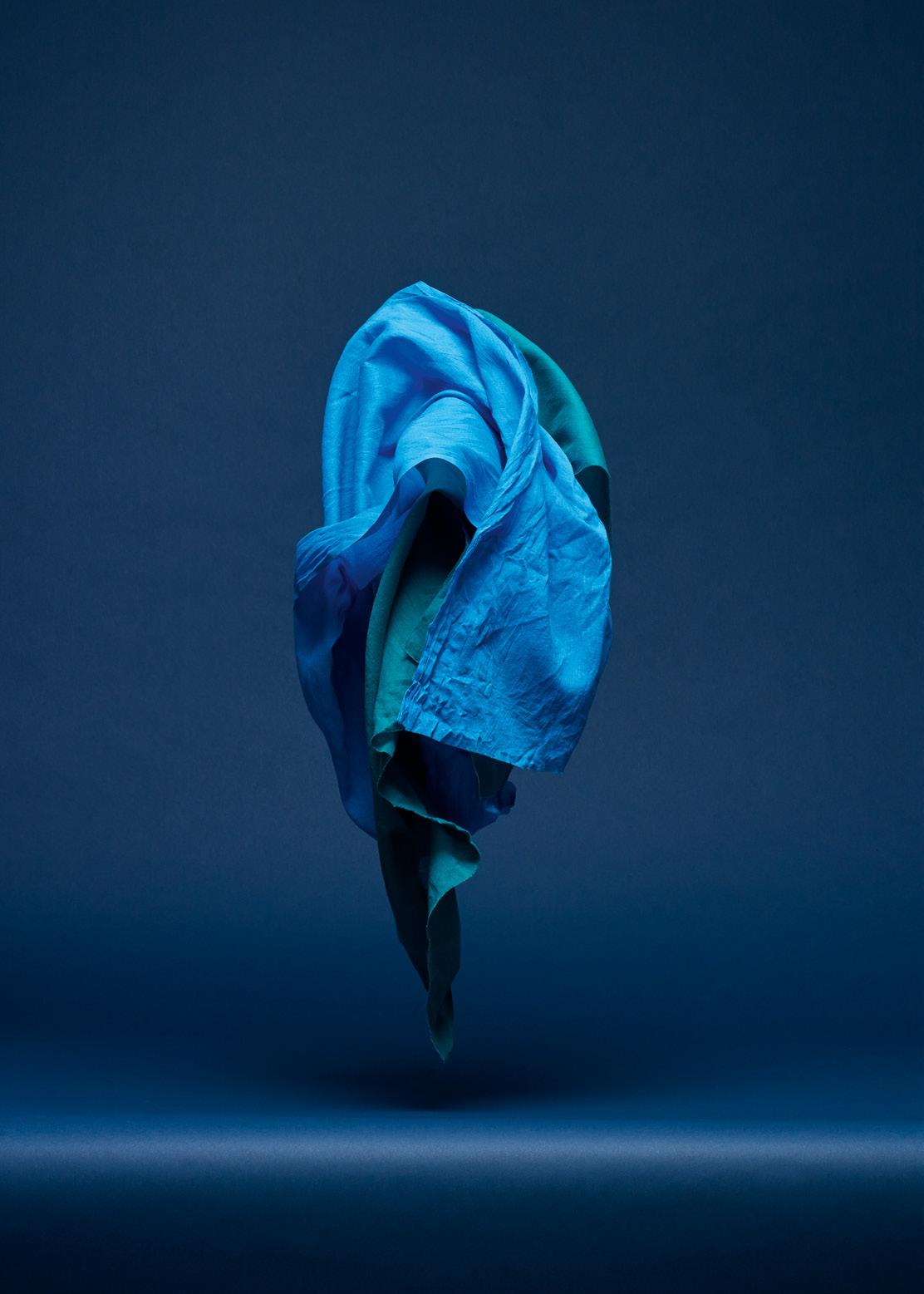
Aesthetica 71
Echoed Memories
Do Ho Suh
THE ARTIST FAITHFULLY RECREATES HIS FORMER HOMES USING TRANSLUCENT FABRICS, TRANSFORMING GALLERIES WITH WORKS THAT RIPPLE WITH NOSTALGIA.
In Do Ho Suh’s (b. 1962) drawing Haunting Home (2019), a figure runs briskly, seemingly headed beyond the corner of the frame. An otherworldly space, rendered in multi-coloured cotton threads, trails in his wake. The building flickers, almost out of focus, but, upon closer inspection, we see it is a hanok, a traditional Korean home. In fact, it's a rendering of the exact space in which Suh grew up. The structure symbolises what the artist, who emigrated to the USA in the 1990s and later to London, left behind in his native country. “Home started to exist for me once I no longer had it,” he once said.
The artist is known for his translucent fabric sculptures and architectural installations that billow from ceiling to floor. “Home” has been a lifelong preoccupation, and his work channels a personal journey from being a Korean international student at the Rhode Island School of Design to becoming a widely acclaimed, multidisciplinary artist who has exhibited across the world. In 2017, he received the prestigious Ho-Am Prize in the Arts. It is widely considered to be Korea's equivalent to the Nobel Prize. His artworks mediate the blurred lines between the past and present, carrying the memories of locations that are long since abandoned, but still kept fresh in his consciousness. “A lot came into focus for me when I left Korea. It wasn’t so much that I was homesick, but I was thinking anew about the impact movement has on the body and your sense of self. When I arrived in the USA, I found myself doing two things, both of which relate to the idea of architecture as clothing: I began to measure my space, and I produced paper rubbings of the interiors. It was a response to my sense of displacement and disorientation.”
The transience of living in different places, and the inevitability of perhaps never finding home at all, haunts Do Ho Suh: Tracing Time, a major exhibition at Modern One in Edinburgh. It collates artworks across 25 years, including neverbefore-seen ink drawings from his sketchbook. The result is a visual autobiographical account of his own story. Whilst Suh calls the personal aspect of his artworks “incidental”, a vulnerability quivers in the sketches. For example, Self-Portrait depicts Suh gazing at the viewer whilst a fantastical house springs from his head. In an interview with the The Art Newspaper, Suh said: “Maybe I was too protective of them, but it feels like the sketchbooks contain everything in my life, they are like a diary, there are so many personal notes inside.”
According to the UN, as of June 2023, 110 million people remain displaced from their homes by force – whether because of natural disaster, discrimination, persecution or war. Sadly, the figure is only set to increase. Moreover, there’s the phenomenon known as “brain drain” – the substantial emigration of skilled professionals, typically to western countries, in search of better job prospects. The flight of human capital incurs a shadowy vacuum for those left behind, a void where family members settle for communicating through FaceTime and phone calls without any immediate hope of physically touching each other. Friends are separated by thousands of miles and shifting life patterns. An even lonelier journey, perhaps, is that of the migrant, who must learn a new language and culture, cultivating a way of life that is effectively decentred from where they were born, disconnecting them from those they love: things may never be the same.
72 Aesthetica art
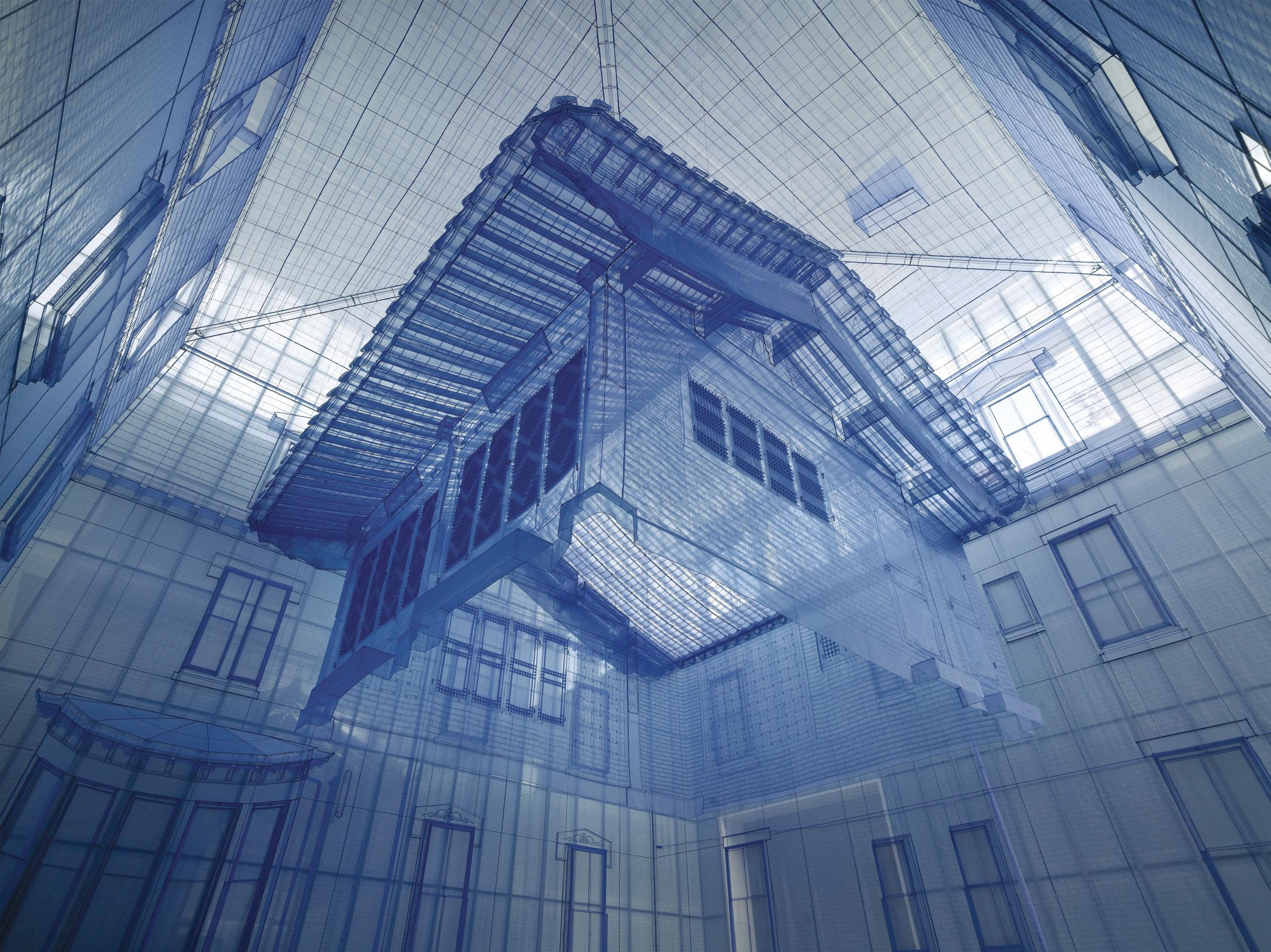
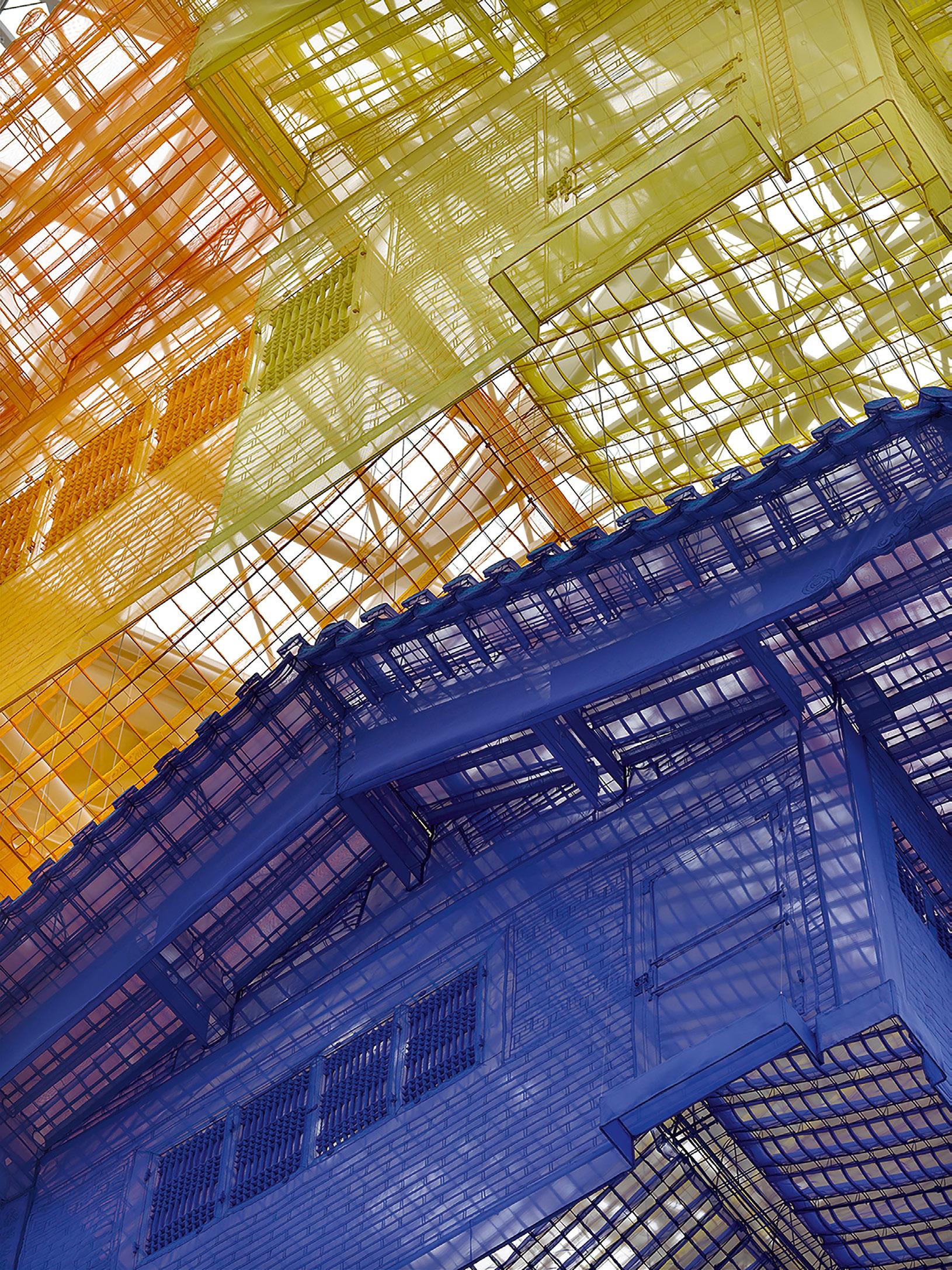
Do Ho Suh, Rubbing/Loving Project: Apartment A, 348 West 22nd Street New York, NY 10011, USA, (2013ongoing).
© Do Ho Suh. Courtesy the artist and Victoria Miro, London / Venice. Photography by Chris Payne.

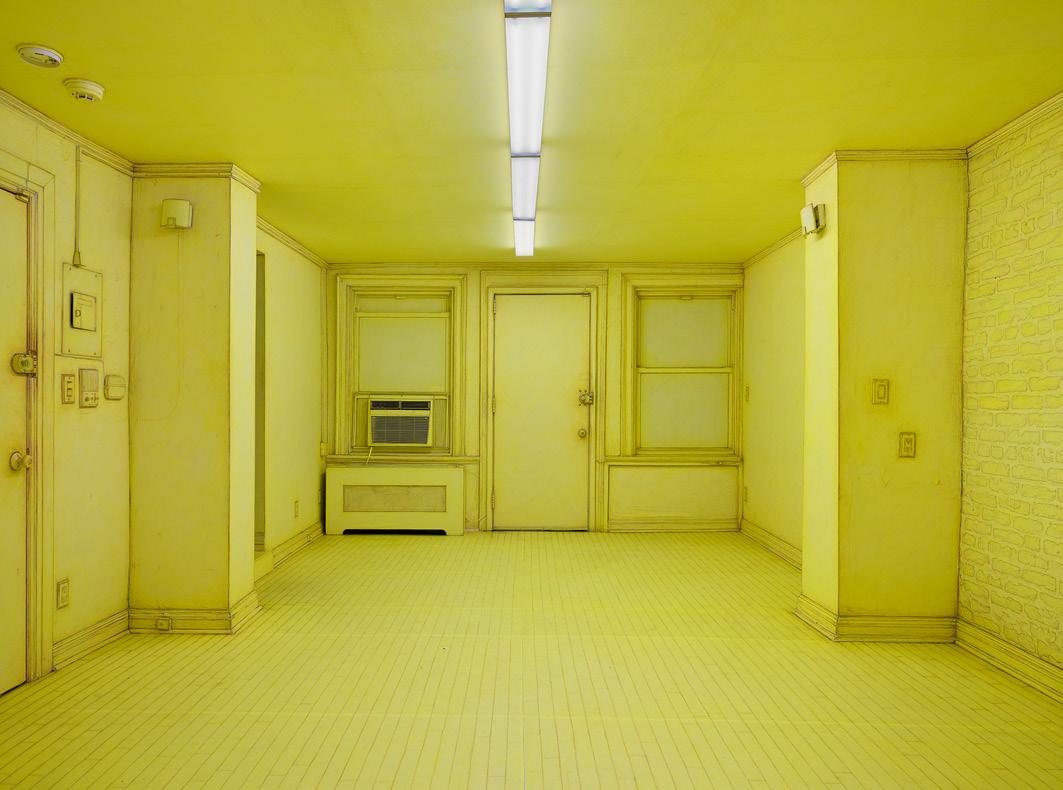
“Visitors might feel as if they are passing through the realm of a nostalgic dream. Do Ho Suh's universe is filled with homes that only exist as memories, but have been temporarily brought back to life in fabric or drawings.”
© Do Ho Suh. Courtesy of the artist, Lehmann Maupin and MMCA Seoul.Photography by Jeon Taeg Su.
Home within Home , (2019).
© Do Ho Suh. Courtesy the artist, Lehmann Maupin and Incheon International Airport, Korea. Photography by Jeon Taeg Su.
Visitors might feel as if they are passing through the realm of a nostalgic dream as Suh's spectral installations unfold around them. His universe is filled with homes that only exist as memories, but have been temporarily brought back to life. Home Within Home is one of Suh’s best-known motifs, versions of which have been displayed at MMCA Seoul, Frieze New York and Incheon International Airport. The hanok of Suh’s upbringing in Korea appears as a phantom, suspended within the incandescent bones of a town house in Providence, Rhode Island. It is still and sombre, difficult to truly get your head around unless you step inside. Suh used a “cheap and readily available” transparent polyester – a fabric typically found in Korean summer clothes – to construct this floorto-ceiling installation. It mirrors two significant buildings: the traditional home that he lived in, as a young child, and the American style dwelling he inhabited as a student. Translucent purple, yellow and blue colours are rarely associated with residential architecture. They speak to the deception of memory, and the tricks that missing a time and place, especially one you can no longer return to, play on the psyche. For Suh, home is not necessarily rooted to a single place. Much like the experience of travel and immigration, it is fluid and hanging in the balance. “One of the areas I’m most interested in is what we carry with us. How much of ‘home’ is transportable? How tied to notions of site is it?” In his creative practice, home transcends the material constrictions of physical space. Writer and civil right activist James Baldwin said: “You take your home with you, or otherwise, you’re homeless.” Baldwin was alluding to his decision to flee the USA because of state-sanctioned segregation and racism. Instead, he chose to write in Paris, where he became aware of his posi-
tion as an American. “Perhaps home is not a place but an irrevocable condition,” he echoed in Giovanni’s Room (1956). Suh uses fabric to visualise this idea. It reflects a transitional state – of being pulled between worlds and searching for belonging. It can be cut, dyed, stitched and manipulated. Suh explains: “It’s conceptual. I’m interested in what the transparency of the material communicates in terms of porosity and flexibility. The notion of presenting fabric domestic spaces in a museum appeals to me; they can be slotted together to create passageways from different spaces around the world ... The first thing I do after getting an exhibition invitation is look at the 3D models and plans. I think about it architecturally, but also in terms of how I can trouble or challenge its conventions. Some spaces feel very rooted in western imperialist attitudes and I like questioning that. I’m always thinking about sightlines, given that some of the work is see-through. It creates unique problems as well as opportunities. Ultimately though, these installations are fully actualised when there are people within them. That’s when they’re activated."
Suh is amongst a constellation of contemporary artists explicitly addressing questions of nostalgia, belonging and exile; he cites Ellen Gallagher and Rirkrit Tiravanija amongst his personal influences. These are timely and pressing themes, and right now, John Akomfrah is representing the UK at the 60th Venice Biennale, titled Foreigners Everywhere. He is widely known for his engagement with themes of memory and the experiences of migrant diasporas. Others to note include Ruby Chishti, whose haunting textile, wood and wire mesh sculptures evoke the refugee crisis on the shores of the Mediterranean, whilst Liu Xiaodong makes hyperreal portraits of those displaced in China as well as the wealth Home within Home within Home within Home within Home , (2013). Hanjin Shipping Box Project, MMCA Seoul,13 November 2013 – 11 May
Aesthetica 75
2014.
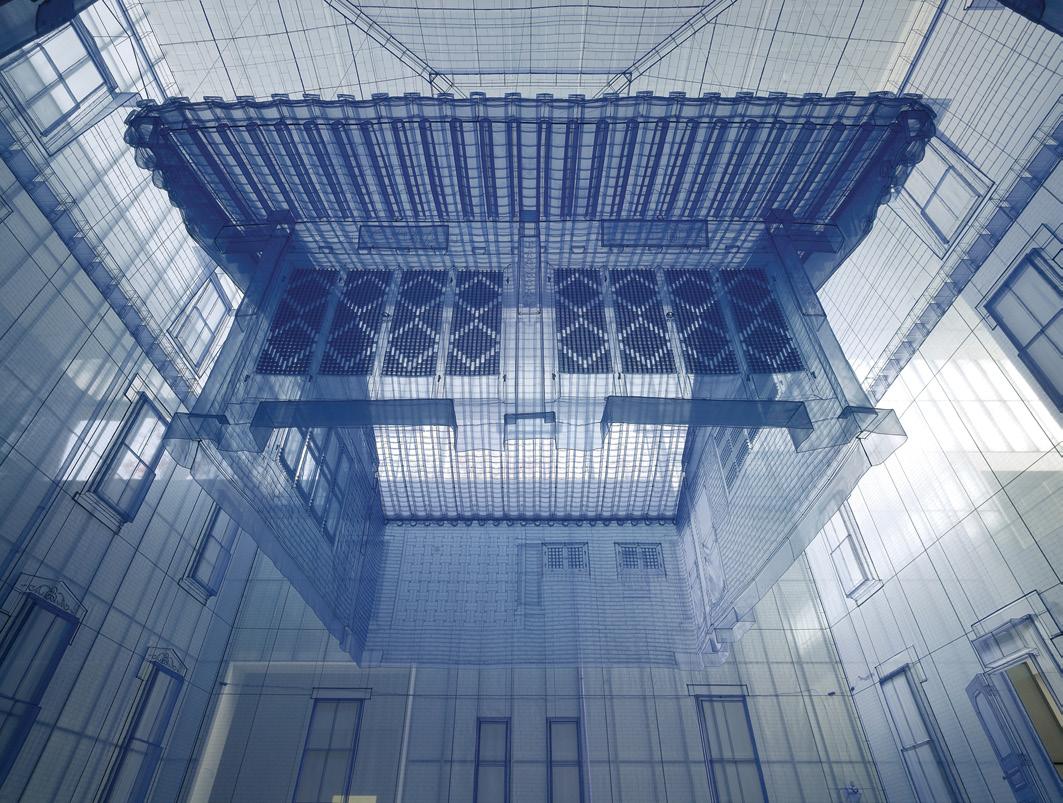
and excess of affluent diaspora in London. Rewind to the 20th century, and Arshile Gorky was producing near-absurd abstract paintings to convey the trauma and restlessness of exile after he escaped from the Armenian Genocide in 1915.
Tracing Time, then, reminds viewers of what’s left in the wake of mass upheaval, violent population exchanges and the stilted and uneven flow of human labour to produce capital. In one of his many Rubbing/Loving works, Suh recreates two sites in the city of Gwangju, the epicentre of a 1980 uprising against the military coup d’état of Chun Doo-hwan, a dictator supported by the anti-communist US government. The protest was led by students and culminated in a massacre killing hundreds of people after Chun’s forces raided, tortured, raped and fired upon the people in the city, momentarily quashing the movement and demanding a democratic government in South Korea. Using his trademark practice of rubbing pencil on paper against the walls and surfaces of a theatre and institute in Gwangju, where students congregated, the large-scale installations are a faithful, if immaterial, re-creation of these historic buildings – an apparition of interiors that once harboured real bloodshed and resistance. This process is deeply emotive. “Often, memories or thoughts are unlocked that I had no access to. It can be very powerful and revealing, and it’s fraught and complicated in many instances.” This applies not only to Suh’s threedimensional works, but to his moving-image pieces, too. “My work on film archives spaces due for demolition and that can be extremely painful. The buildings are often neglected but there are generations worth of memories being swept away.” Likewise, Reflection (2004), a glowing arch rendered in cellophane blue, recalls the gateway to Suh’s family house in
South Korea. In the past, it would have been certain that walking through the arch would lead to a concrete home. Today, after so much time has passed, that fact is now ambiguous. There can be a dark side to nostalgia, as evidenced by Svetlana Boym, the late Russian-American academic and cultural theorist, who wrote: “The danger of nostalgia is that it tends to confuse the actual home and the imaginary one. In extreme cases, it can create a phantom homeland, for the sake of which one is ready to die or kill.” But Suh maintains a balance between real and imagined, instead offering what Boym termed “reflective nostalgia” – a state of acceptance that these places can be conjured, but never fully restored. What does the artist hope people will take away from the show? It’s a question Suh doesn’t want to define, leaving answers to the discretion of visitors. “I hope they will reflect on their own relationships with the past and present, memory and movement.” In the 1999 drawing A Perfect Home, a transitional bridge across the Pacific Ocean connects Korea and the USA. A green tree and pink flower blossom around a red thatched house. The impossibility of this dream recalls a scene in Asghar Farhadi’s 2013 film Le Passé (The Past) in which Ahmad, an Iranian man, returns to France to finalise his divorce. “If I hadn’t gone four years ago ...” Ahmad says wistfully to a friend, who responds: “If you hadn’t gone four years ago, you’d have gone the next year. If not one year after, then two years after. You didn’t belong here. What did I tell you the first day? You have to choose to be here or there.” Bearing the weight of that choice is not always easy, even if it is inevitable. Suh’s artworks pay homage to what is lost, but they also echo what could have been. They are a phantasmagoria of the paths we take, and the memories we carry.
Words Iman Sultan
Do Ho Suh: Tracing Time Modern One, Edinburgh Until 1 September
nationalgalleries.org
76 Aesthetica
Do Ho Suh, Home within Home within Home within Home within Home (2013). Hanjin Shipping Box Project, MMCA Seoul, 13 November 2013 –11 May 2014. © Do Ho Suh. Courtesy of the artist, Lehmann Maupin and MMCA Seoul.Photography by Jeon Taeg Su.
Right: Do Ho Suh, Reflection , (2004).
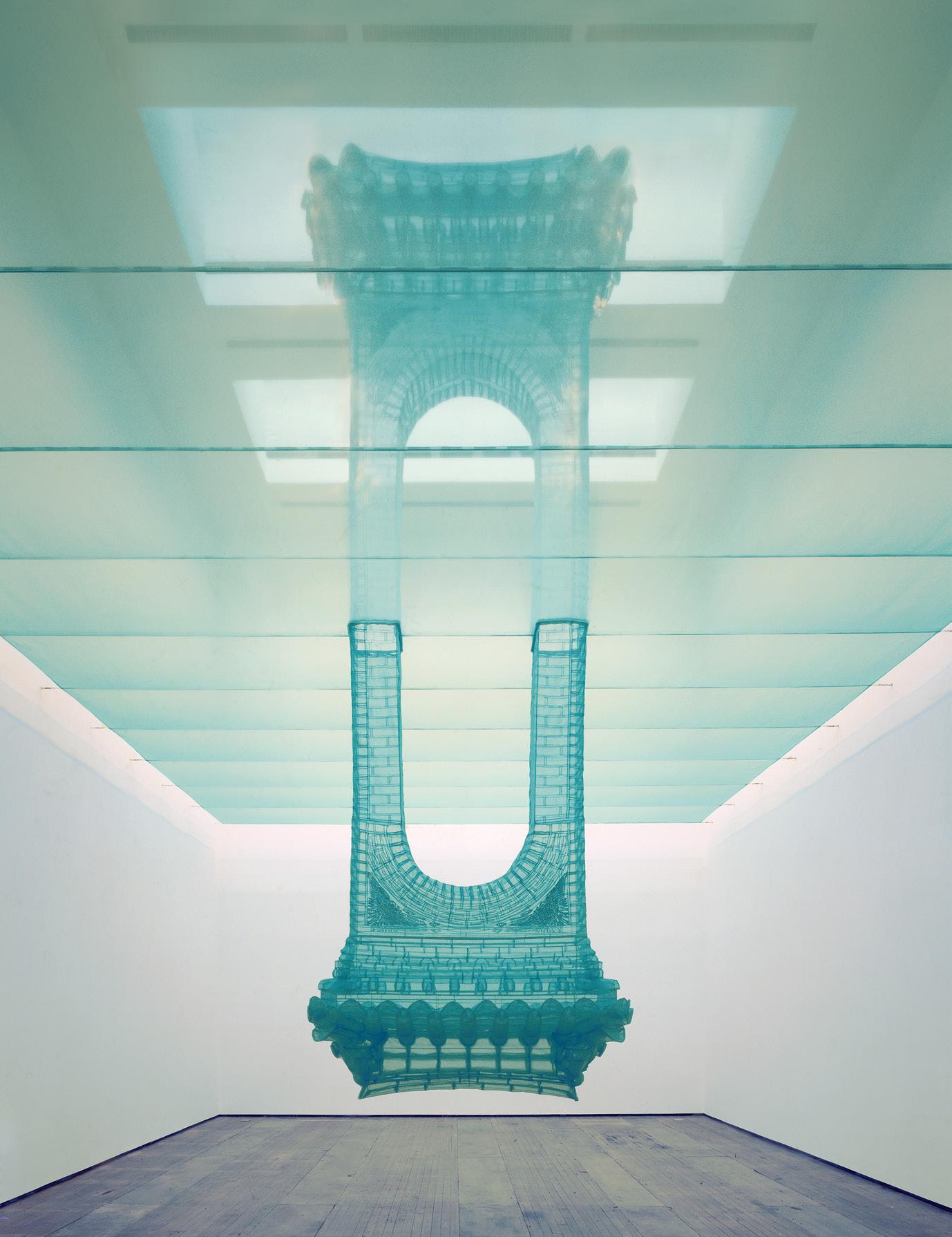
Dynamic Colour Play
Sebastiaan Knot
In 1704, Isaac Newton published Opticks, a key collection of studies into the phenomena of colour, reflection and refraction. He had split white light, and his experiment led to the identification of the range colours visible to the human eye. Newton diagrammatised this as a circular shape – what we now call a colour wheel. Today, 320 years later, in a world dominated by digital media and artificial light, we are still drawn to the rainbow. Sebastiaan Knot (b. 1970) is an abstract photographer who wants “to unravel the mysteries of colour dynamics.” His latest series, Colliding Colours, is about how different people might perceive shifting combinations of blue, green, orange and pink. “I create various contrasts in each image by using complementary hues and switching them around. The space and form stay the same, but your perception will change.” Knot’s works are made with a camera; the initial composition is a blank white space, whilst the colours we see are painted with light. sebastiaanknot.nl
78 Aesthetica art
Sebastiaan Knot, N24597 (2018 - present).
From Colliding Colours
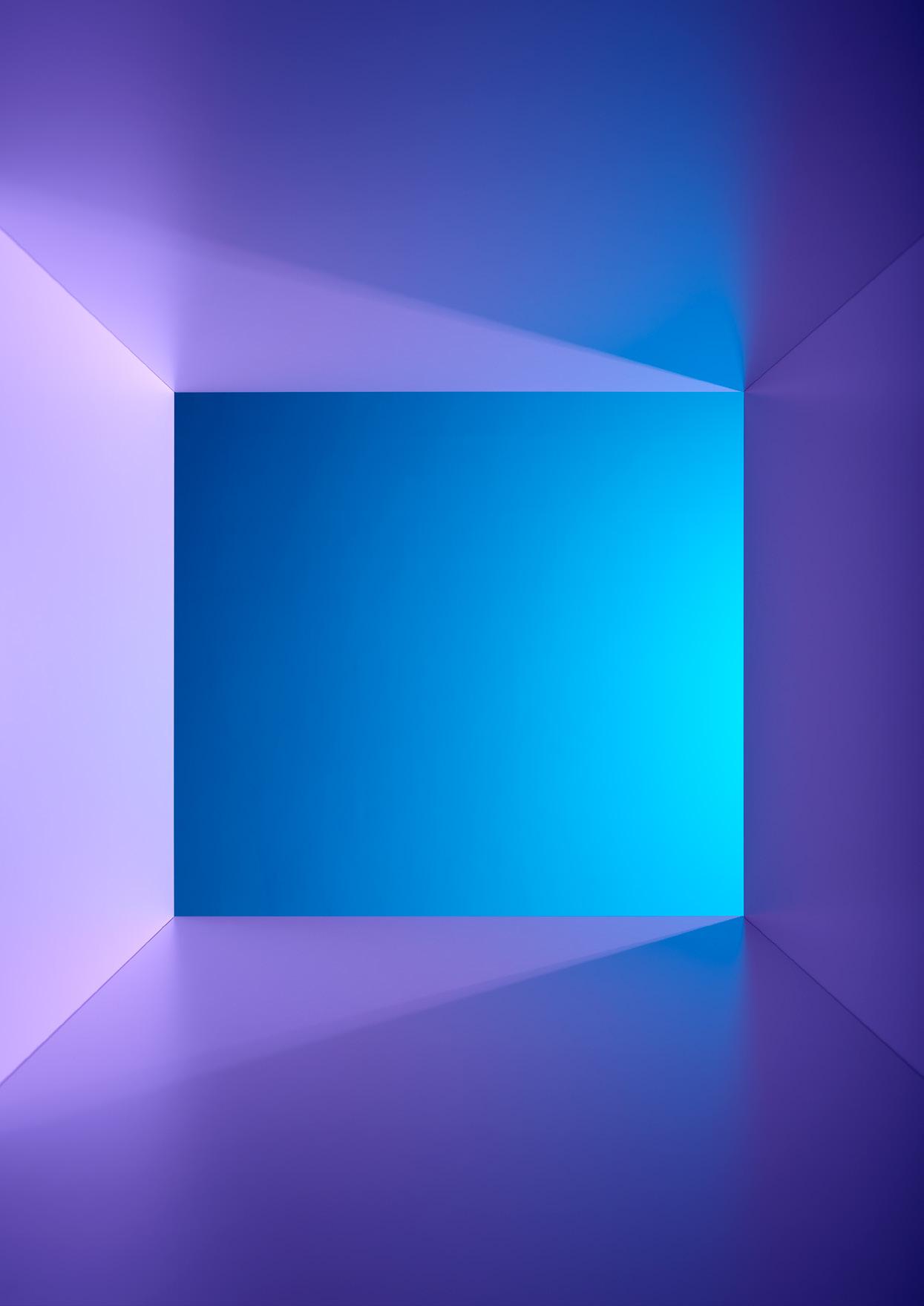
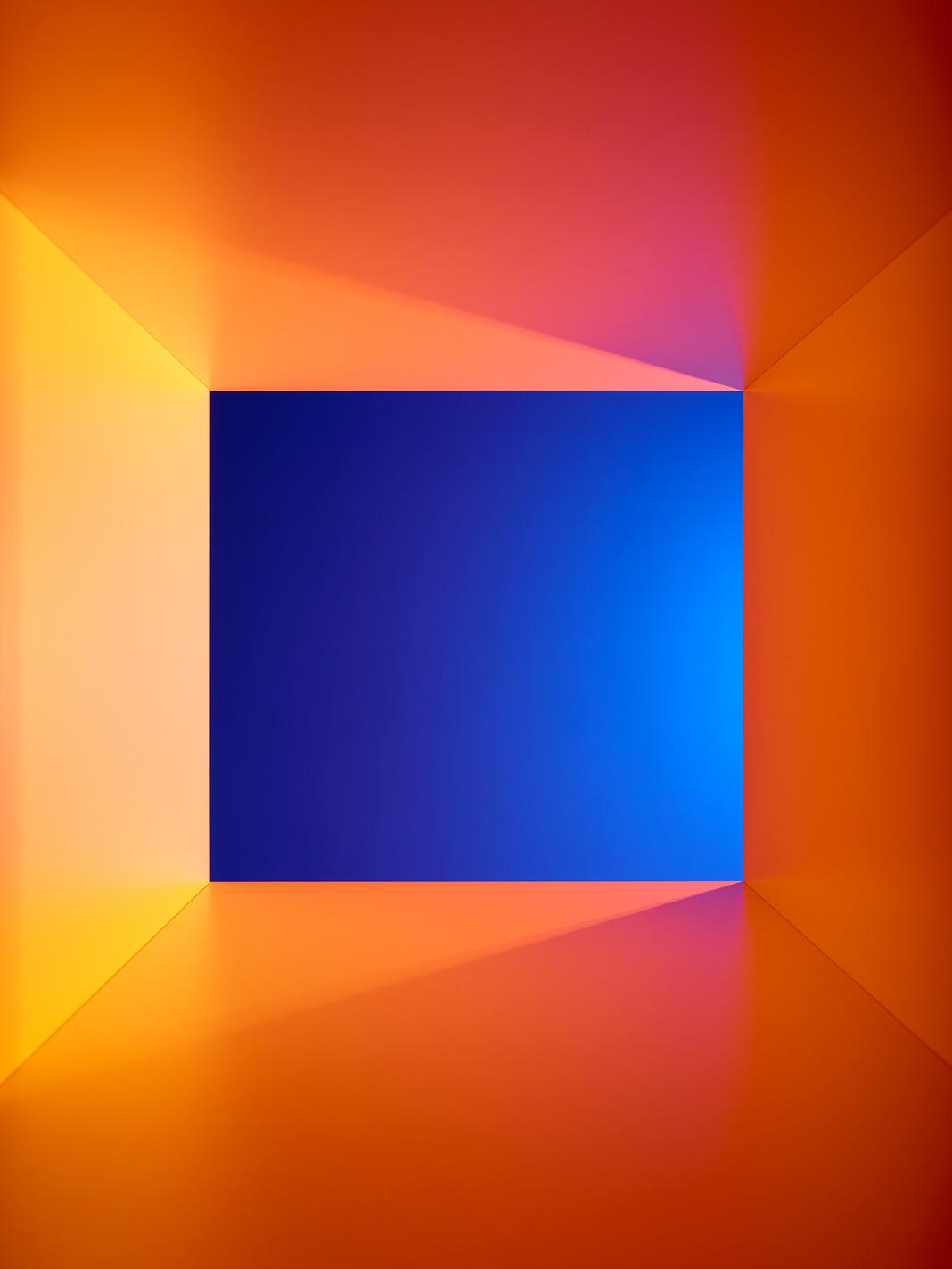
80 Aesthetica
Sebastiaan Knot, N24589 (2022- present).
From Colliding Colours
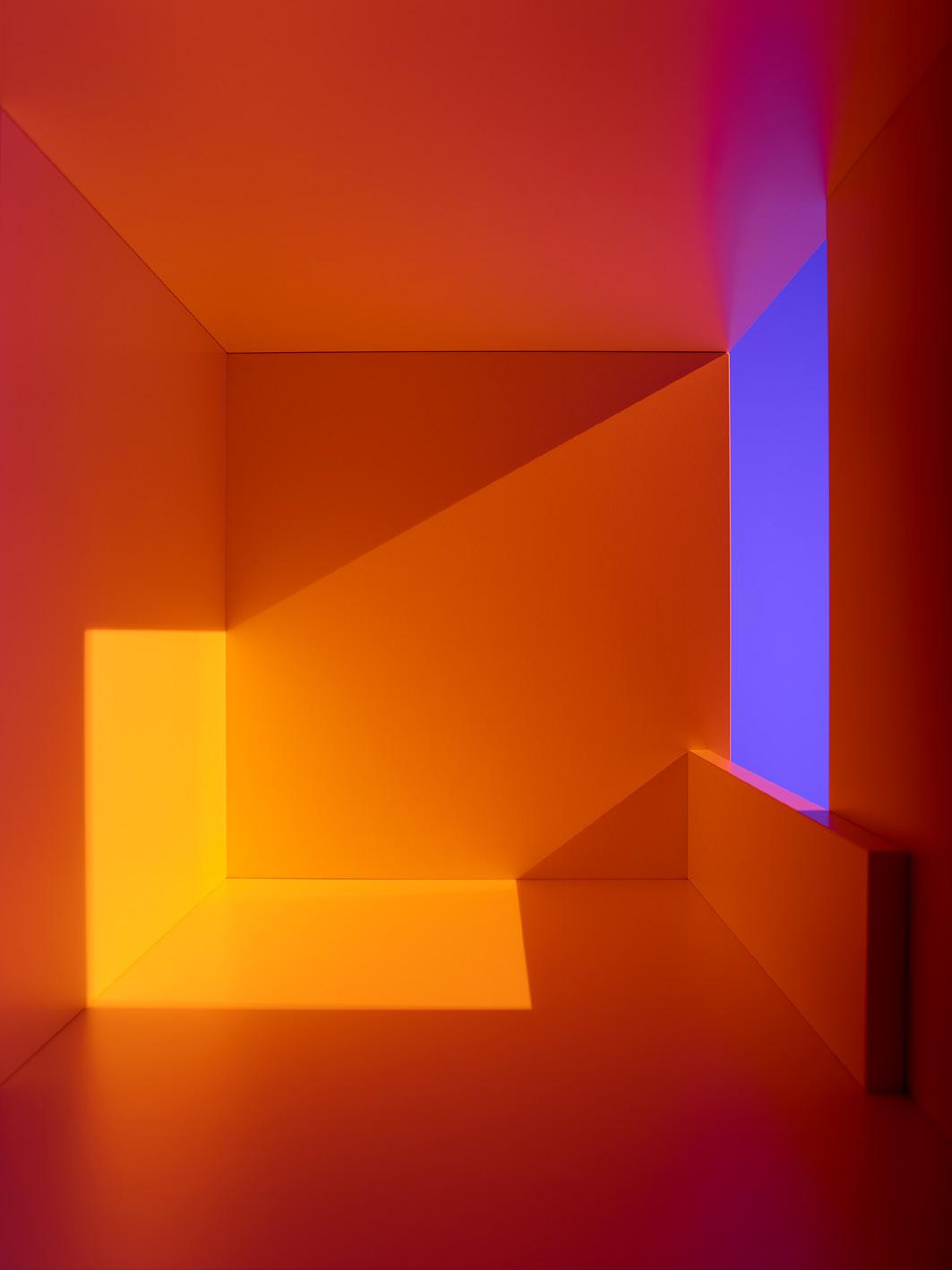
Aesthetica 81
Sebastiaan Knot, N24316 (2018).
From Colliding Colours

82 Aesthetica
Sebastiaan Knot, N52788 (2018- present).
From Colliding Colours
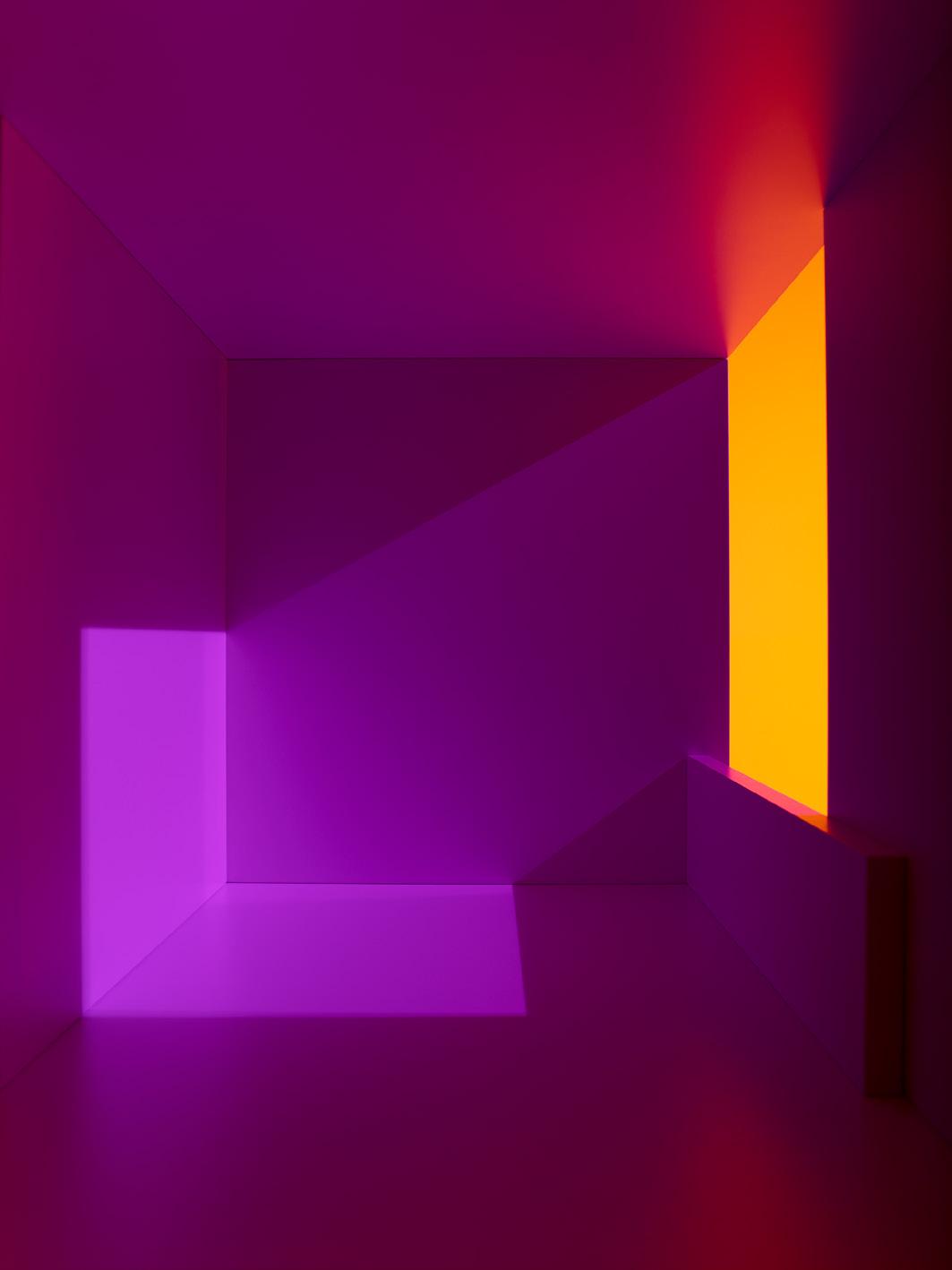
Aesthetica 83
Sebastiaan Knot, N24334 (2018).
From Colliding Colours

84 Aesthetica art
Sebastiaan Knot, N24593 (2022- present).
From Colliding Colours

Aesthetica 85
Sebastiaan Knot, N24320 (2018).
From Colliding Colours

86 Aesthetica
Sebastiaan Knot, N52777 (2018- present).
From Colliding Colours
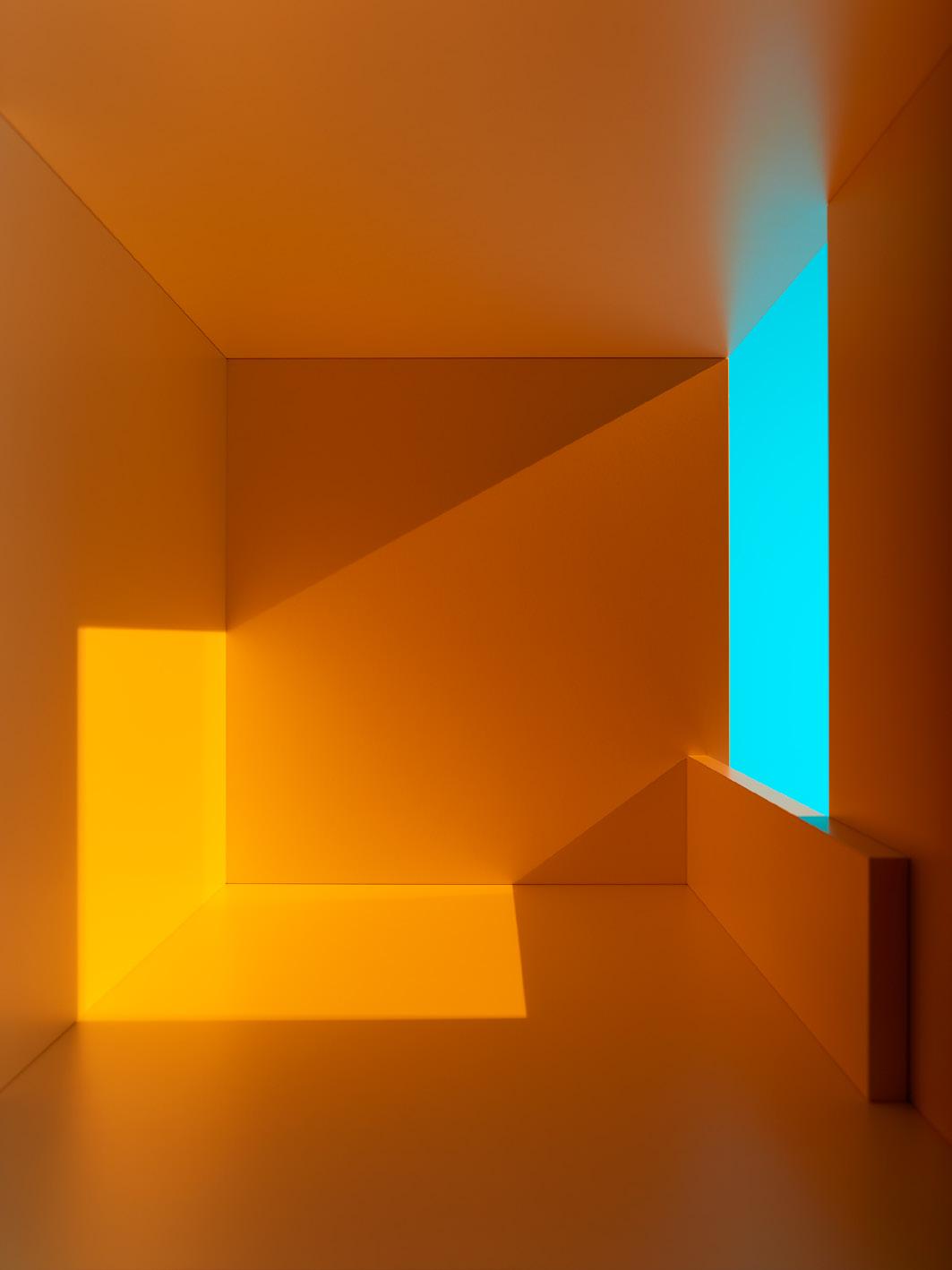
Aesthetica 87
Sebastiaan Knot, N24337 (2018).
From Colliding Colours
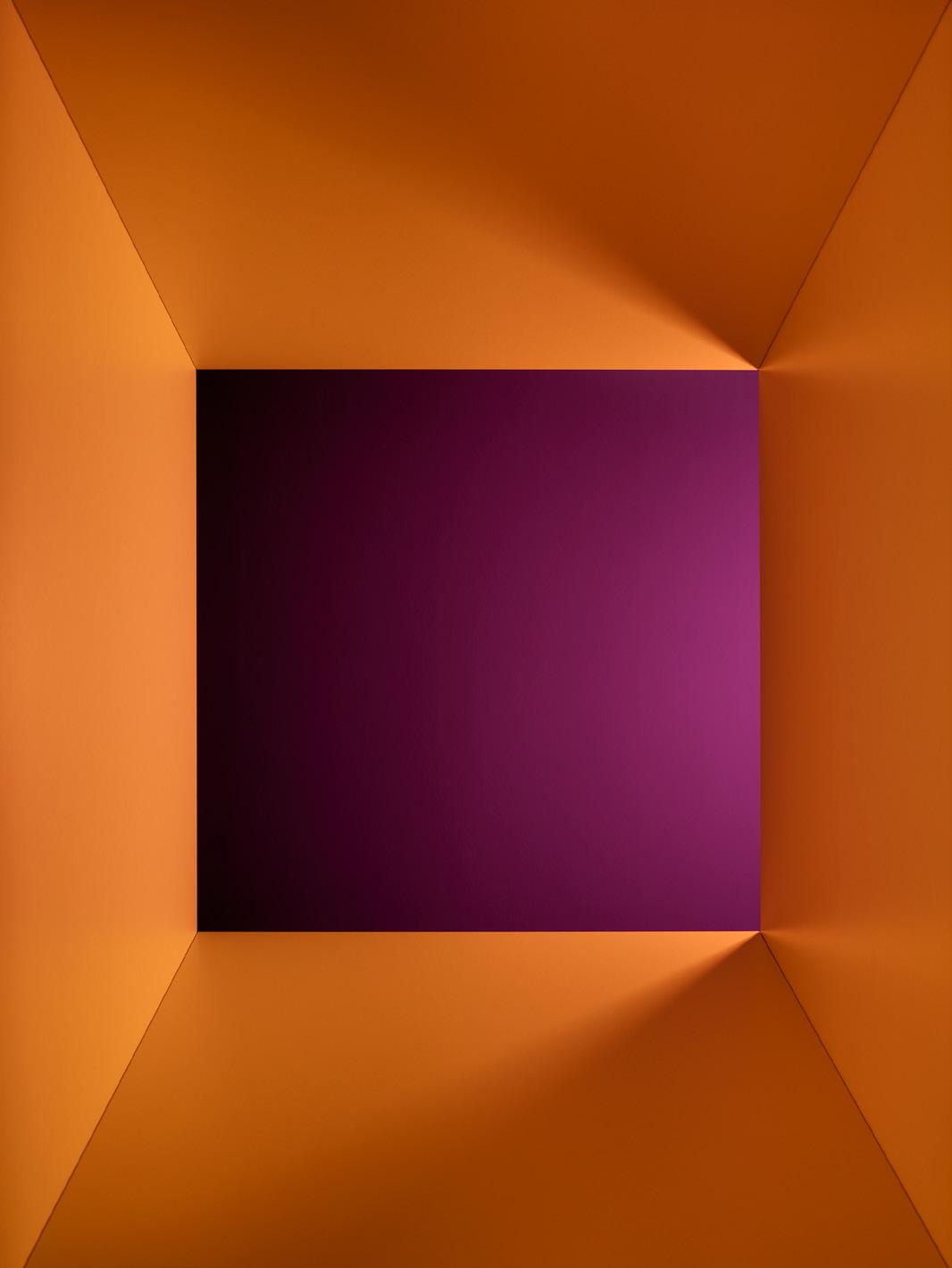
88 Aesthetica
Sebastiaan Knot, N62403 (2018- present).
From Colliding Colours
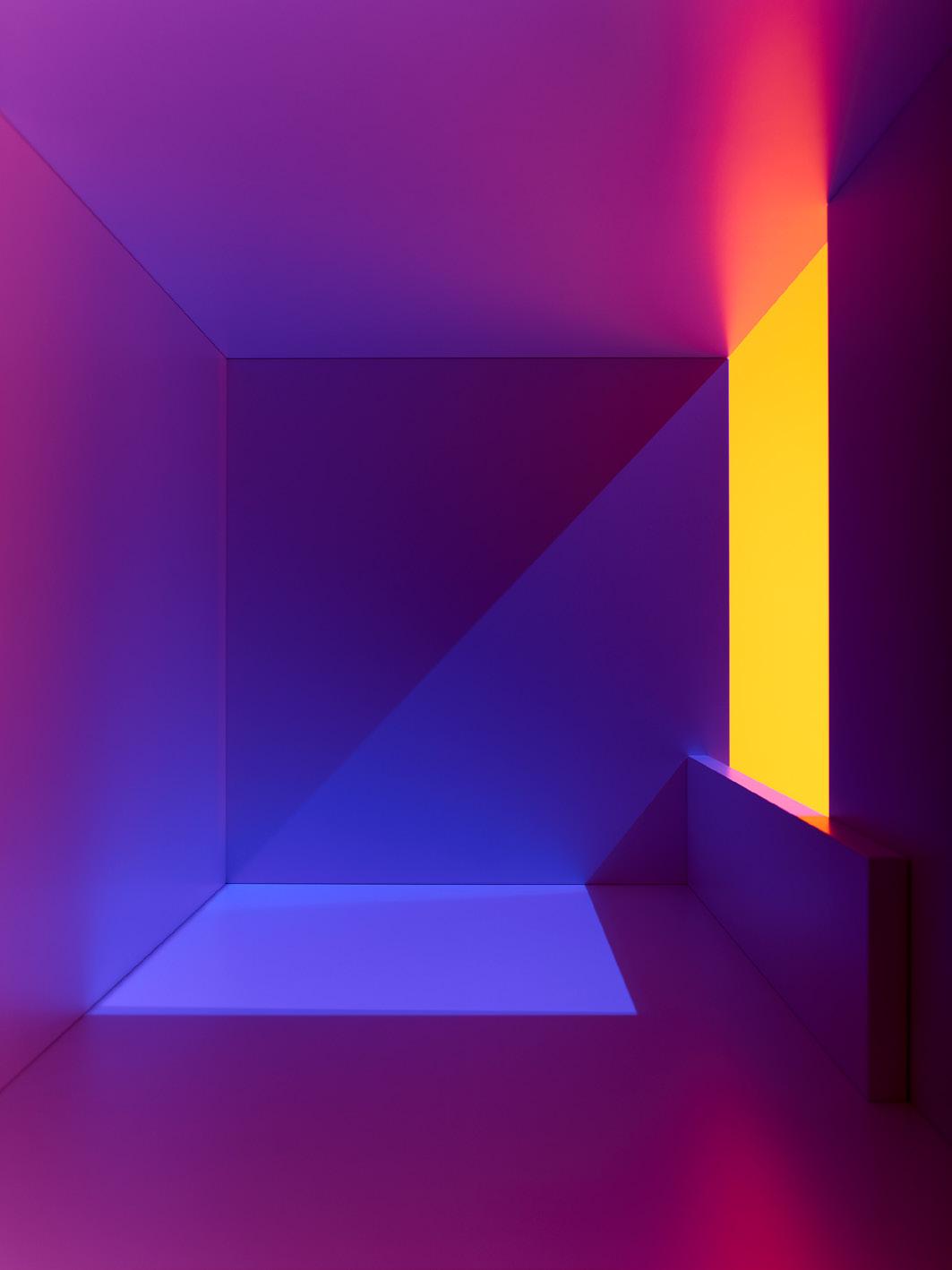
Aesthetica 89
Sebastiaan Knot, N24389 (2018).
From Colliding Colours
Intake of Breath
Belinda Kazeem-Kaminski
A MAJOR NEW EXHIBITION IS DEDICATED TO THE ACT OF BREATHING, REVEALING POLITICAL, ENVIRONMENTAL AND SPIRITUAL SIGNIFICANCE THROUGH MULTIMEDIA.
Breathing is political. Over seven million people die each year from the effects of air pollution, with 91% of the world’s population living in places where outdoor air quality exceeds WHO guideline limits. 8.43 million premature deaths are attributed to it annually, making the air we breathe the largest environmental threat to human health worldwide. In this context, the statement “I can’t breathe” has immense resonance. It’s also a keystone of the Black Lives Matter movement, originating from 2014 and the last words of Eric Garner, a 43-year-old unarmed Black man who was killed after being unlawfully arrested and put in a choke hold by a New York City police officer. These words have been uttered by far too many unarmed Black Americans facing similar fates at the hands of law enforcement. Following the death of George Floyd in May 2020, the phrase became widely known, roaring across the world amidst enormous protests; it carries a grotesquely long history of marginalising carceral systems. In 2024, breathing remains a contested battleground. Today, as Israeli occupation and genocide rages on in Palestine, “I can’t breathe” is an ongoing plea. As one instance: the 77-year-old renowned Palestinian painter Fathi Ghaben recently passed away in Gaza after being denied permission to leave the region to seek medical treatment abroad for chest and lung illness. A few days prior to his death, a relative of Ghaben’s uploaded a video to Facebook in which Ghaben, clearly sick, makes repeated pleas of wanting to breathe. The video was an attempt to build pressure for him to be able to leave for treatment in Egypt, given that Israeli airstrikes had incapacitated the Palestinian healthcare system. Ghaben’s
condition had deteriorated from increased smoke inhalation due to the bombardments. In the end, absolutely nothing was done. Sadly, Ghaben passed away on 25 February 2024. Now, the Irish Museum of Modern Art (IMMA) makes breathing the curatorial focus of a major new exhibition. The artist lineup for Take a Breath, and its accompanying programme, is mammoth: luminaries like Ana Mendieta, Hajra Waheed, Khadija Saye, Lawrence Abu Hamdan, Marina Abramovic and Pamela Singh have works on display. Each piece treats the act of respiration as a nexus of intersecting conditions –being human, of course, with breath being the signal of life; sociopolitical factors that determine air quality and access; the state of the climate; and wider post-colonial and political situations affecting who has the right to breathe freely, or not.
In Take a Breath, multimedia artist, scholar and writer Belinda Kazeem-Kamiński (b. 1980) tenderly approaches these brutal politics through Respire (Liverpool) (2023), a film that “references the precarity of Black breathing and proposes breath as a means of individual and collective liberation.”
Previously shown at the 2023 Liverpool Biennial, curated by Khanyisile Mbongwa, the work shows Black people from the region, all of different ages and genders, blowing into a bright red balloon. A soundtrack made by Kazeem-Kamiński and Bassano Bonelli Bassano, a frequent collaborator, plays in the background. It’s a slower, mellower rendition of Keep On Keeping On (1971) by American singer-songwriter Curtis Mayfield; this version leaves more room for the sound of wind and, of course, breathing. Some listeners hear the ocean. “It’s quite a journey, starting high up and, then, in the wake
90 Aesthetica art
´
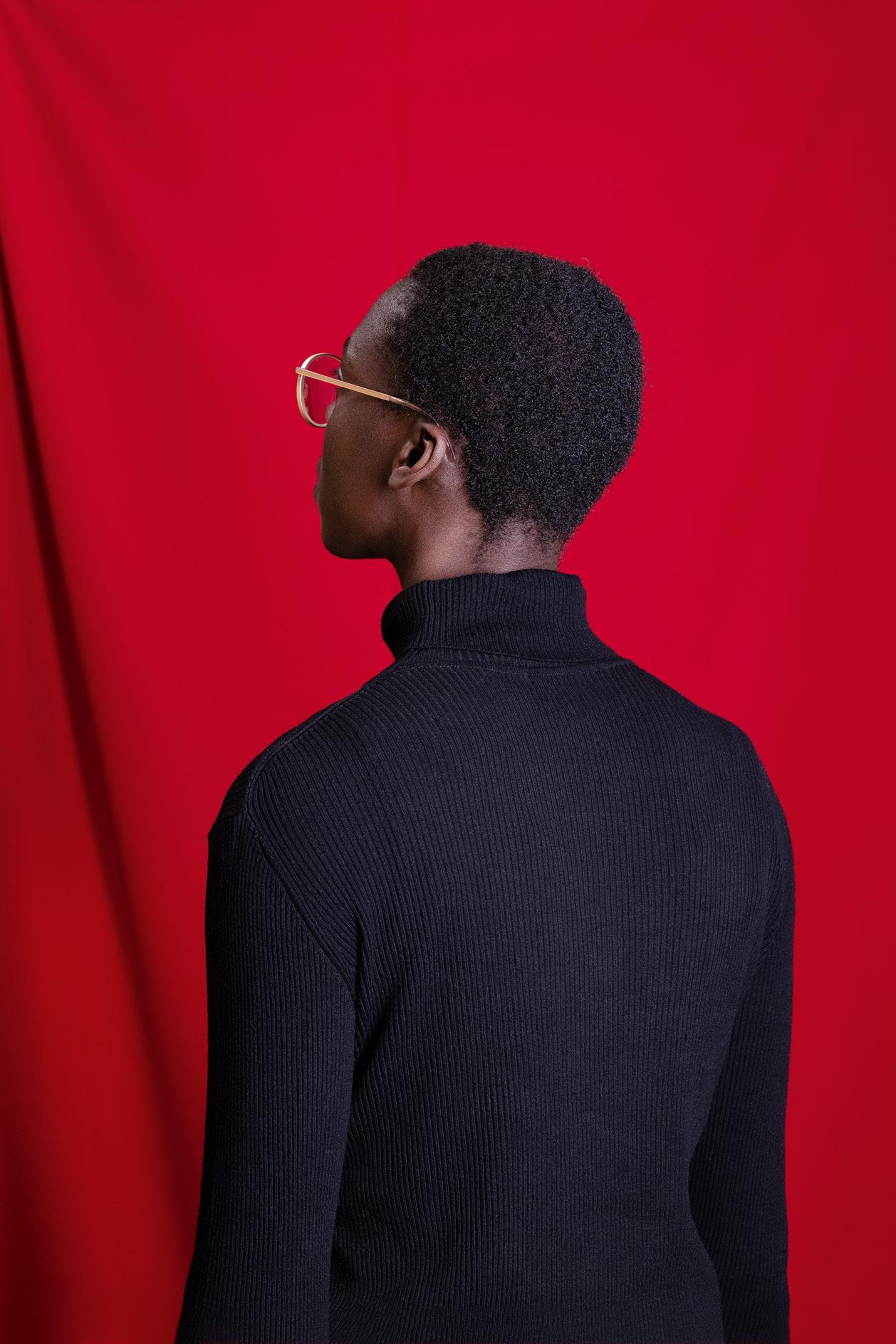
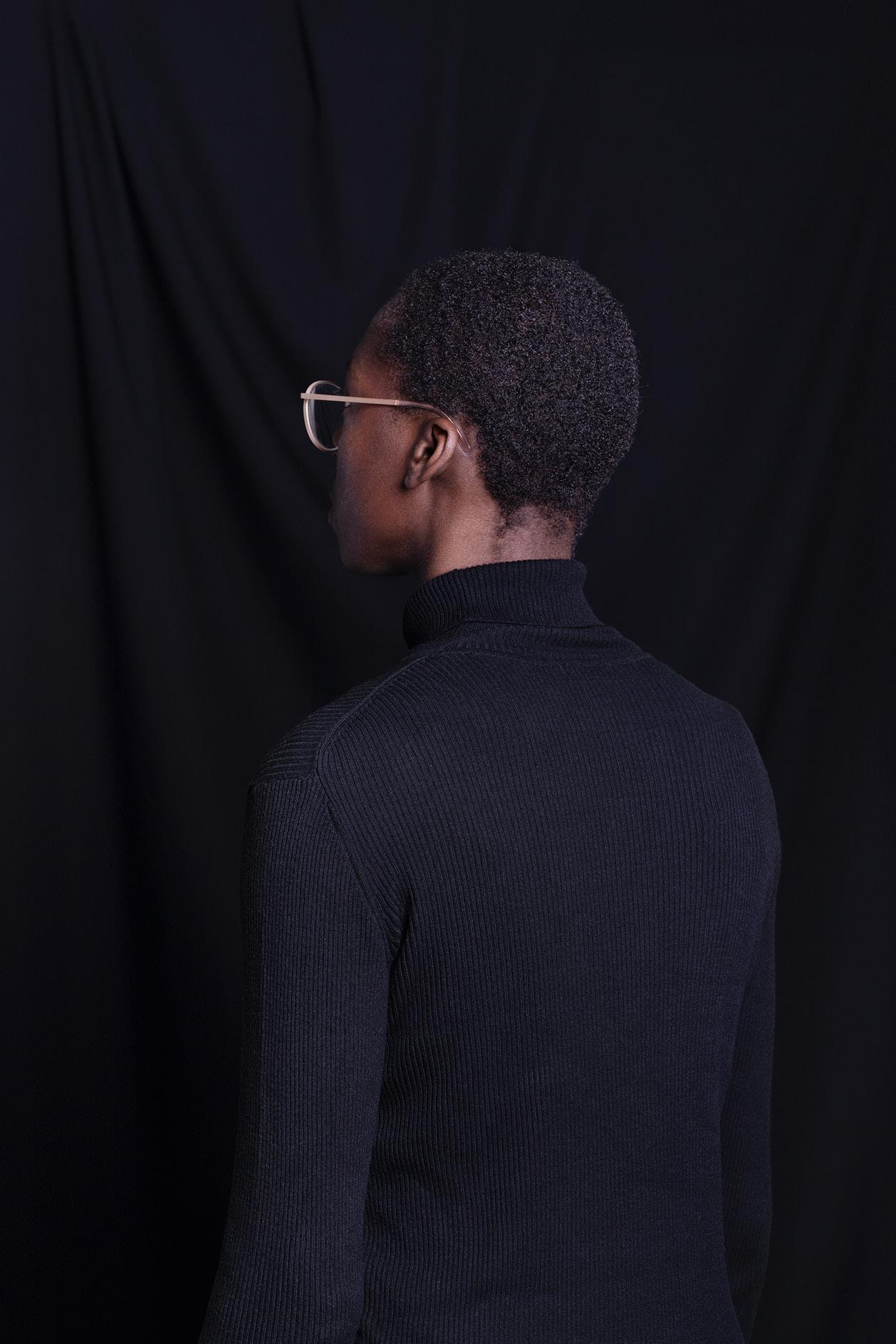
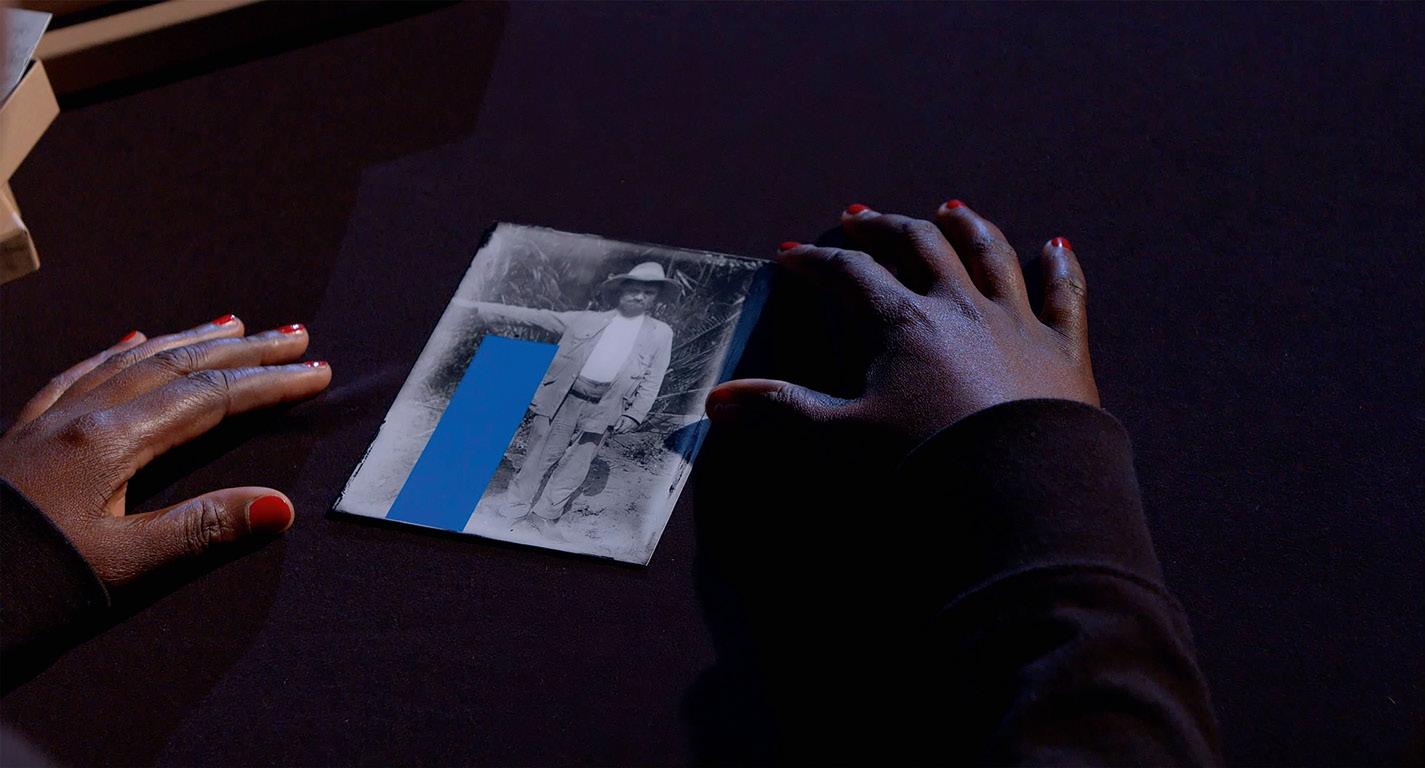
“The whole piece is around this idea of Black breath being precarious. It becomes a kind of instrument, constantly toeing, testing and measuring the line in-between life, death, freedom and oppression.”
of the piece, the sound goes down. You can really feel it in your body; the sound reverberating.” The viewing experience is entire, with the film activating all the senses. Each breath you take feels more pronounced, and one’s heart rate may regulate in tune with the song's peaks and valleys. We’re introduced to a gently controlled, artistic modulation of what it means to experience your body and to be in the moment.
“The whole piece is around this idea of Black breath being precarious,” Kazeem-Kamiński elucidates. “When people first hear about Black breath, they might ask: 'What does it mean, Black breath? Like, is Black breath different than white breath?' But, when we start to speak about Black Lives Matter – and a quote like 'I can’t breathe' – we quickly realise that it has another dimension.” The song Keep On Keeping On was selected, in part, as a metaphor for how Kazeem-Kamiński sees Blackness: as perseverance, continuity and resilience “despite it all.” Here, respiration is at once a gateway to peace and pleasure, and also a “somatic, bodily response to violence.” The pushing of air in and out of our lungs is, at its foundation, merely a mechanism. Yet, it represents a spectrum between “catastrophe and aliveness.” In this film, it becomes an instrument, constantly toeing, testing and measuring the line in-between life, death, freedom and oppression.
and what it is to see or be seen. “Whenever we look at something or someone, we think we know something about them, which, in turn, means we start to categorise, group and objectify whatever, or whoever, it is we encounter. I want to show how this is not an innocent act. There’s a lot of power at play."
page:
Kazeem-Kamiński’s body of work is undergirded by Black feminist theory and the influence of being taught by renowned literature and Black studies scholar Christina Sharpe. It's also informed by authors Octavia E. Butler and Fatima ElTayeb, as well as artists Otobong Nkanga and Yinka Shonibare – her “first art love.” For Kazeem-Kamiński, the present is “of an everlasting colonial past: a past without closure.” As a result, she is fixated on exploring the concept of the gaze,
This idea is a common critique of the colonial origins of anthropology, and it shines through in Kazeem-Kamiński’s photographic series In Search of Red, Black and Green (2021). The subject of this triptych looks beyond the frame and away from our eye line. They are always shown in the exact same position, the only difference being the colour of the backgrounds: red, black and green. The combination is a callback to the many flags of African nation-states, which were established post-colonisation and post-independence. “The three equal horizontal bands, going from top to bottom, constitute the tricolour flag variously referred to as the Pan-African flag, the Black Liberation flag and the African American flag – multiple names for one symbol of the liberation of Black people.” Here, colour, subject and gaze come together to connote post-colonial freedom and the Saidiya Hartmancoined “incomplete project” of liberatory resistance amongst the Black diaspora and elsewhere. The three shades are also present in the flags of many Arab states, including Palestine. Today, Kazeem-Kamiński is represented by Wonnerth-Dejaco Gallery, Vienna. But she took a non-traditional route to get there. “I was always interested in art, and I always wrote around this context, but I never did visual work myself. I made my first series in 2013; it was about childhood memories and growing up as a woman of colour in the German speaking context. You can see that I come from research and theory in this first project, because I was just asking people
Aesthetica 93
Previous
© Belinda Kazeem-Kamiński,
In Search of Red, Black, and Green, (2021).
3-C prints on paper, each 80 x 119.3 cm.
Left:
© Belinda Kazeem-Kamiński,
In Search of Red, Black, and Green, (2021).
3-C prints on paper, each 80 x 119.3 cm.

for childhood memories." Her practice remains investigative, research-based and process-oriented, exploring the gaps in public archives and filling voids in their collections. Still, Kazeem-Kamiński's practice defies categorisation. "I'm not an historian … that’s not what I’m really interested in. I want to bring marginalised viewpoints right into mainstream society.”
The artist studied International Development, focusing on theory, museology and post-colonial studies. This comes through in Unearthing. In Conversation (2017), about AustroCzech missionary, writer and ethnographer Paul Schebesta (1887-1967). The film deals with the violent history of archival material and the trauma of colonisation. "I stumbled across a photograph that shows him and an African man. I asked myself: how is it possible to speak about the violence I see here, without reproducing it?" Yet, Kazeem-Kamiński is clear that, sometimes, this can't be done. "The video is about what it means to not succeed, because there is nothing you can do to make this violence go away. But that's the work: finding connections between here and there, then and now ... understanding what these people and events mean to us."
Other artists in Take a Breath echo the themes of Respire and branch elsewhere. Turner Prize-winner Lawrence Abu Hamdan is exhibiting Air Conditioning (2022), which looks at the Lebanese airspace over 15 years, tracking instances of interruption, surveillance and violation, specifically by Israeli aircraft. It’s a work in conversation with the concept of “slow violence”, coined by Rob Nixon in his 2011 book Slow Violence and the Environmentalism of the Poor, which investigates the damage caused by long-term environmental degradation, pollution and environmental racism. There are also pieces engaging with the Anthropocene and Indigeneity.
One of the most famous works on view is Ana Mendieta’s Burial Pyramid (1974), which addresses the body’s relationship to nature. Inhalation and exhalation play a significant role here, as the Earth moves with Mendieta as she breathes. We're reminded of the growing interest in breathwork as a tool for mindfulness; it encompasses various practices and techniques of controlling, slowing and manipulating one’s breath. For some, the words "just breathe" have become cliché, but the subject remains a focal point for researchers looking into how to alleviate symptoms of stress or anxiety. The entire viewing experience of Take a Breath is designed to mirror this sentiment. The final chapter of the show allows its audiences to pause, spend time reflecting – and even meditating – in response to the artwork they have just encountered. It’s a considerate curatorial method that takes care of its viewers. Moreover, it offers a moment for the themes and concepts to sink in. Rather than swiftly moving on to the next part of our day, we're encouraged to digest what we have seen. This strategy is slowly appearing elsewhere. Acts of Creation: On Art and Motherhood at Bristol’s Arnolfini, curated by Hettie Judah, included yoga mats and a colouring and play area for children and mothers. There was also a relaxation and leisure space to draw, sit down and read.
Experiencing art in large institutional exhibitions, especially those which tackle complex and immediate issues, can be intensely overwhelming. As Kazeem-Kamiński’s Respire demonstrates, our bodies can be victims of somatic violence. Our breathing might quicken; we can leave a show not rejuvenated, but drained. It is heartening to see Take a Breath move towards compassionate curation, providing a blueprint for how big topics can be tackled in a mindful yet affecting way.
Words Vamika Sinha
Take a Breath IMMA, Dublin 14 June - 17 March
imma.ie
94 Aesthetica
Right: © Belinda Kazeem-Kamiński, In Search of Red, Black, and Green, (2021). 3-C prints on paper, each 80 x 119.3 cm.
© Belinda Kazeem-Kamiński, Unearthing. In Conversation (2017), video, color + sound, 13 min.
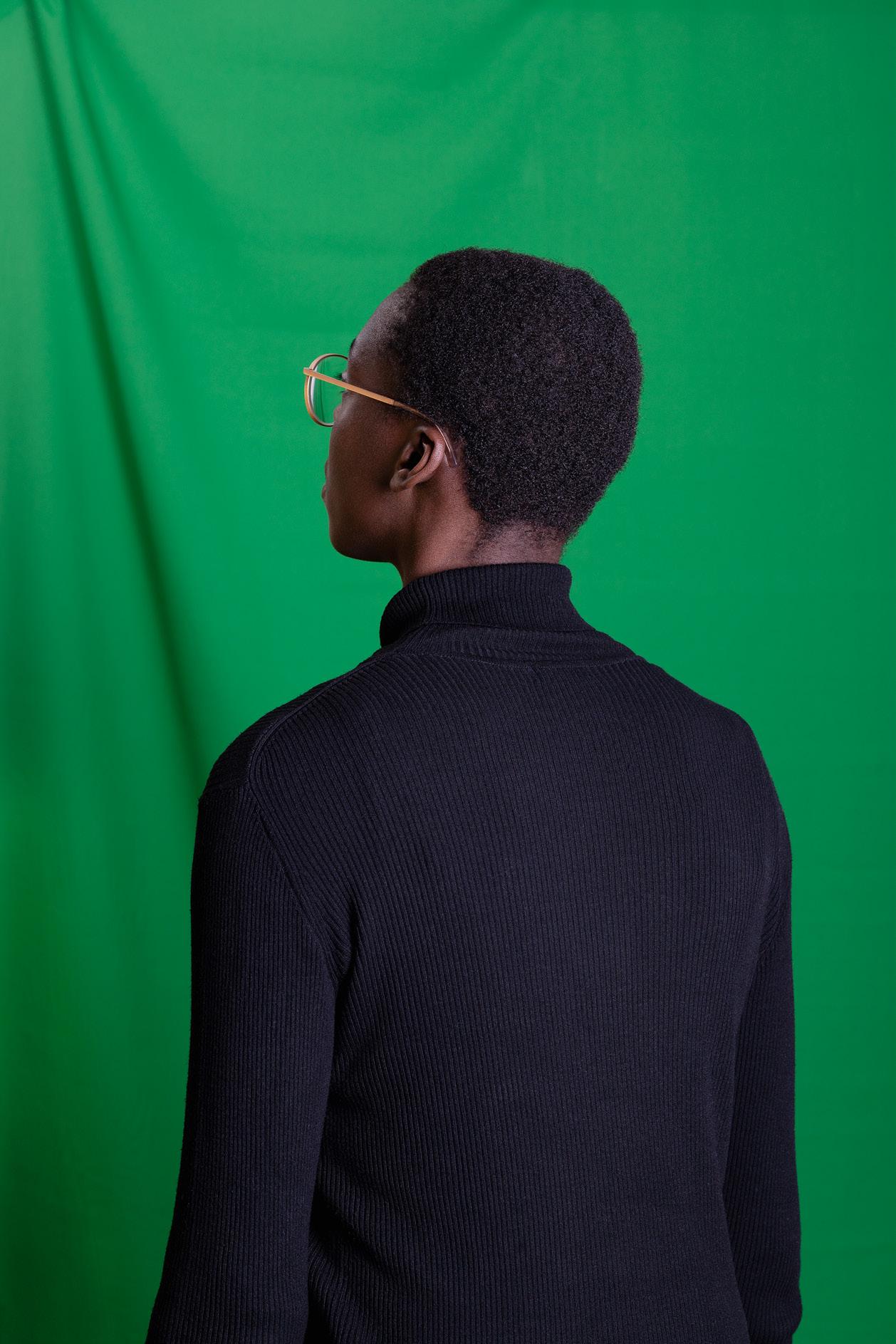
Fictional Immersion
Patricia Pettitt
Patricia Pettitt (b. 1980) started her career as a dancer before moving into photography in 2018. Her background in performance permeates the following pages, in which she appears as an anonymous protagonist navigating various cinematic environments: misty landscapes, otherworldly spaces and retro-styled interiors. Location and character building are central to her staged image-making approach; she is both the author and main character of these mysterious fictional stories. Pettitt's narratives explore concepts of femininity, intimacy, beauty, desire and melancholy. Hall of Mirrors (2019-2020), for instance, examines preconceived notions of womanhood and how they affect the way female-identifying individuals see and present themselves in society. It’s all about the concept of “keeping up appearances.” Eclipse (2022 - present), meanwhile, plunges us into darkness, where deep navy blue and blood red palettes suggest that nothing is as it seems. patriciapettitt.com
96 Aesthetica art
Patricia Pettitt, Orange Grove Image courtesy the artist.
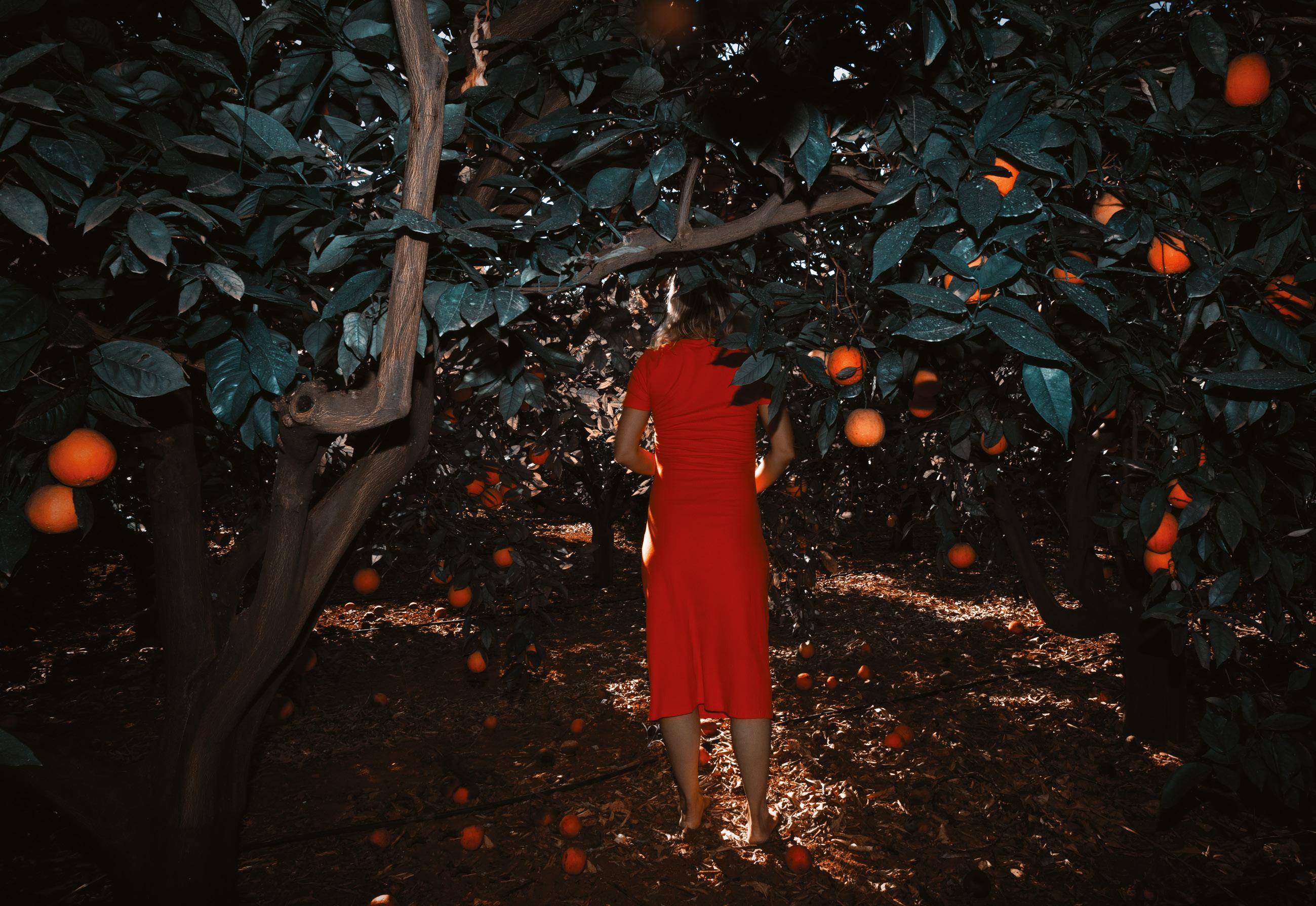
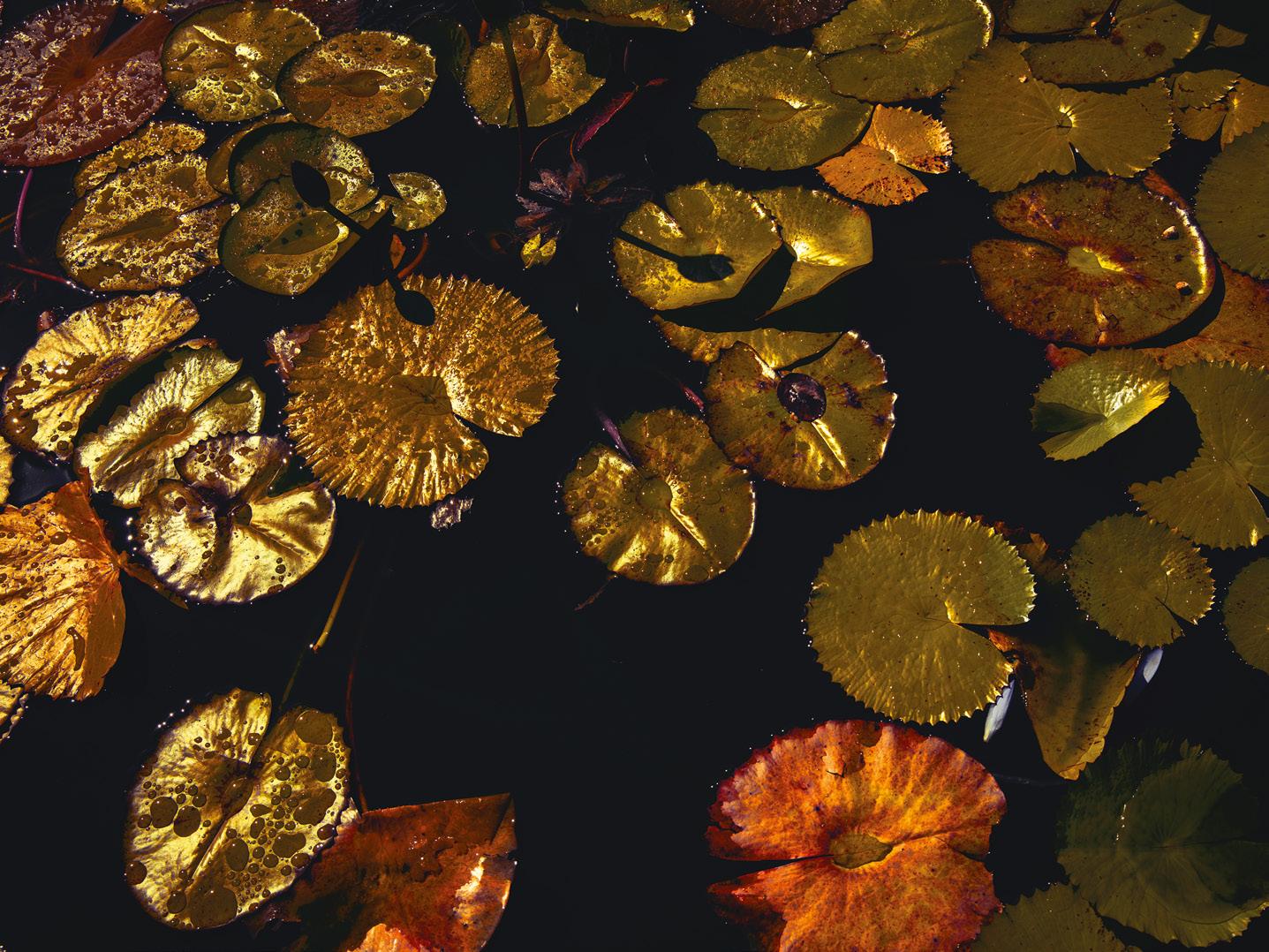
98 Aesthetica
Patricia Pettitt, As Deep As Your Soul Image courtesy the artist..
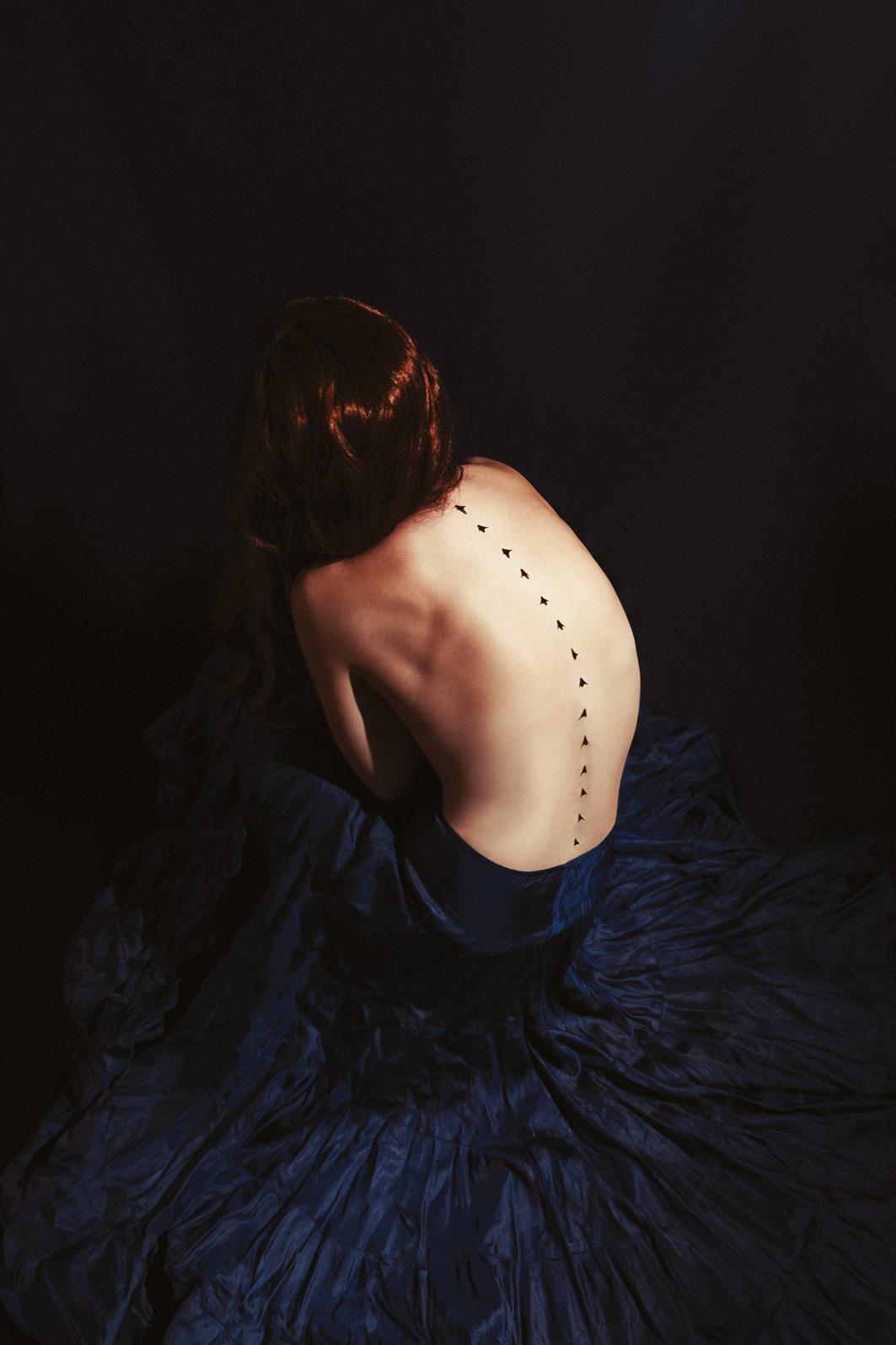
Aesthetica 99
Patricia Pettitt, Sorrow Image courtesy the artist.
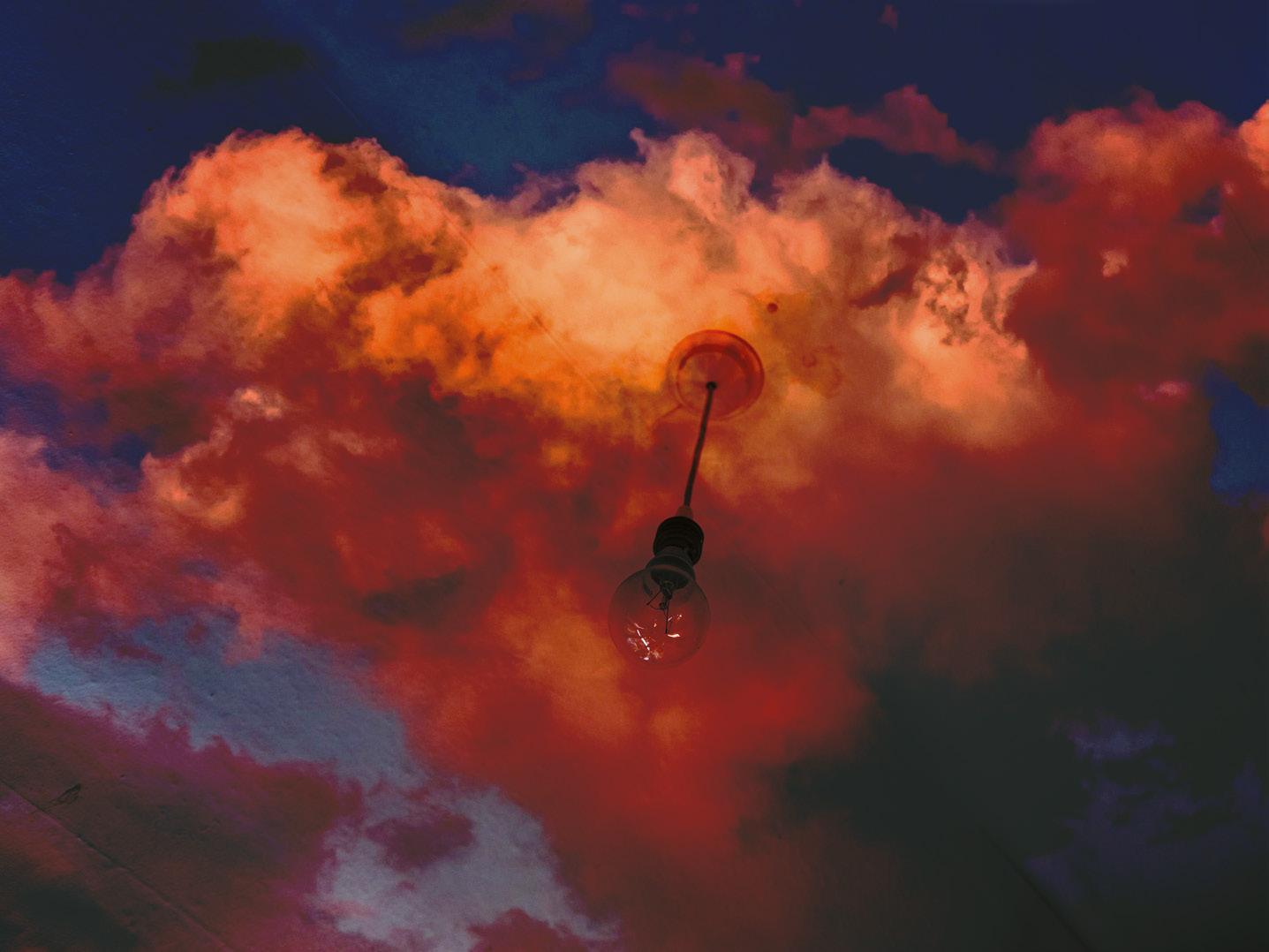
100 Aesthetica
Patricia Pettitt, from Hall of Mirrors Image courtesy the artist.
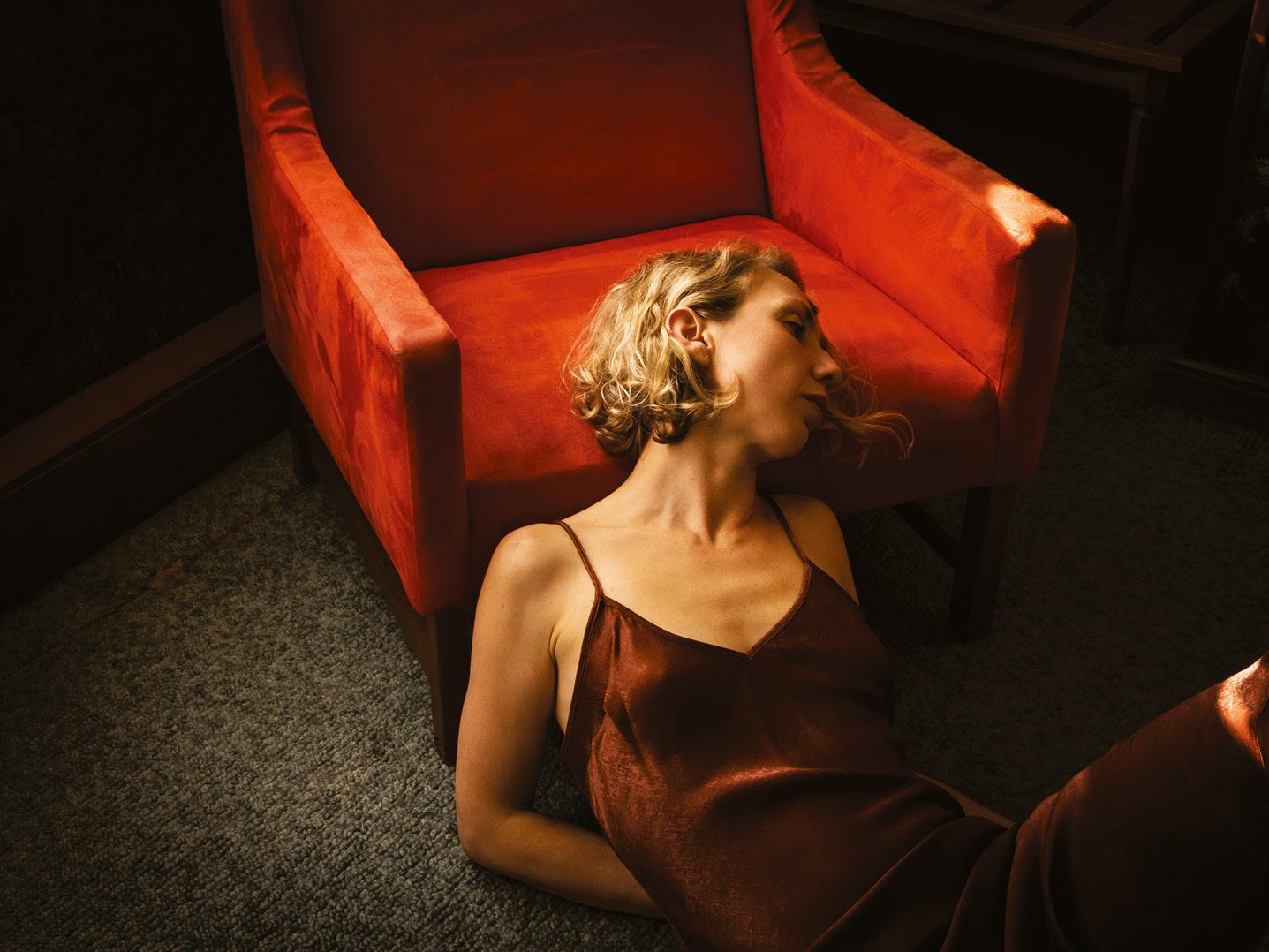
Aesthetica 101
Patricia Pettitt, Melancholy Image courtesy the artist.

102 Aesthetica
Patricia Pettitt, from Eclipse Image courtesy the artist.
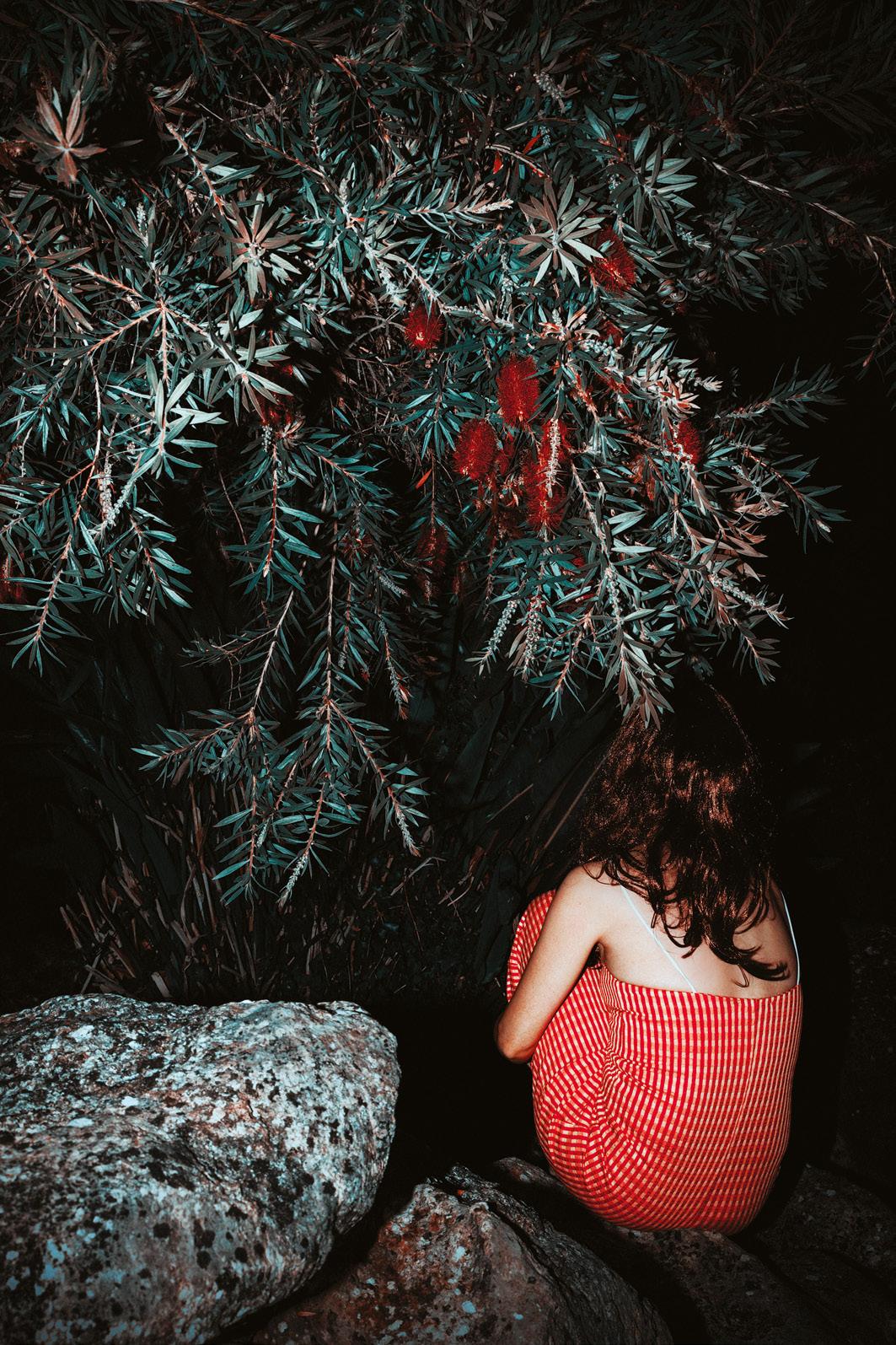
Aesthetica 103
Patricia Pettitt, When Night Falls Image courtesy the artist.
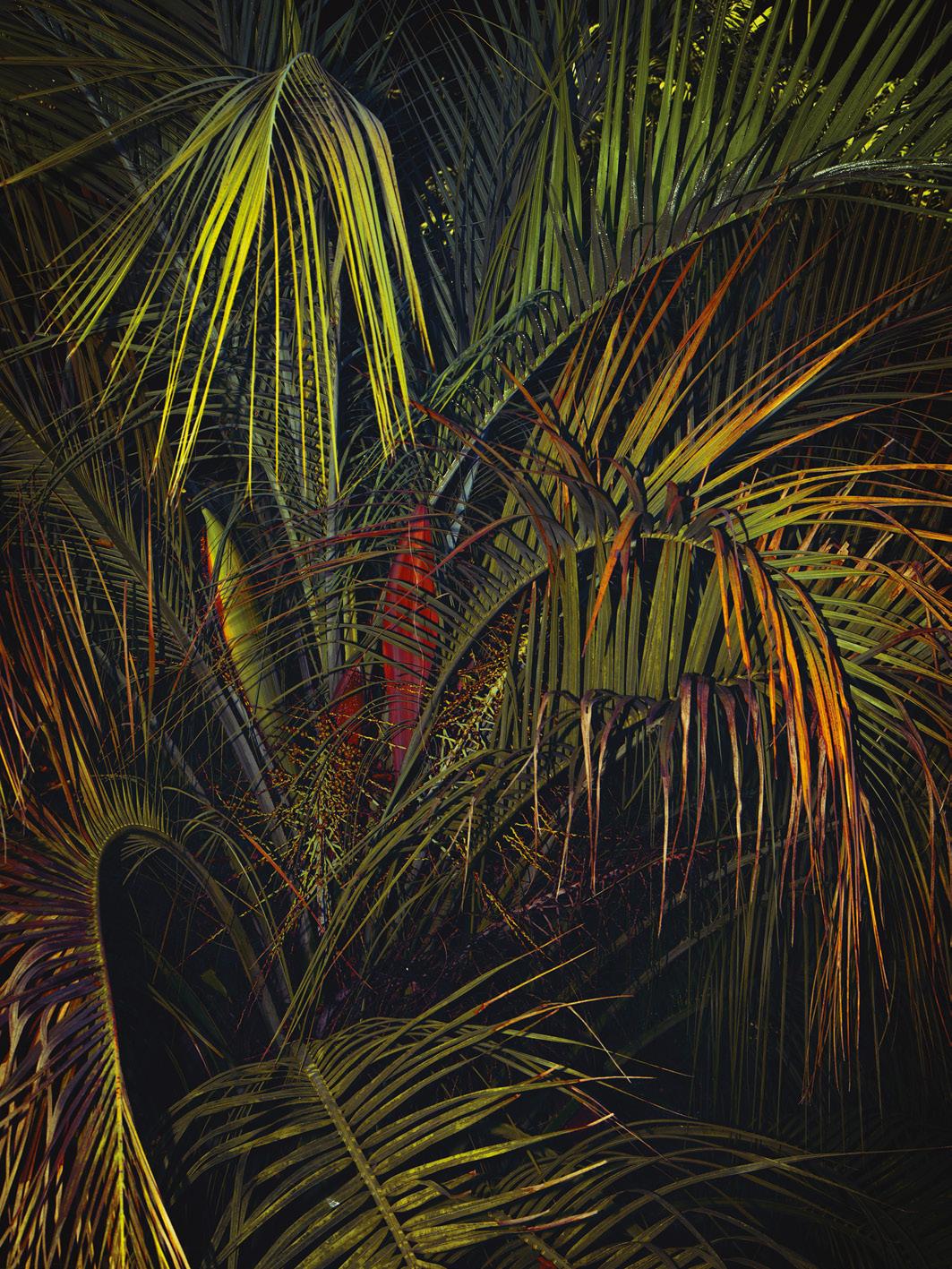
104 Aesthetica
Patricia Pettitt, from Hall of Mirrors Image courtesy the artist.
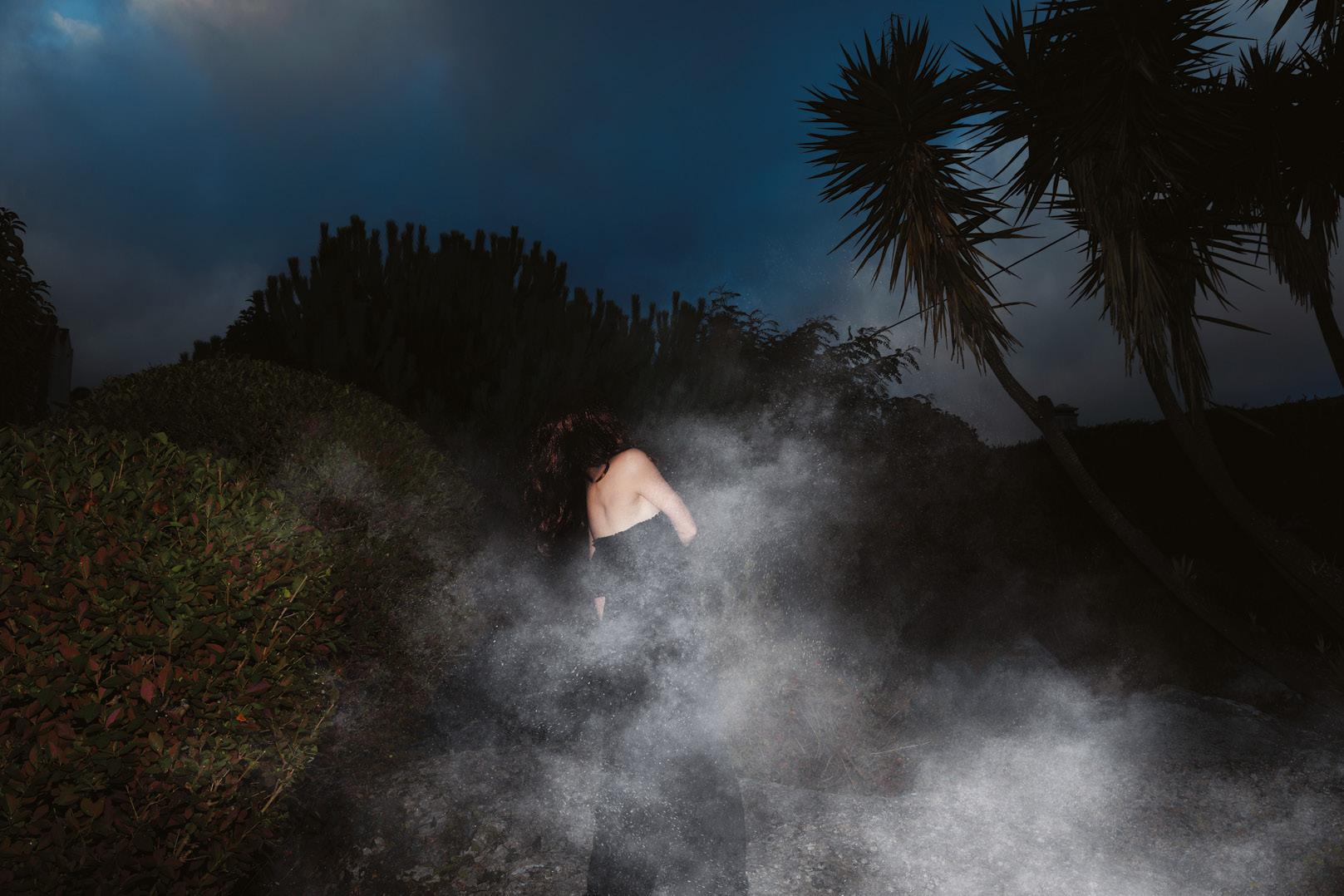
Aesthetica 105
Patricia Pettitt, Self Portrait from Eclipse Image courtesy the artist.
Truths Unearthed
Mackenzie Calle
A GROUNDBREAKING PROJECT COMBINES DOCUMENTARY AND STORYTELLING TO SCRUTINISE THE PAST, PRESENT AND FUTURE OF LGBTQ+ REPRESENTATION AT NASA.
“You can’t be what you can’t see,” is a famous quote from Dr. Sally Ride (1951-2012), the first American woman in space. It sums up the importance of representation and visibility, highlighting how it is crucial for young people, especially those from underrepresented communities, to have role models to whom they can relate. It’s also a neat introduction to Mackenzie Calle’s The Gay Space Agency (GSA), a groundbreaking work of docu-fiction which is inspired largely by Ride. It confronts the past, present and future of the American space programme, and has been recognised internationally by prestigious awards including World Press Photo 2024, Sony World Photography Awards and the Aesthetica Art Prize. Calle looks at the historical exclusion of openly queer astronauts from NASA and how, whilst three have come out after going into space, the agency has still never selected or flown an openly LGBTQ+ astronaut. Moreover, she imagines a possible future where LGBTQ+ individuals form their own fictional space agency, the GSA, offering a counter-narrative to the story thus far. Here, the Brooklyn-based photographer and visual storyteller speaks in-depth about the project, explaining what it was like to navigate the NASA archives, how the series came to life – and truths uncovered along the way.
A: Where did the idea for this project initially come from?
MC: The Gay Space Agency really began with Dr. Sally Ride, the first female American astronaut. I have always looked up to her. She spent so much of her life advocating for women in the STEM fields. I read an article that mentioned she had a female partner of 27 years, Dr. Tam O’Shaughnessy. Not
only that, but Ride came out in her obituary. I have always been interested in science, especially space, so this kicked off extensive research into the history of LGBTQ+ astronauts. Fortunately, the NASA image archive is in the public domain. I began editing its pictures to speak to the exclusion of the queer community from the Astronaut Corps. A couple of months later, I came across the nonprofit STEM outreach programme Out Astronaut and, through them, I photographed aspiring LGBTQ+ astronaut Brian Murphy during their initial training sessions. That was when the series really came to life.
A: What are some of the most surprising or confronting truths you learned whilst researching the subject matter?
MC: Discovering that NASA has still never selected or flown an openly LGBTQ+ astronaut, and uncovering the systematic exclusion over the last six decades. Most people have no idea; I didn’t until three years ago! During my research, I found an article by Francis French that mentioned early astronauts taking a heterosexuality test, via the Rorschach inkblots, in which they were expected to see feminine anatomy. Delving further into NASA’s astronaut selection criteria, I found that heterosexuality was also ranked on a second psychological test, the Edwards Personal Preference Schedule. In 1994, former flight surgeon and psychiatrist Dr. Patricia Santy recounted in her book that NASA insisted homosexuality be a disqualifying characteristic for astronauts. Even as recently as 2022, a study found that Space Shuttle astronauts were hesitant to come out because it could impact their chance of being put on a flight. I have spoken to many queer people
106 Aesthetica art




whilst keeping it contemporary. It also emphasised the fun and child-like wonder of space, which I wanted to maintain.
A: There must have been a lot of material to sift through. How did you go about selecting what to include in here? It was hard. The NASA image archive has over 200,000 images and more are always being added. On top of that, their website used to time out incredibly quickly – so this work was even more tedious. The document repository has been the most difficult to navigate. There are no resources with titles like “Queer Astronaut”, so it has required extensive investigation. I have spent hundreds of hours researching and reading online, trying to find inaccessible books, trawling through eBay and Etsy for materials, reaching out to people involved in astronaut selection and speaking to LGBTQ+ individuals in space science. Sometimes I would get lucky; one document would open up a whole new avenue for enquiry. For example, I searched almost all the references in the Astronaut Candidate Evaluation bibliography. I then found another that mentioned several flight surgeons. I looked up every one of them for anything that could be relevant. That's where I found Santy, the psychiatrist and NASA flight surgeon, who published a book in 1994. Luckily my partner is a student and could access it through her library. About halfway through I found a single mention of the queer community. It explained how NASA had, in the past, insisted homosexuality be a disqualifying condition for astronauts. So even the smallest bits of information were breakthroughs.
A: You've been recognised by World Press Photo and Sony World Photography Awards 2024. How does it feel?
Aesthetica 109
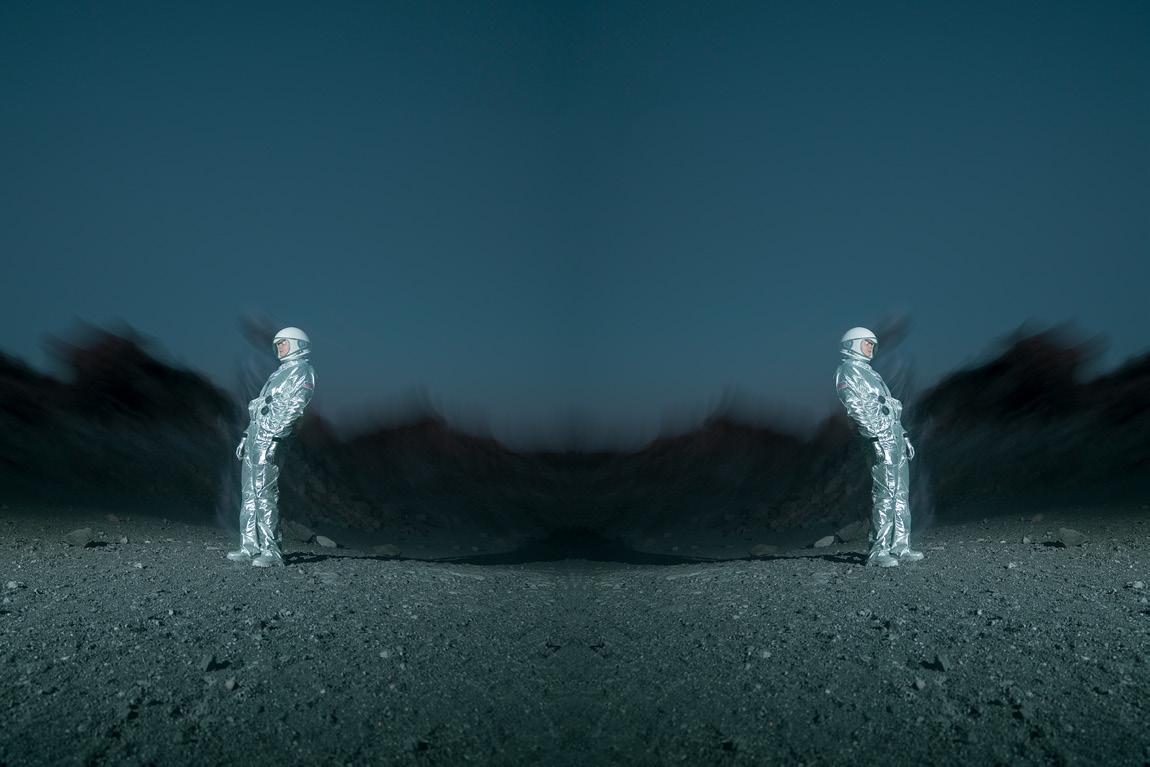
MC: Completely surreal. I never imagined this level of recognition. I have looked up to the winners of both for so long, and to be among them gives me a bit of imposter syndrome. I am still pinching myself. So much of this history has never been studied or shared before, and it is meaningful to see the project take flight and reach wider audiences in this way.
A: How do you see the series developing into the future?
MC: I want to do more research and find more archival materials to share with people – especially students. I'm keen to create images that speak to the home lives of the fictional astronauts within The Gay Space Agency. In so doing, I'll uncover the signifiers and stereotypes of the American family from the 1950s and 1960s, when the astronaut programme began. My ultimate hope is to publish a photobook that includes both staged photographs and historic documentation.
A: In an era of misinformation, how can artists balance the line between telling stories and portraying the facts?
MC: It’s vital to make it clear to an audience what they are looking at – whether it is fact or fiction. Images are more visible than ever, and one iota of misinformation can take on a life of its own. I experimented with how far I could blur the line, and, strangely, the truth often seemed stranger than the fiction. The reality was perceived as something I created, so it became clear that I needed to have a division between the history as it happened – being told this time from the perspective of the queer community – and the imagined Gay Space Agency. There is so much creative possibility between the real and the artificial, but we must be transparent about the nature of how the content was created in the first place.
A: The definition of “documentary” is constantly evolving. Where do you find yourself in relation to the genre?
MC: Before this project, I was a documentary photographer in the traditional sense. But, by necessity of the subject matter, The Gay Space Agency shifted my understanding of the medium. This wasn’t a story that could be told in a conventional manner and still encompass the entirety of the material. The only way to fill in the archival gaps was to recreate based on available information and then imagine our future. Countering this history requires non-traditional methods. However, I’ve found that the fictional images can feel the most true-to-life, even if they're not historically accurate.
A: Who are the photographers that inspire you most? Is there anyone on your radar today that you look up to?
MC: I always come back to Lee Miller and Cristina de Middel. Both of these artists worked in the traditional documentary world but also explored the creative limits of storytelling and imagination. I’ve also been looking at Buck Ellison, Edgar Martins, Max Pinckers and Jonas Bendiksen a lot recently, especially how they navigate truth and fiction. I have always been drawn to the 20th century surrealist movement, so I am fascinated by art from Man Ray, René Magritte and Kay Sage.
A: What’s next for you? Any big plans for 2024 - 2025?
MC: There is still so much work to be done on The Gay Space Agency, and I’m currently working to raise more funding to finish the project and publish a photobook. I also have a couple of other projects currently underway; there’s some more space science, a foray into athletes and a queer project I am working on with my incredible partner, who is a writer.
110 Aesthetica
World
De
Until
Right: The Gay Space Agency © Mackenzie Calle. Project funded with support from the Magnum Foundation Counter Histories Grant. Words Eleanor Sutherland
Press Photo 2024
Nieuwe Kerk, Amsterdam
14 July mackenziecalle.com
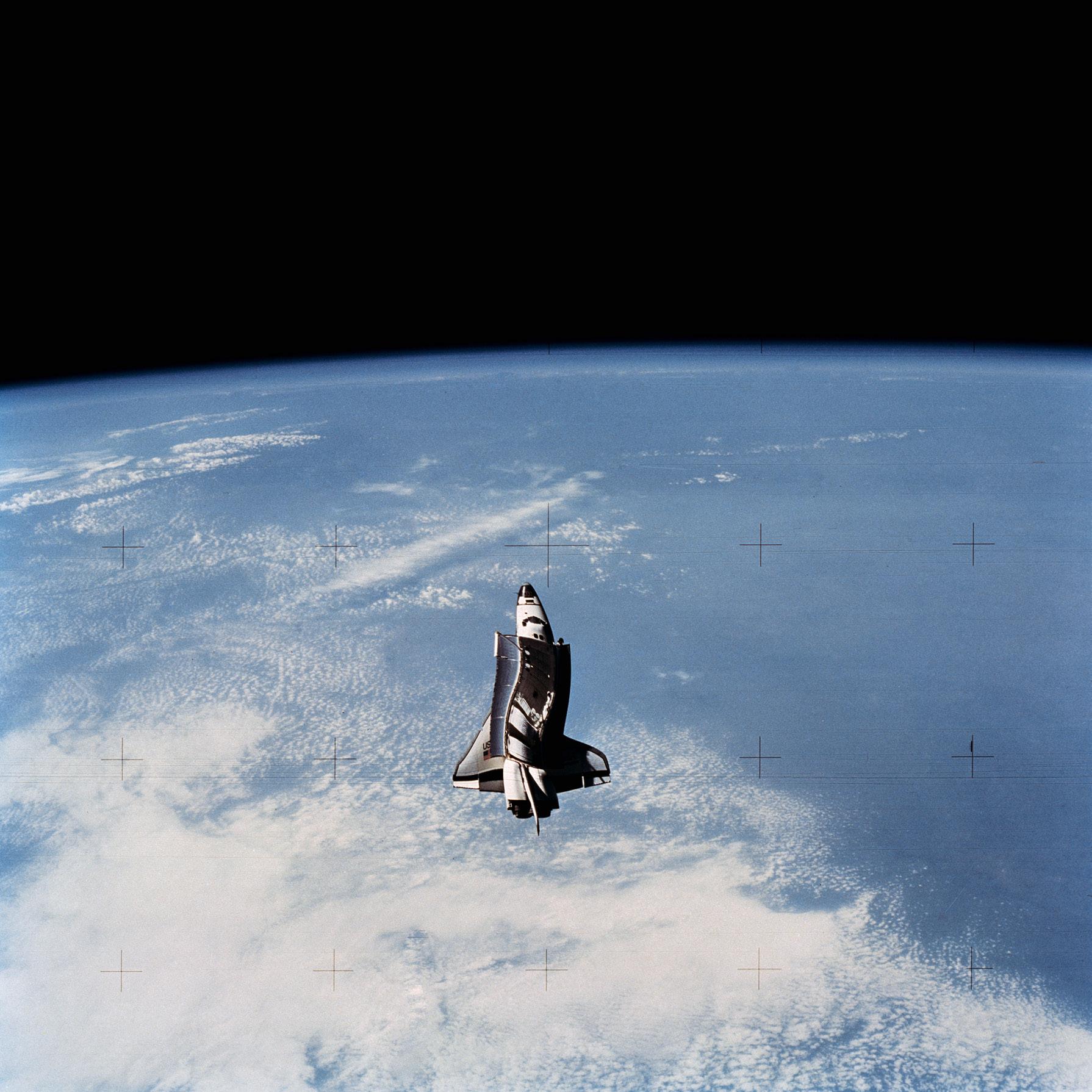
Led by Narrative
Jonas Hafner
“If portraiture were merely about recording how people look, then every photographer with a sharp lens would be a master," writes Phillip Prodger in the book Face Time (Thames & Hudson, 2021). “Instead, it is among the most difficult undertakings in art … the portraitist is an excavator of truth, revealing qualities of which the sitter might not even be aware, or may wish to hide.” Jonas Hafner, a hospital doctor based in Hamburg, is recognised for narrativedriven depictions of people and places. Each scene unfolds as if part of a storybook, from figures lying amidst beet leaves to eyes peering through sky blue garden gates. Hafner excels at creating a palpable sense of mood, and every image evokes a different emotion or ambience. Some are dark, brooding and mournful, with subjects stepping out into cool waters or shrouded in the dark shadow of buildings. Others are playful and experimental – relishing in the freedom of youth, sunlight and green, open fields. aufzehengehen.de
112 Aesthetica art
Image courtesy Jonas Hafner.
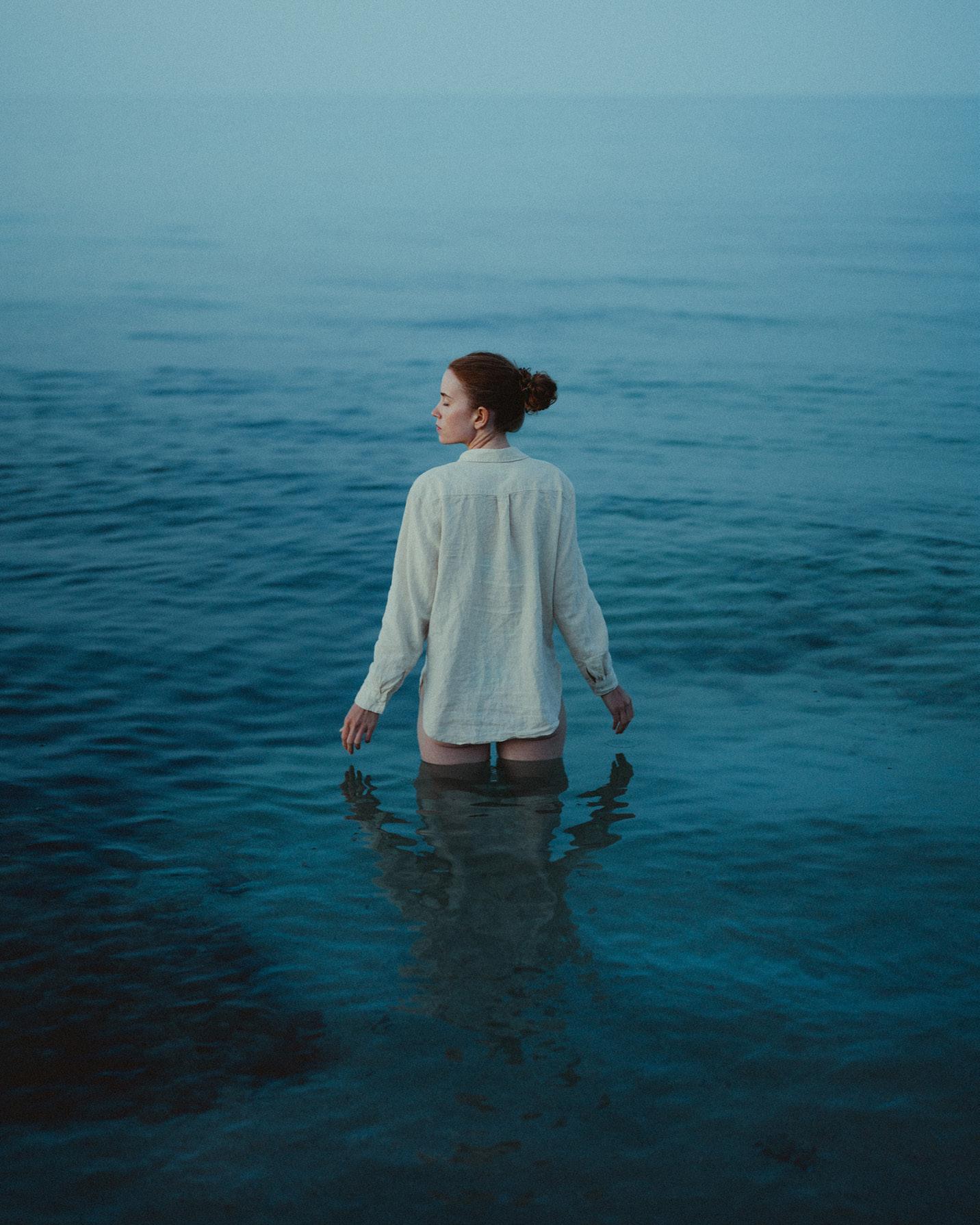
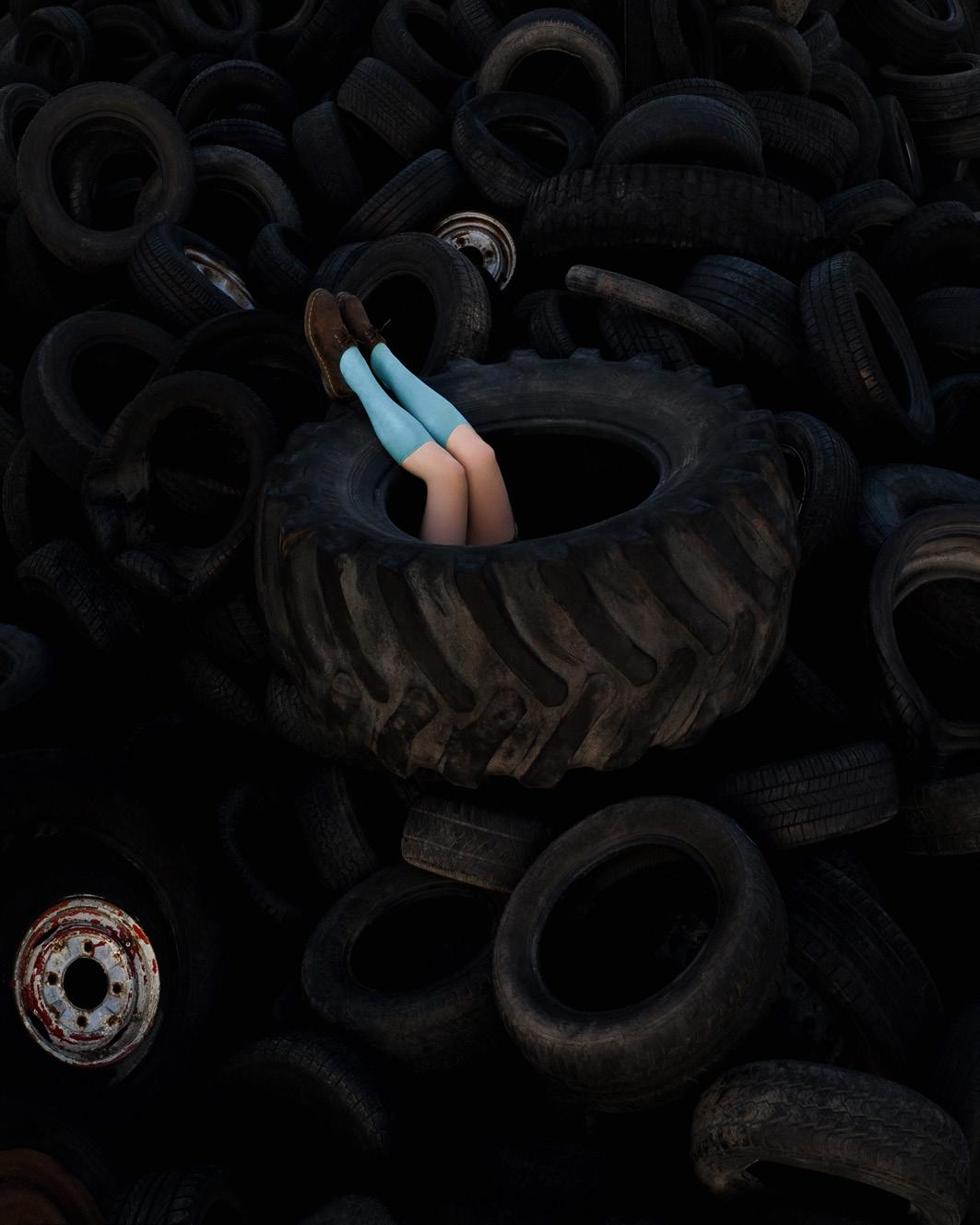
114 Aesthetica
Image courtesy Jonas Hafner.

Aesthetica 115
Image courtesy Jonas Hafner.

116 Aesthetica
Image courtesy Jonas Hafner.

Aesthetica 117
Image courtesy Jonas Hafner..
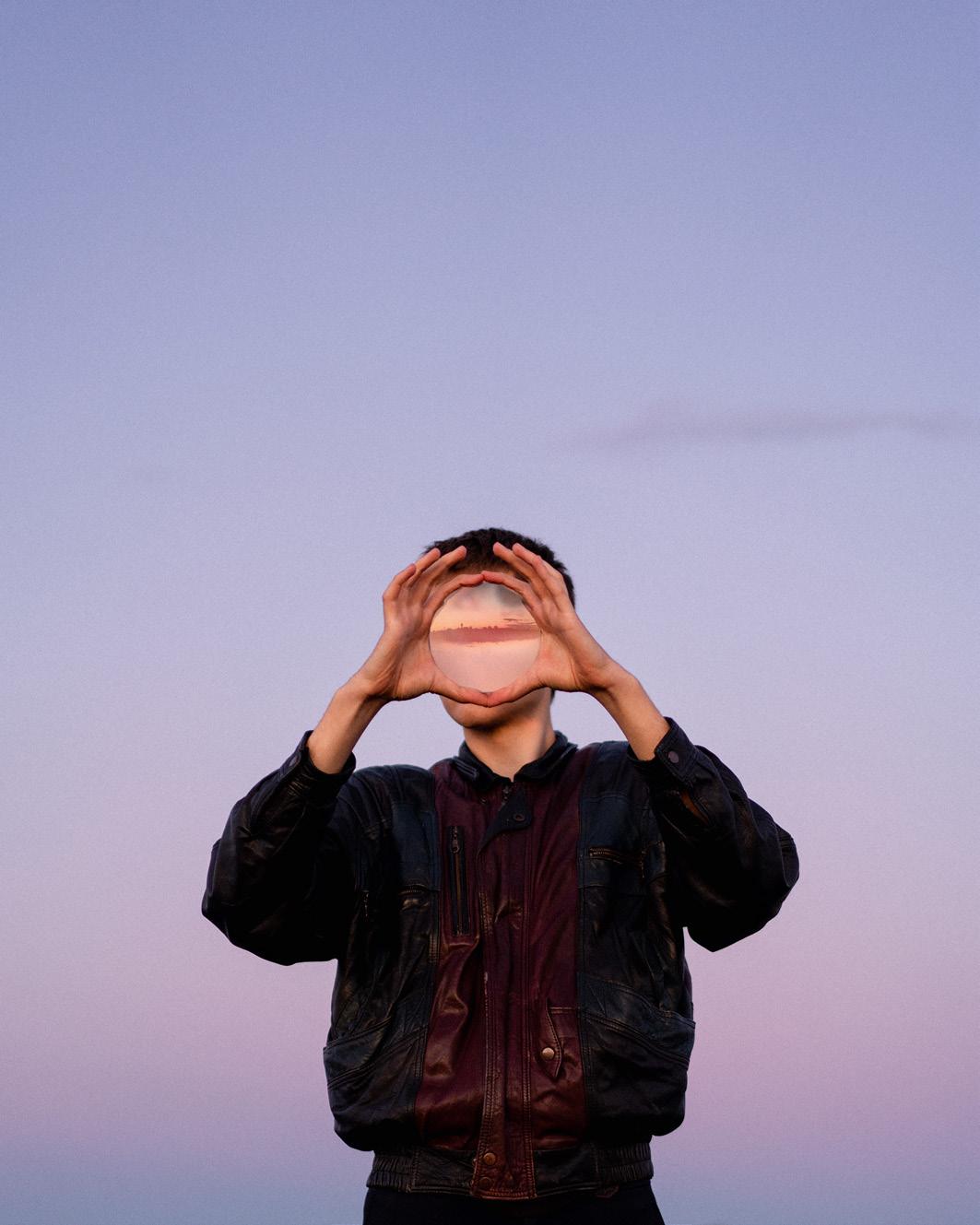
118 Aesthetica
Image courtesy Jonas Hafner.
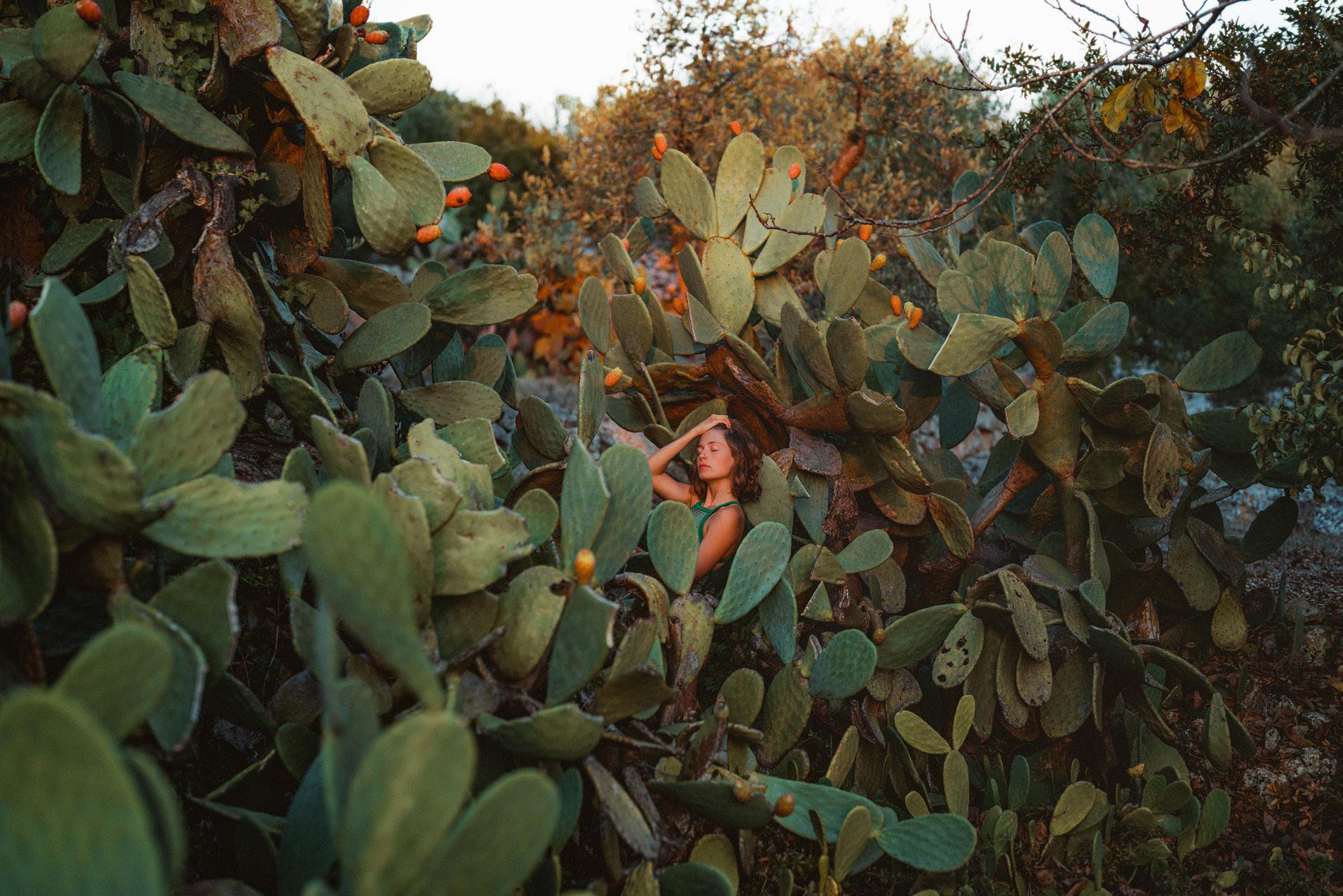
Aesthetica 119
Image courtesy Jonas Hafner.
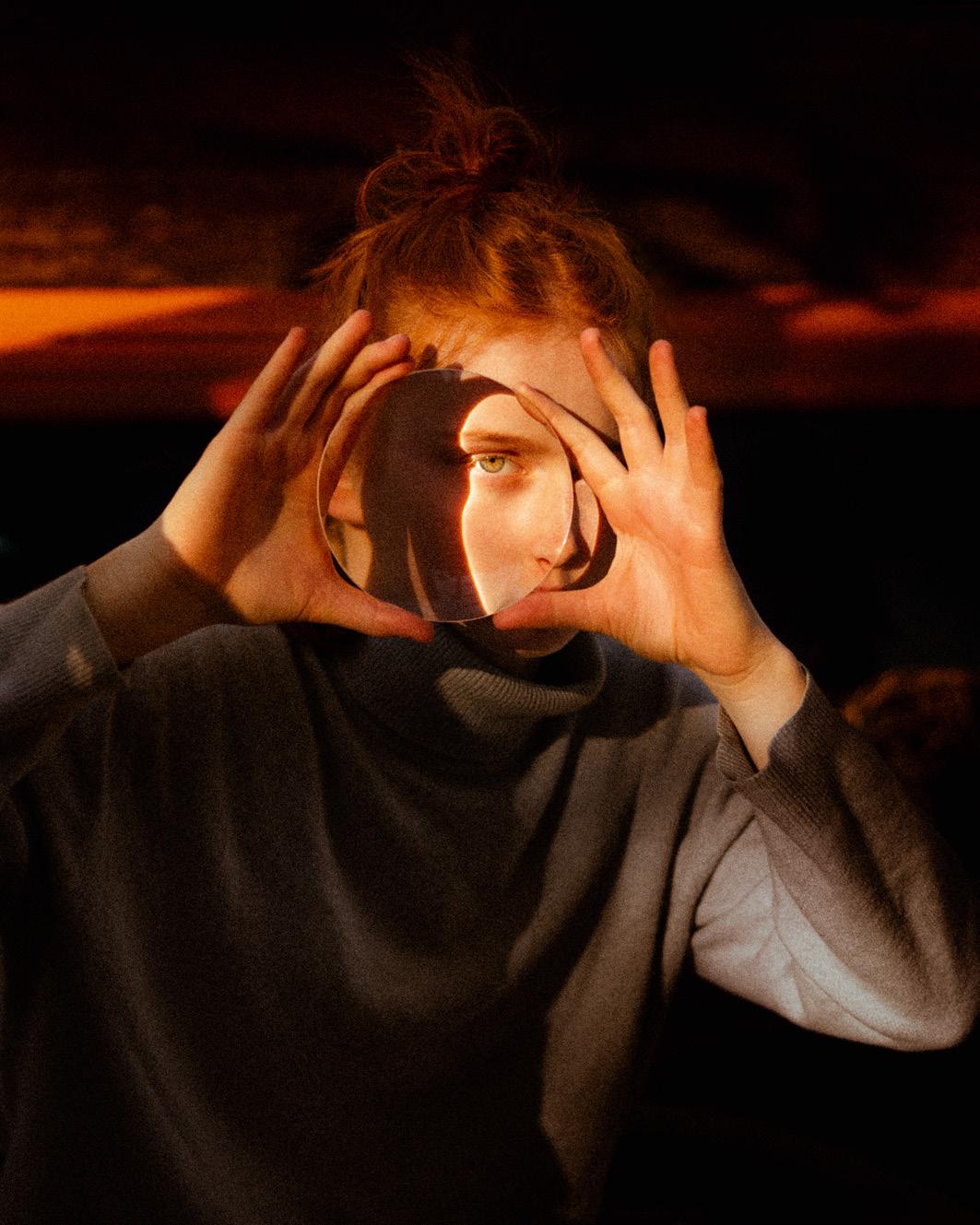
120 Aesthetica
Image courtesy Jonas Hafner.
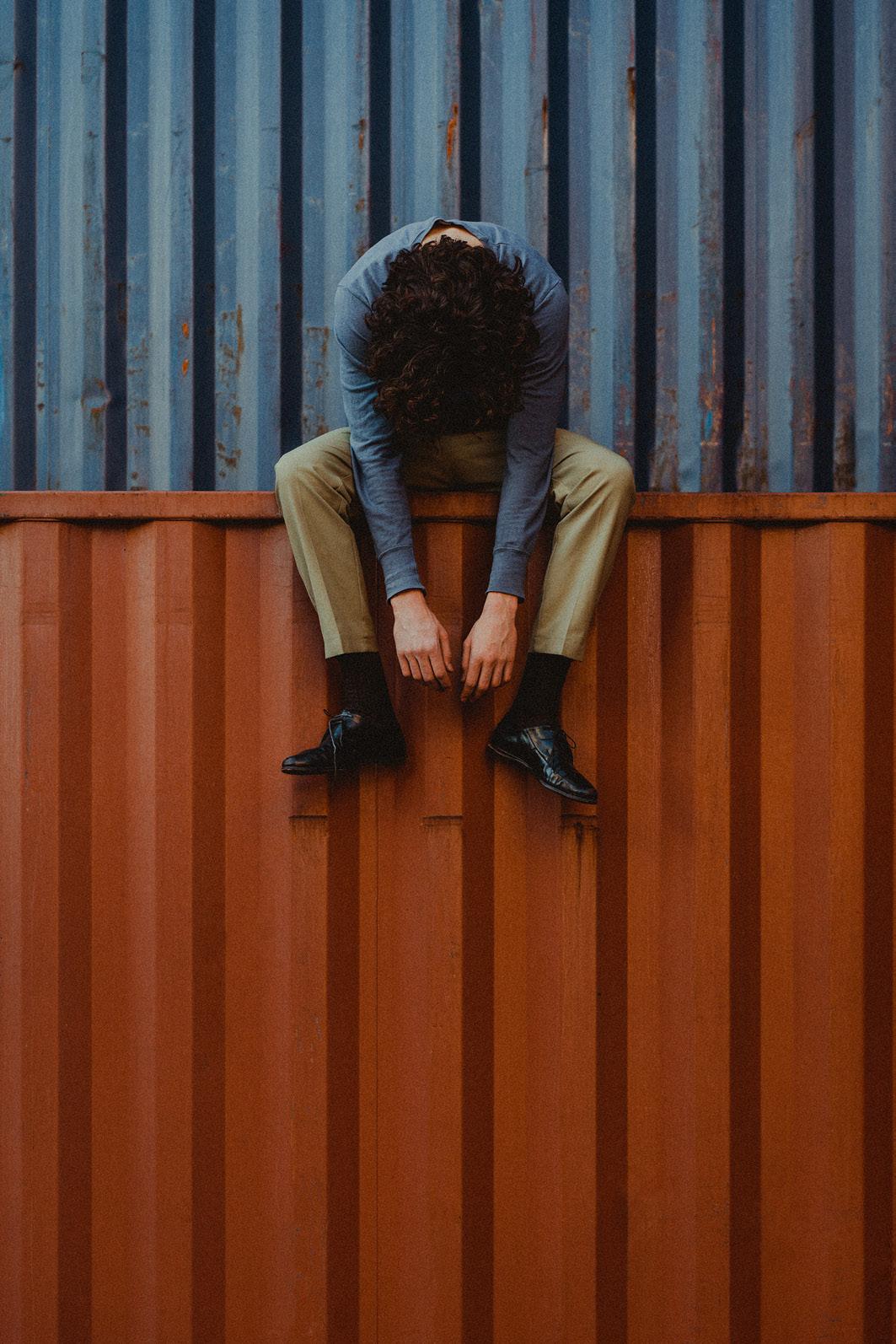 Image courtesy Jonas Hafner.
Image courtesy Jonas Hafner.

122 Aesthetica
Image courtesy Jonas Hafner.
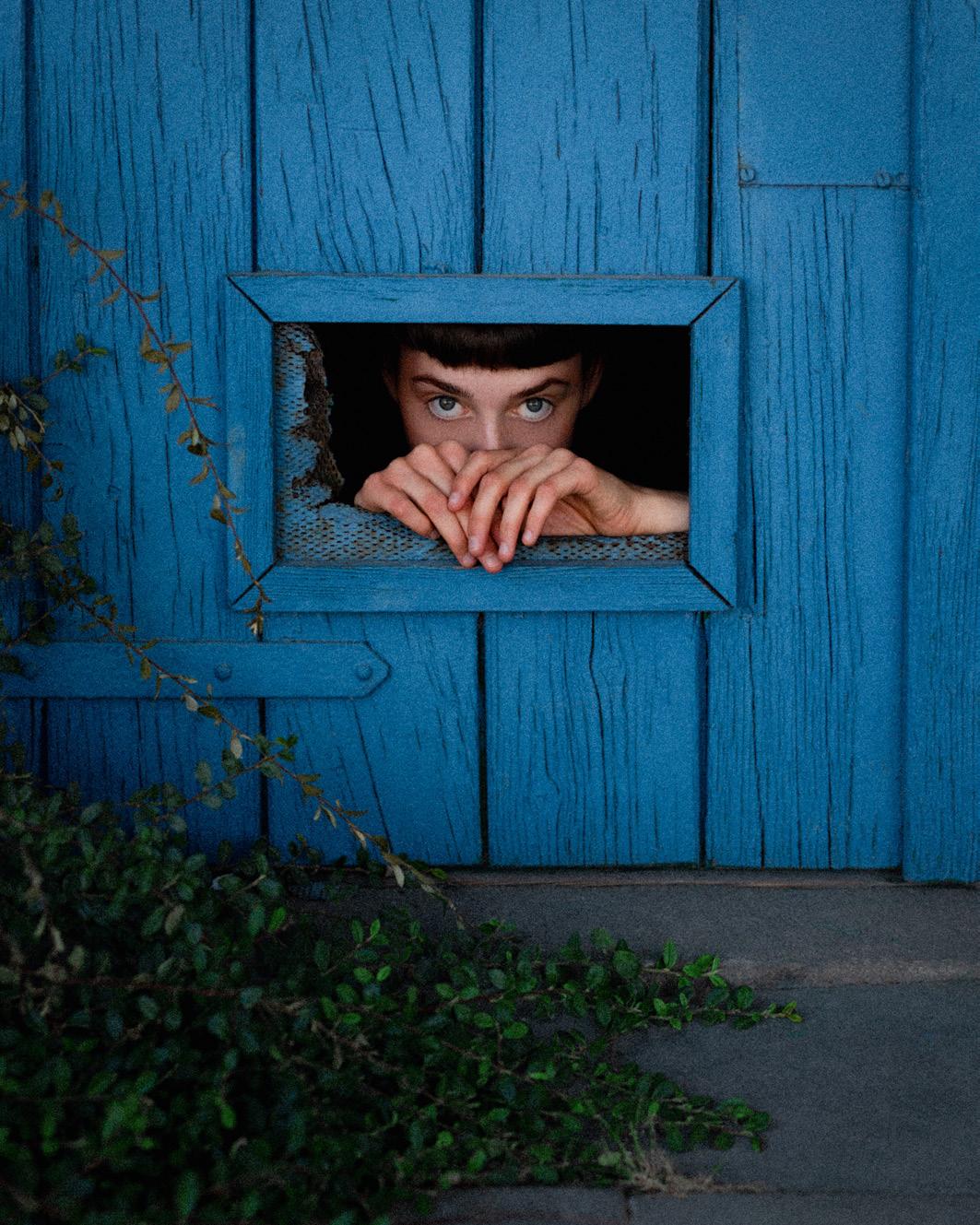
Aesthetica 123
Image courtesy Jonas Hafner.
Exhibition Reviews
1A Continuous World TEAMLAB
BORDERLESS
The idea of “screen time” is loaded with negative connotations: alienation, short attention spans, doom scrolling. Yet teamLab Borderless, the art collective’s latest museum in Azabudai Hills, Tokyo, suggests quite the opposite. Displays and projectors are everywhere, but, instead of isolation, they offer a place to connect, contemplate and play. The space opened just four months ago and follows in the footsteps of its original location in Tokyo’s Odaiba district. In 2021, that site – now closed – won the Guinness World Record for the most visited museum dedicated to a single group or artist. Borderless is a warren of rooms, hallways and doors with no fixed route. Visitors will find themselves stumbling in and out of dancing lights, floral-scented galleries and digital forests. Whilst the works are visually stimulating – many use mirrors, colours or patterns – audiences are encouraged to engage all
2Monuments of Solidarity
LATOYA RUBY FRAZIER
LaToya Ruby Frazier (b. 1982) is equal parts artist, storyteller and advocate. Her work centres around those historically lacking visibility, including Black and Brown working-class communities. Her first major American museum survey, Monuments of Solidarity, collates more than two decades of work (2001-2024) into 10 installations as “monuments for workers’ thoughts.” Her images attend to the impact of injustice and emphasise the importance of togetherness. The resulting show is a stirring marker of unity.
Frazier’s first large-scale series, The Notion of Family, is a photo-documentary project made in collaboration with her mother and grandmother. Pictures such as Momme, a conjunction of “mom” and “me,” capture the complicated and beautiful essence of familial relationships. Elsewhere, Flint is Family focuses on the daily lives of residents during
3Music of the Mind
YOKO ONO
Yoko Ono (b. 1933) has long demanded the attention and participation of her audience – digging beneath the surface to appeal to the deepest part of the human psyche. In this major retrospective, Tate highlights the artist's ability to transcend genre, tracing a creative evolution that continues to this day. The show is a true reflection of Ono’s oeuvre, and an overwhelming sensory experience. Within the gallery walls, viewers will encounter a multitude of voice and sound recordings. Notable amongst these is Telephone Piece (1964), an interactive work that documents Ono's conversations with exhibitiongoers, as well as Bag Piece (1964), a sculpture into which attendees are encouraged to climb. The retrospective traces Ono's journey through the 1950s and beyond, commencing with her pioneering contributions to the avant-garde art scene, as well as her later public-facing
five senses: to breathe in, reach out, touch the walls and see what happens. The works bleed into one another; a highlight is following the daimyo procession of frogs from room to room – a nod to Japanese cultural history in a place steeped with algorithms. teamLab harnesses real-time rendering: what you see is unique and will never reoccur. Moreover, interactions between people cause works to change, morph and grow. You’re never sure what will be around the corner. A memorable example is Sketch Ocean, a giant digital aquarium in which attendees can contribute their own sea creature using oil pastels on paper. A simple scan and your picture is dropped "underwater." It's a joy to see everyone's drawings swimming in a shoal, not to mention children laughing at or chasing your design. The message: human creativity is here to stay – whatever your age, wherever you come from.
Words Eleanor Sutherland
teamLab Borderless, Tokyo 9 February - Permanent teamlab.art
the city's infamous water crisis. Frazier spent five months living in Michigan. She explains: "It was natural for me to go to Flint, because bacteria-contaminated water was all too familiar for me growing up in Braddock, Pennsylvania, where my mother and I battled cancer and autoimmune disorders like lupus." The artist highlights what it means to survive environmental racism and healthcare inequity. The Last Cruze, meanwhile, tells the story of the United Auto Workers Union chapter and the closure of the General Motors Complex in Lordstown, Ohio. The series is a platform for workers and families directly affected by deindustrialisation, connecting local and global concerns. Overall, Monuments of Solidarity is a moving show that ripples with truth. Frazier uses her voice in the most noble of ways: to shine a light on the narratives of those who might not otherwise be heard.
Words Jennifer Sauer
MoMA, New York Until 7 September moma.org
art. Many of Ono's more recent pieces confront contemporary issues. A Hole (2009) is a haunting installation that invites viewers to peer through a bullet hole in glass. The piece serves as both a tribute to John Lennon and as a chilling reminder of the ongoing prevalence of gun violence in the USA. Yet, amongst the sombre tones of these works, there exists a thread of hope. Helmets (2001) fills military headgear with jigsaw pieces that resemble segments of clouds. We're shown that, in the midst of conflict, we must be kind and think collectively, living under the same sky. Finally, in the closing room, Ono stages My Mommy is Beautiful (2009), a wall filled with hundreds of cards addressed to mothers. The simple and profound gesture is a fitting conclusion, demonstrating the enduring relevance of installation art, as well as Ono's commitment to fostering compassion.
Words Grace England Tate Modern, London Until 1 September tate.org.uk
124 Aesthetica
reviews


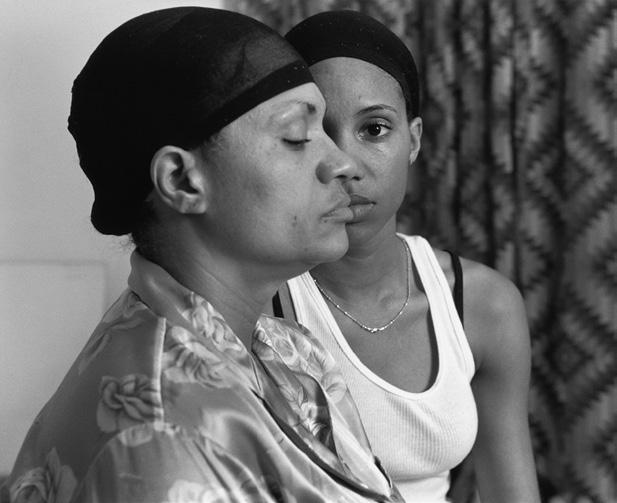
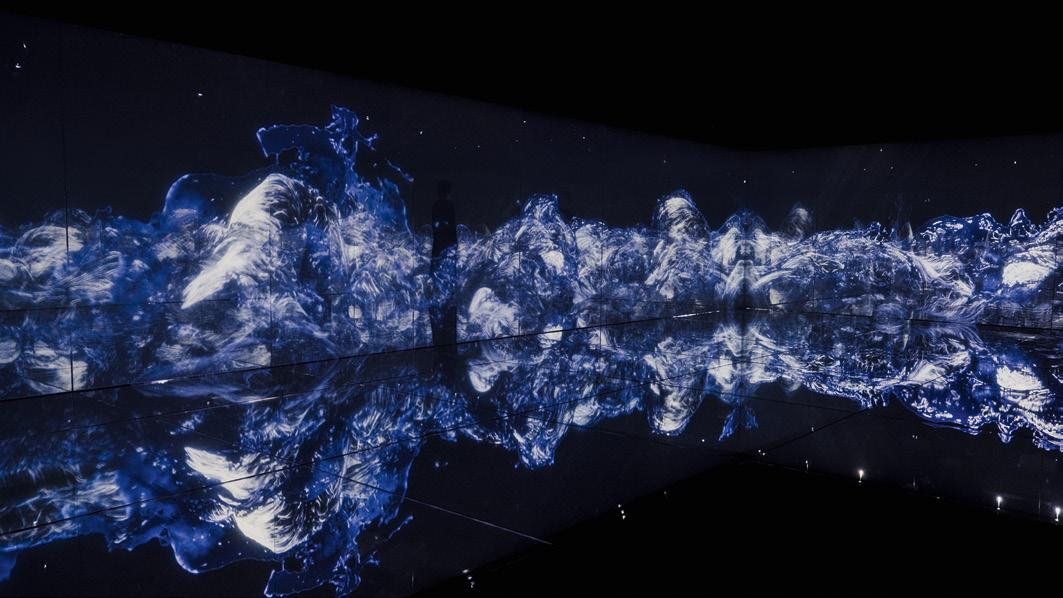
Aesthetica 125 1. teamLab, Exhibition view of teamLab Borderless: MORI Building DIGITAL ART MUSEUM, (2024). Azabudai Hills, Tokyo © teamLab, courtesy Pace Gallery. 2. LaToya Ruby Frazier, Momme from The Notion of Family , (2008). © 2023 LaToya Ruby Frazier, courtesy of the artist and Gladstone Gallery. 3 1a 1b 2
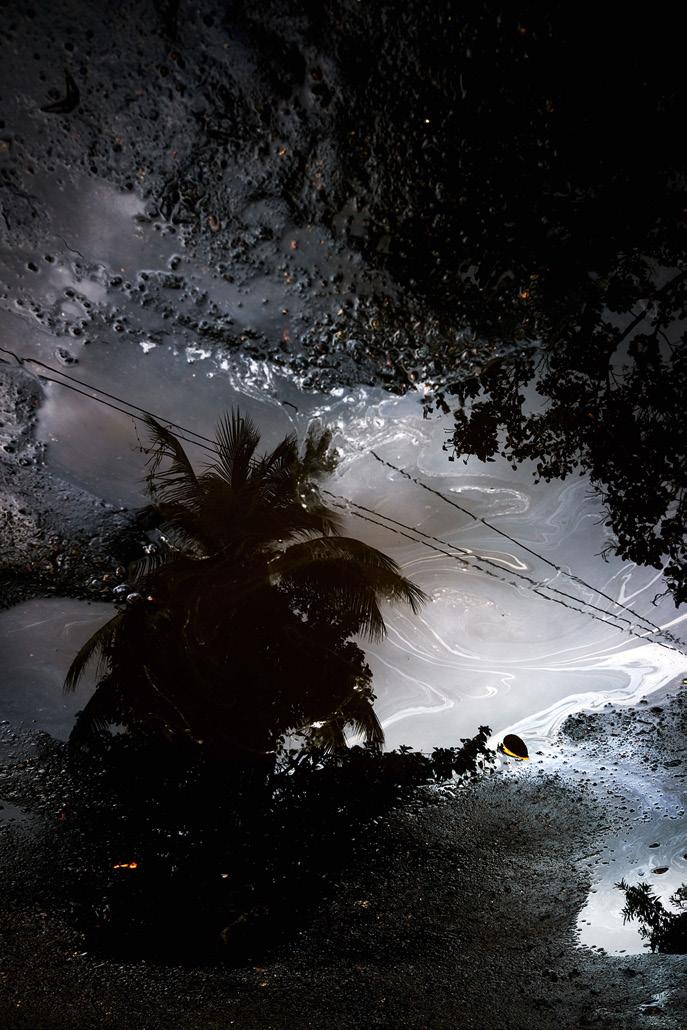
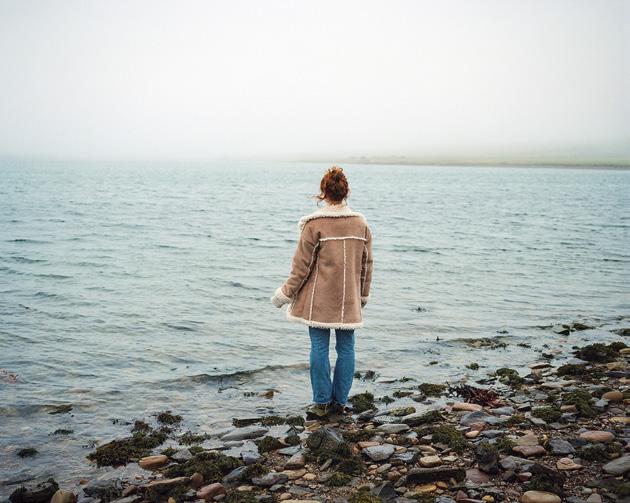
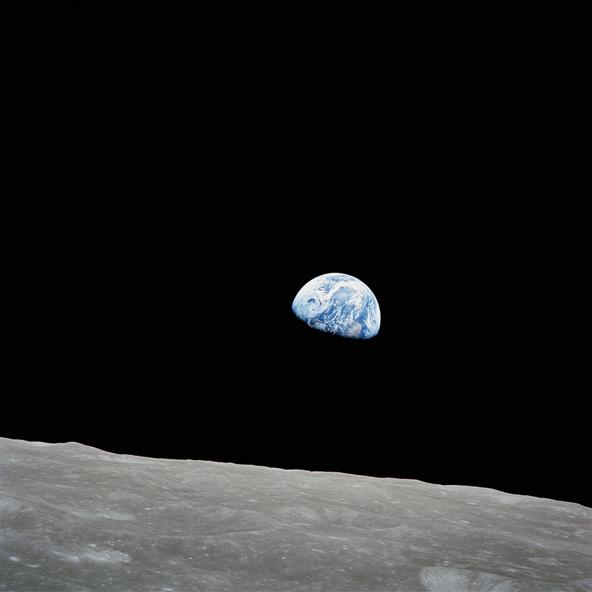
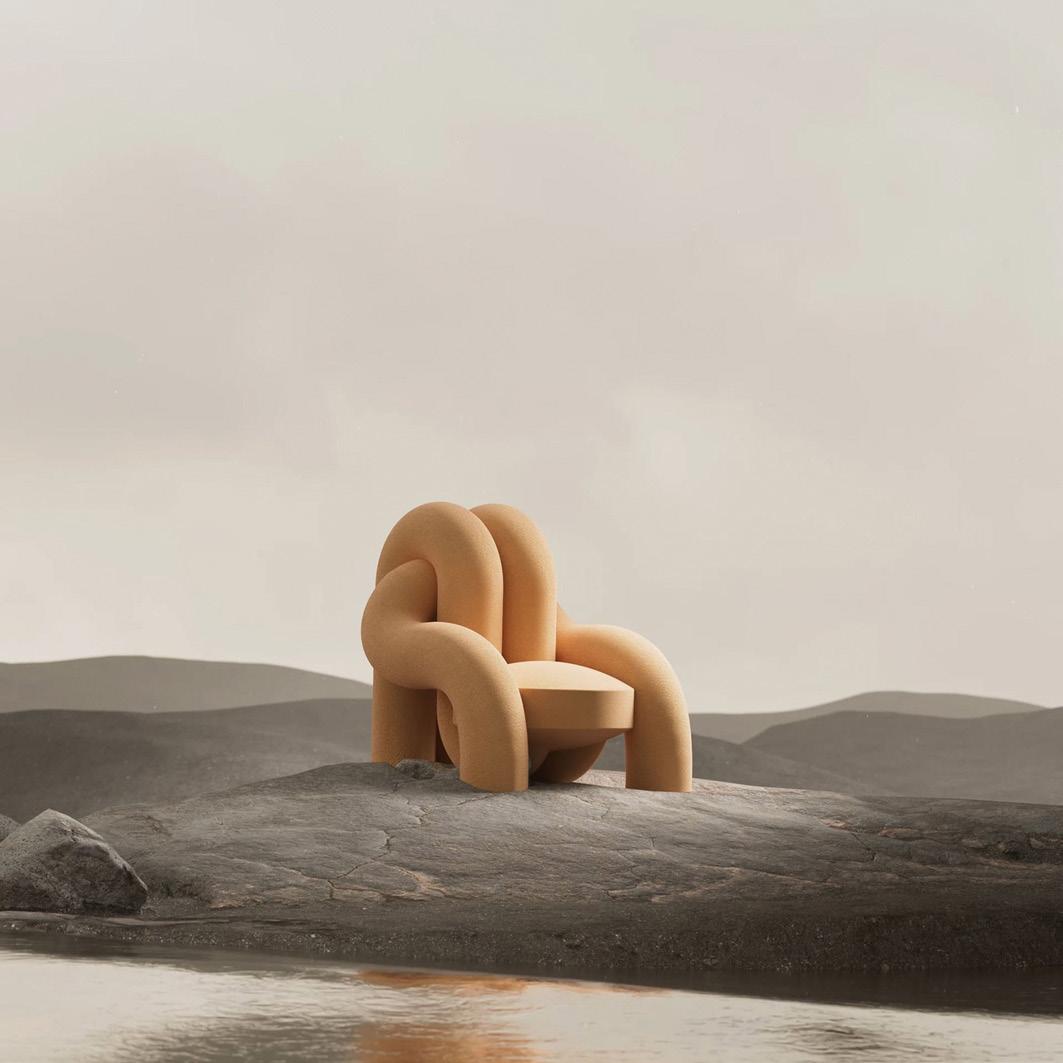
126 Aesthetica
4. J im C. Nedd, Untitled, Buritaca, (2022) © Jim C. Nedd
5a. William Anders, Earthrise, photo taken on the Apollo
8 mission to the moon
4 5a 6 5b
Joanne Coates,
4T UNE. Jim C. Nedd
R ECUERDOS II (MEMORIES II)
In the words of John Cage, “everything we do is music.” Each sound, whether harmonious or dissonant, contributes to the grand composition of existence. Jim C. Nedd is a photographer, artist and musician. He explores the powerful connection between sound and memory in the new installation, Recuerdos II (Memories II), commissioned by Munich's Haus der Kunst museum for its striking Terrassensaal terrace space.
The experience is designed to complement his first monograph, Remembering Songs. It is a sonic counterpart to his photographic works, constructing an immersive environment from street-captured field recordings and music fragments. This is expertly crafted with the collaboration of sound technician Pablo Martinez. In his images, Nedd investigates the local mythologies of Colombia’s Caribbean coast, capturing scenes that pulsate with sound, where the ordinary and the dramatic coexist. Amidst the fervour of festivities, Nedd skil-
5Science Fiction Design FROM SPACE AGE TO METAVERSE
There are some exhibitions that just make you stop and go “wow”. This is the case with Vitra’s latest show, Science Fiction Design: From Space Age to Metaverse. We are living in the future – that is to say, there were ideas of what it could be, and many of these have come to fruition through technology. We can all agree on one thing: it’s going to accelerate. Popular culture is the most obvious starting point for an exhibition such as this, and films like Star Trek, 2001: A Space Odyssey and Blade Runner have shaped our image of the future. The genesis of science fiction as a literary genre can be traced back to the 19th century, a period marked by the Industrial Age's rapid technological advancements. Authors like Mary Shelley and Jules Verne seized upon the zeitgeist, projecting societal concerns into speculative futures within their imaginative narratives. As this show points out, many creative minds have sought inspiration from the genre, which has resulted in a fascinating dialogue between pop culture
6Middle of Somewhere
JOANNE COATES
The idealised image of the British countryside has long been an obsession of the collective cultural imagination. Yet creatives have rarely directed their gaze towards the people who live and work there. It is instead the bucolic fantasy of rolling fields as an escape from urbanity – a place of leisure, summer holiday homes and sprawling green farmland – that constitutes our understanding of Britain’s rural inhabitants. North East photographer Joanne Coates, recipient of the 2024 Vasseur Baltic Artists' Award, is working against entrenched ideas of a British pastoral idyll. Instead, she turns her attention towards a more authentic exploration of rurality, revealing its hidden histories and socioeconomic inequality through photography and installations. Under her lens, the countryside becomes multiplicitous: it is a place of barren heathlands, flooded fields, council estates, tumultuous seas and thinly veiled mist rolling above peaks. At times, the images are unforgiving in their candour; a dead rabbit
fully catches intimate portraits veiled in profound shadows. Both the visual and auditory components evoke memories of euphoria and sorrow, lasting a long time after the moment fades – instances shared between couples, amidst crowds and in harmony with the natural world. The interaction between aural and visual is key. "My photography is charged with music and sound," Nedd says. "I’m obsessed with creating pictures that suggest what the sound could potentially be around the image, from complete silence to blasts of noise."
Recuerdos II evokes a myriad of emotions, ranging from a sense of wonder and awe at the vivid portrayal of folklore and landscapes, to a deep resonance with the intimate human moments immortalised within the frame. Viewers will connect with Nedd's carefully constructed environments, which build on the universal theme of our shared human story. Recuerdos II elicits a truly profound and emotive response.
Words Shirley Stevenson
Haus der Kunst, Munich Until 29 October hausderkunst.de
and design. This exhibition features carefully curated selections from film and literature, taking the viewer on a journey through time. It showcases a diverse array of cultural expressions spanning from the early 20th century through the innovative space age of the 1960s and 1970s. It's here that the ramifications of the Cold War, and the enduring division of the world by two superpowers, are brought into focus. We then end up in contemporary online spaces, or metaverses. There are over 100 objects from the museum’s collection, curated by the Argentine visual artist and designer Andrés Reisinger. He is currently one of the most prominent figures creating and designing for the real, physical realm as well as online. This show is about what happens when multimedia, politics and science collide. Vitra draws absolute attention to the interdisciplinarity between speculative ideas and artistic innovation. It is timely, relevant and right on the mark for addressing the "how" and "why" of life right now on planet Earth.
Words Anna Müller
Vitra, Weil am Rhein Until 11 May 2025 design-museum.de
lies abandoned on an empty playing field, a solitary gravestone engraved with "TA-RA" stands stark against the hillside. Coates' work revolves around active engagement with her subjects and their communities. Women were at the heart of her last two shows and, in many ways, Middle of Somewhere feels like a natural progression of her photographic lexicon. There’s a tenderness in her compositions, capturing working women in Yorkshire and the North of England with striking clarity. And, as a farm worker, Coates' interest in her subjects isn’t just curatorial; it’s emotional, too. At the heart of the exhibition lies a reclaimed wooden structure resembling a rural bus stop, showcasing a short film that blends archival and new footage, narrated by the young women she has photographed. As they recount the challenges of poverty, marginalisation and the looming impact of the climate crisis – all pressing concerns for the next generation in the UK – it’s here that Coates' work emerges as not just timely, but urgent.
Words Katie Tobin
BALTIC, Gateshead Until 17 November baltic.art
Aesthetica 127

1The Queen of My Dreams
FAWZIA MIRZA
The pleasures of Bollywood Cinema blend into this narratively ambitious tale that runs its story of a mother and her daughter on parallel tracks. Expanding on a 2012 short made under the same title, Canadian writer-directoractor Fawzia Mirza (who came from producing internet web series such as Kam Kardashian) has crafted a vibrant South Asian story about a Pakistani Canadian student coming to terms with her relationship with her mother. Flying in the face of convention, Azra (Amrit Kaur) is an actress and part of the LGBT community, living with a white "roommate." Her parents are oblivious to what that means. When Azra’s father dies of a heart attack, she flies back to Karachi to join her conventional, conservative mother Mariam (Nimra Bucha) and brother Zahid (Ali A. Kazmi) as they mourn their loss. It’s here where the narrative divides, and Mariam’s own backstory plays out as
2Banel & Adama
R AMATA-TOULAYE SY
There should be more consideration given to the craft of making beautiful images that hold power. Banel & Adama is a masterclass in how to use cinematography, costume, lighting and set design to build a world that feels natural yet meticulous at the same time. RamataToulaye Sy's first feature brims with colours and warmth, seducing us into forgetting the heaviness of its themes.
Banel (Khady Mane) is married to Adama (Mamadou Diallo) and they live in a northern Senegalese village operating under traditional values. The couple work hard every day to unearth a buried house so they can fulfil their dream of living outside the village. Their relationship is filled with palpable excitement, unlike other local couples who are together due to family arrangements. Banel says her marriage is different; it is built on real romantic connection, rather than societal duty. Yet Adama
3À ma Gloria
M ARIE AMACHOUKELI
French cinema has produced some wonderful films about youth over the years – most notably avowed classics as The 400 Blows and Au Revoir Les Enfants. Nearly 30 years ago, there was Jacques Doillon’s Ponette, the 1996 film about a four-year-old girl coming to terms with the death of her mother. Marie Amachoukeli’s touching Àma Gloria is another movie that deals with loss, as a young child is sent reeling by the imminent departure of her nanny. The little girl is Cléo (Louise Mauroy-Panzani), who lives with her widower father Arnaud (Arnaud Rebotini) in Paris but is largely looked after by Gloria (Ilça Moreno Zego), who hails from Cape Verde. Cléo and Gloria hold each other in great affection, then the bombshell drops; after the death of her mother, the nanny must return home to Cape Verde, where her children are based. Older daughter Fernanda (Abnara Gomes Varela) is pregnant, but son
she moves from Pakistan to Canada in her younger days. If the film isn’t quite as incisive as The Persian Version, the 2023 comedy-drama on an Iranian-American family, it has its own special qualities. A stand out is when Mirza's film flashes back to 1969, with the young Mariam now played by Kaur. Whilst this trick could be accused of stunt casting, with Kaur playing both roles, it’s a neat way of drawing comparisons between mother and daughter. Although the shifting between timelines lacks control, this is still an appealing work, made with brightly hued production and costume design. Mizra holds old-school Bollywood in high regard; early on we see a clip from the 1969 Hindi favourite Aradhana, in addition to later re-enactments of the classic. Mariam and Azra navigate a sprawling array of real and imagined memories. finding closure and solace as they start to connect over common ground.
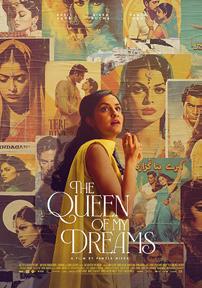
Words James Mottram
Peccadillo Pictures peccapics.com
is expected to take his birthright and become the village chief at just 19-years-old. Whilst he initially rejects this as a way to keep his future plans with Banel, it sets off a chain of events that is best described as chaotic folklore. This style of storytelling is reminiscent of an Aesop fable. The dramatic shifts move from whimsical romance to magical realism à la Julie Dash or Ingmar Bergman. It happens so swiftly that it's a surprise the film ends when it does. We feel the tussle between tradition and modernity continuously, but it is the conflict of individual versus the outside that masterfully prevails. Banel and Adama dissolve the notion of an external world and establish their remote community as the focal point. It is interesting to watch a film that doesn’t compromise its narrative integrity. This trajectory reflects a long-standing tradition throughout Senegal’s rich cinematic history.
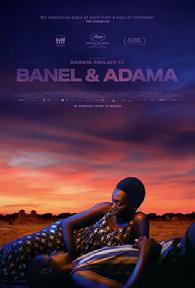
Words Michael Piantini
We Are Parable weareparable.com
César (Fredy Gomes Tavares) requires more supervision. Gloria suggests that Cléo spend the summer with her in Cape Verde, as a way of lessening the impact of their departure. Eventually Arnaud agrees, allowing his daughter to travel to this archipelago off the coast of West Africa. Soon Cléo is mixing with the locals, whilst César appears resentful at this young westerner who took his mother’s attentions away from him. The film subtly reflects on encroaching European colonialism, without overstatement. Àma Gloria also makes impressive use of animated segments, rendered in a simple paintbrush style that functions as a way of illustrating Cléo’s inner thoughts. It’s a technique that makes the piece stand apart from films like Ponette – an influence in the very tender, naturalistic way it treats its young protagonist. The result is touching: a mesmerising, impressionistic coming-of-age story.

Words James Mottram
BFI
bfi.org.uk
Aesthetica 129
film reviews


1Barely Making Much
M ASAKA MASAKA
Ugandan-raised multi-disciplinary artist Ian Nnyanzi, better known as Masaka Masaka, traverses genres with ease on this diverse and industrial project. Reminiscent of Burial in its minimalism, Nnyanzi’s production is hypnotic and swirling, reaching in to the realms of dark sound design and murky dwellings of early dubstep. Choppy samples of glitchy Bonobo or Four Tet converge in a record built for windowless, sweaty raves where no one is quite sure what time of day it is.
On Elv8t, the pads reign supreme with unrestrained experimentation, leaving swathes of meditative space. There are intensely brilliant up-tempo moments too, where the old school ravey jungle influences smack heavy. Elsewhere, the drum break of Let Me Out is feverish and panicked, whilst the absolutely masterful Nothing Nakes Sense uses synth sounds familiar to old
2Through the Telescope
KARIN ANN
Karin Ann releases the perfect alt-pop debut. Through the Telescope is a pastiche of carefully woven folk tunes that explores themes of identity, love and self-discovery within the LGBTQ+ community. Across an array of musical styles, including buzzy rock and gothic disco, this album is a journey of introspection and exploration. Ann's ethereal voice carries listeners through a sonic landscape that feels both intimate and expansive. Each track is a window into the complexities of growing up queer in Slovakia. At present, same-sex couples still lack legal partnership recognition, whilst, in 2014, same-sex marriage was outlawed. In the context of these difficulties, Ann gives us a series of glimpses into the joys, struggles and triumphs that come with embracing difference. For You, a mid-album track, is a classic example. The song serves to demonstrate the empowering effect
3Deep Sea Creatures
SOPHIE MAY
Deep Sea Creatures is singer-songwriter Sophie May's latest EP, produced by Chloe Kraemer (known for her work with The Japanese House and Wet Leg) and indie rock artist Matt Maltese. It's the artist's third release, following You Do Not Have To Be Good (2022) and Worst Thoughts In The World (2023). In recent years, May has amassed a dedicated online following and gained big fans like Billie Eilish and Sabrina Carpenter. Each song on this album reflects her personal journey, touching upon fears, loves and a deep appreciation for the world. Lead single Tiny Dictator is a revelation that truly pulls in the listener. Its brutally honest lyrics, in which May characterises her experience with OCD and intrusive thoughts as her own internal "tiny dictator," are joyously emotive. The singer expounds on the effect it has on her life, revealing an incredible display of raw vulnerability
school UK garage, adding a distinctive dub bounce on percussion, all the time maintaining a syncopated glory. There are moments of light amongst the darkness in this album. Gone moves through a journey of bleeps and hopeful squelches. It's synth heavy and ultimately listeners are made to feel like it's 5am in a place where no one should still be awake. Elsewhere, the album explores various genres, to the point of being jarring, such as the trappy stock loop of Sacrifice, which seems out of place. Nnyanzi's early hiphop influences shine through on a lot of the trip-hop flavoured drum programming. These are tracks that represent an artist pushing boundaries, personal and cultural. Barely Making Much is an interesting listen, one with noteworthy risk taking, emotions and great ideas at its core. Yet, at moments, it could have used a little more movement in its intensity.

Words
of love, and its ability to provide validation against a complex, uncertain interior world. Ann croons in husky tones, “My mirror’s always cracked / and I never thought I’d fix it / but thanks to you / I can finally see clearly.”
Throughout the album the newcomer artist showcases her versatility, seamlessly blending elements of folk, pop, and electronic music to create a sound that is uniquely her own. Whilst she evokes the likes of Mazzy Star, Stevie Nicks and Hozier, Ann stands out for her wholly intimate and honest representation of desire and strength. In songs like She and My Best Work of Art, the singer reveals the depths of connection between individuals who defy societal norms. Through songwriting that prioritises emotion and storytelling, she invites listeners to see the world through a different lens – one that is fair and filled with infinite possibilities.
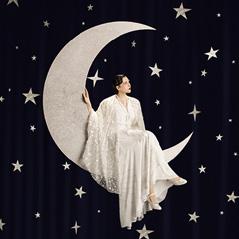
Words Eitan Orenstein
PIAS pias.com
set against a gentle acoustic backdrop. Inner strength is the implied undertone – the lyrics reclaim some of the power May feels she has lost in battling these thoughts. The upbeat Marianne is the closest thing on the EP to a sweet and jaunty pop song, melodically flavoured and elegantly propelled by thoughtprovoking lyrics with lines such as “there he goes amongst the fading greens and yellows.” The exquisite If I’d Never Been Born is more melancholic, carrying an understated darkness and depth in its mellowness. For fans of brilliantly crafted songs with intelligent lyrics, Deep Sea Creatures is more than just an EP – it's a captivating journey into Sophie May's inner world. Each track invites us to become immersed in the intricate instrumentals and thought-provoking lyrics, offering a space to reflect on life's complexities and get lost.
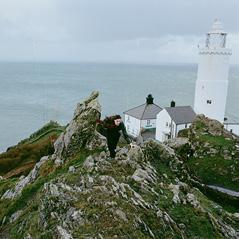
Words Matt Swain
SoundOn soundon.global
Aesthetica 131 music reviews
Kyle Bryony
Hakuna Kulala hakunakulala.com

1Mousganistan MOUS LAMRABAT
“Have you ever experienced that feeling of being in a situation or among people where you can’t fully be your true self?” This question, posed by MoroccanBelgian photographer Mous Lamrabat (b. 1983), is challenged in Mousganistan. The monograph envisions an uncompromising world filled to the brim with the artist's signature motifs: colourful veils, heartshaped sunglasses and never-ending sapphire skies. His lens feels contemporary, accessible and playful, whilst still tapping into big conversations around consumerism and self-expression. In Mousganistan, Lamrabat intersects Moroccan traditions with pop trends, weaving together a tapestry of culture and landscape that is reminiscent of contemporaries like Hassan Hajjaj. The McDonald's logo, for instance, is repeated; in one image, the “M” appears in henna. In another, it manifests
2Earth, Sky & Water
METTE LANGE
“Mette Lange is a poet. The homes she creates are poems.” Here, J. M. Cava is speaking about a fellow contemporary architect – a Danish creative known for harmony with the environment. “The only sure way to understand these buildings [is] experiencing each as a whole; building, land and sky are one.” Now, readers can discover an entire compendium of Lange’s dwellings – properties nestled in spectacular scenery and built with natural materials. Her career is defined by tranquillity and longevity. Earth, Sky & Water presents 15 residential projects across three chapters: By the Water, In the Forest and In the Countryside. Whilst stunning photography promises to capture readers' attention, the accompanying essays draw more detailed attention to the main features and structural elements of each home. Amongst them are green shrubs and moss on elevated roofs; sliding
3Zanele Muholi
SOMNYAMA NGONYAMA VOLUME II
The first volume of Zanele Muholi’s (b. 1972) self-portrait series Somnyama Ngonyama: Hail the Dark Lioness captured the world's attention when it was published in 2018. Now, the visual activist is releasing a highly anticipated sequel, returning to their seminal body of work as part of a wider, ongoing investigation into reclaiming Blackness. The 2024 edition is updated with 100 new photographs, plus essays, letters and poems from the likes of Lola Olufemi, Phoebe Boswell and more. In one piece, Muholi gazes from foliage dotted with white flowers, looking out beyond the frame. The artist’s head is nestled as part of the shrubbery, wearing a distant look unusual in a series that revolves around maintaining piercing eye contact. In the accompanying written commentary, Olufemi reads the scene in her own words: she views it as an expression of abundance,
as an earring, golden arches emanating an inviting glow. Much of this visual lexicon is taken from the artist’s own experiences. In an attentive essay, writer Lieve Van de Velde guides us through Lamrabat’s memories of summers in Morocco – drawing readers' attention to intricate details such as his family's multicoloured crockery. “The plates were decorated with delicate flowers, stencilled onto metal plates." We’re even told that, ironically, at an early age, the photographer was diagnosed with “insufficient colour vision.” Suddenly, we realise the magic of his gaze. “It makes me more certain of a colour," he says. The resulting publication makes readers privy to a universe that is unabashedly Lamrabat's own. There are no pretences, no "wardrobe of identities." Instead, we encounter an unwavering joy, a hallmarked style that refuses to be constrained by any preconceived expectation.
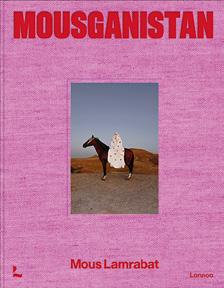
Words Chloe Elliott
Lannoo Publishers lannoopublishers.com
Louvre screens; and framed timber that lets domestic light flow. Here, Scandinavian vernacular heritage meets the 1920s and 1930s modernist ethos of Finnish designer Alvar Aalto and Swedish architect Gunnar Asplund, who subscribed to a Nordic architecture that upheld functionality, precision and simplicity. Now, Lange shows us what this looks like in the 21st century. The publication is also an opportunity to learn about Lange's larger-scale projects, including her work in India, where she planned environmentally responsible schools for children of migrant workers. The artist kept her studio small in order to remain fully involved in every level of the build, and the resulting sites articulate her respect for the landscape and the people living nearby. Earth, Sky & Water serves as both a visual retreat from busy urban life and a guide to mindful construction.
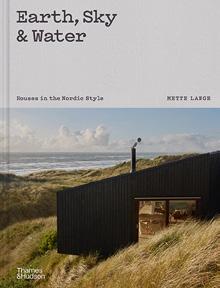
Words Fruzsina Vida
Thames & Hudson thamesandhudson.com
freedom and safety, asking: “Is this earth, could it be?”
As we dive deeper into the volume, we meet a version of Muholi who holds a camera up to us. It’s as though they are waiting for us to pose and follow the confident, unflinching example set throughout this book. Two white towels provide the backdrop, continuing a visual through-line that began in an earlier image, where Muholi wore them wrapped around their body and head. Self-portraiture is a solo pursuit, and it could be seen as a departure from Muholi's other collaborative series Brave Beauties and Only Half the Picture. But there remains a strong sense of community in these pages. It comes not only from the written voices who share their personal responses, but from our engagement with each photograph. This latest expanded iteration of Somnyama Ngonyama is set to become a modern classic.
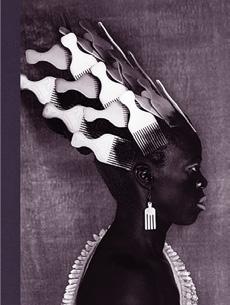
Words Diana Bestwish Tetteth
Aperture aperture.org
Aesthetica 133
book reviews
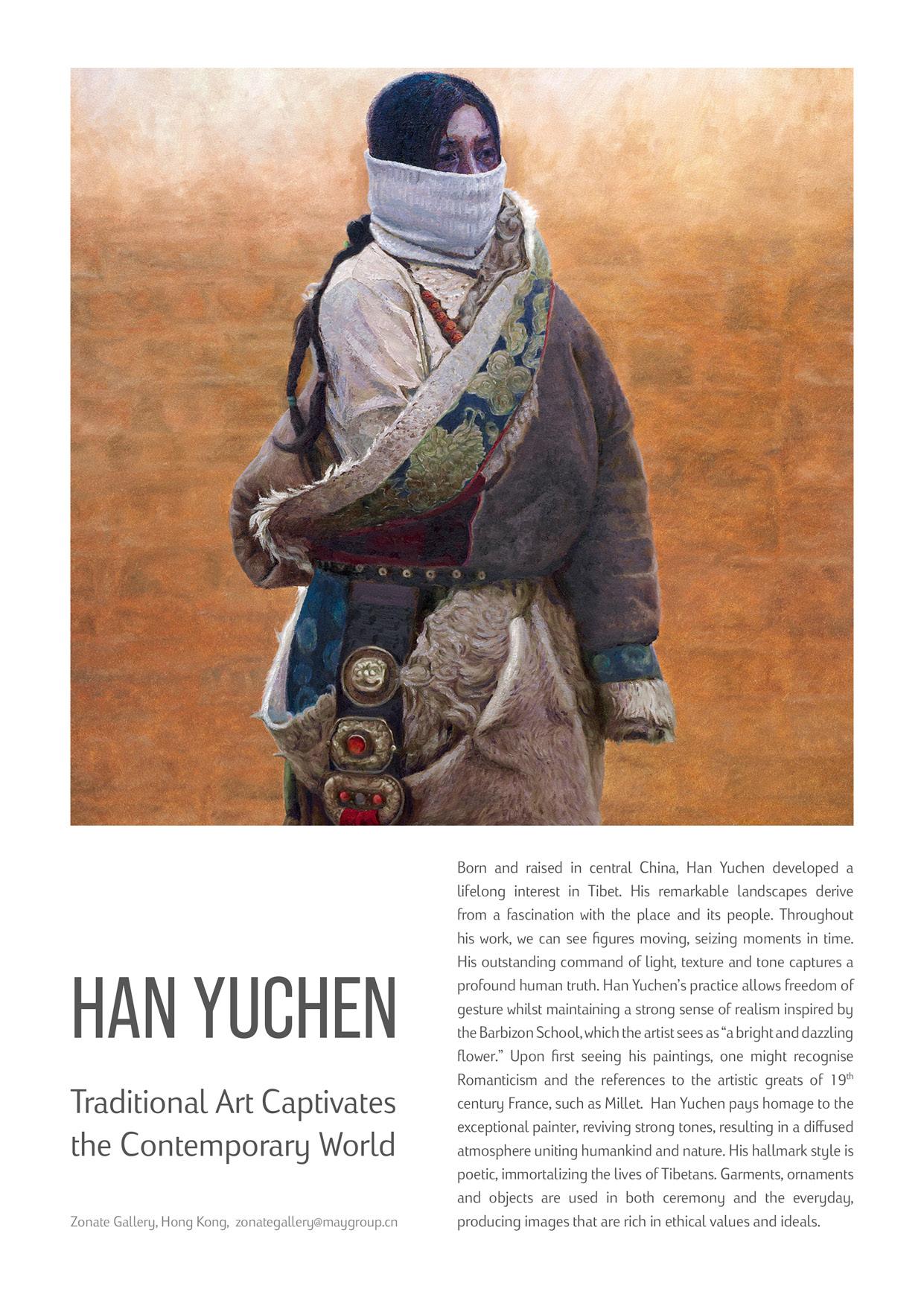
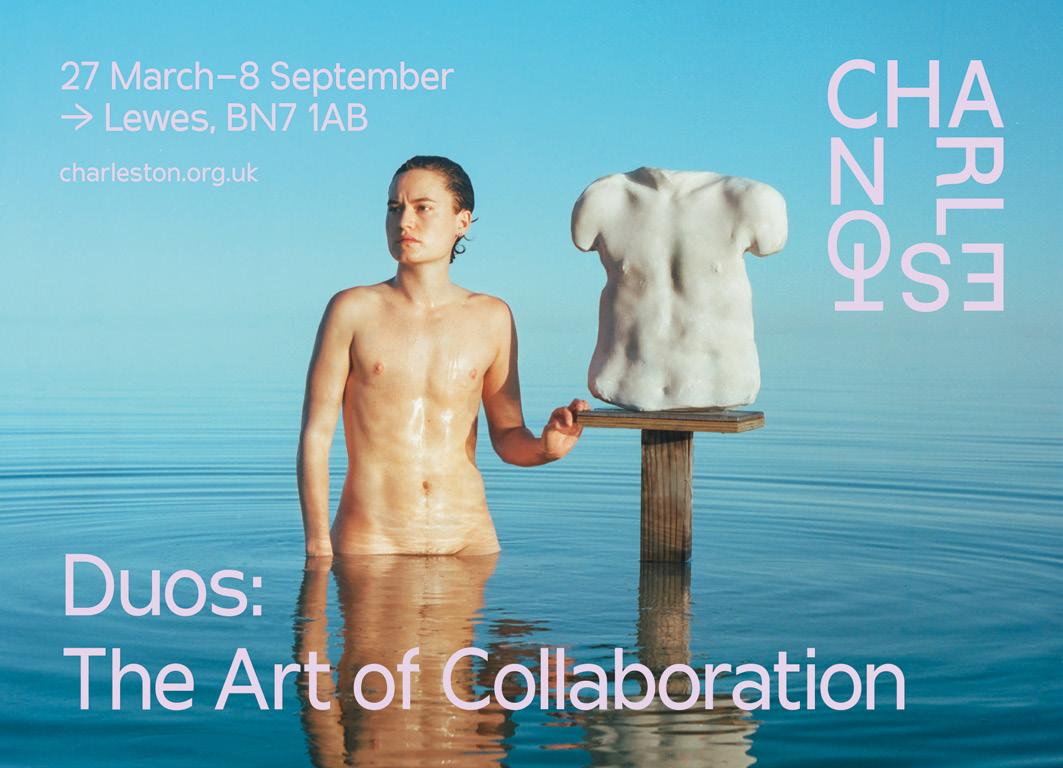
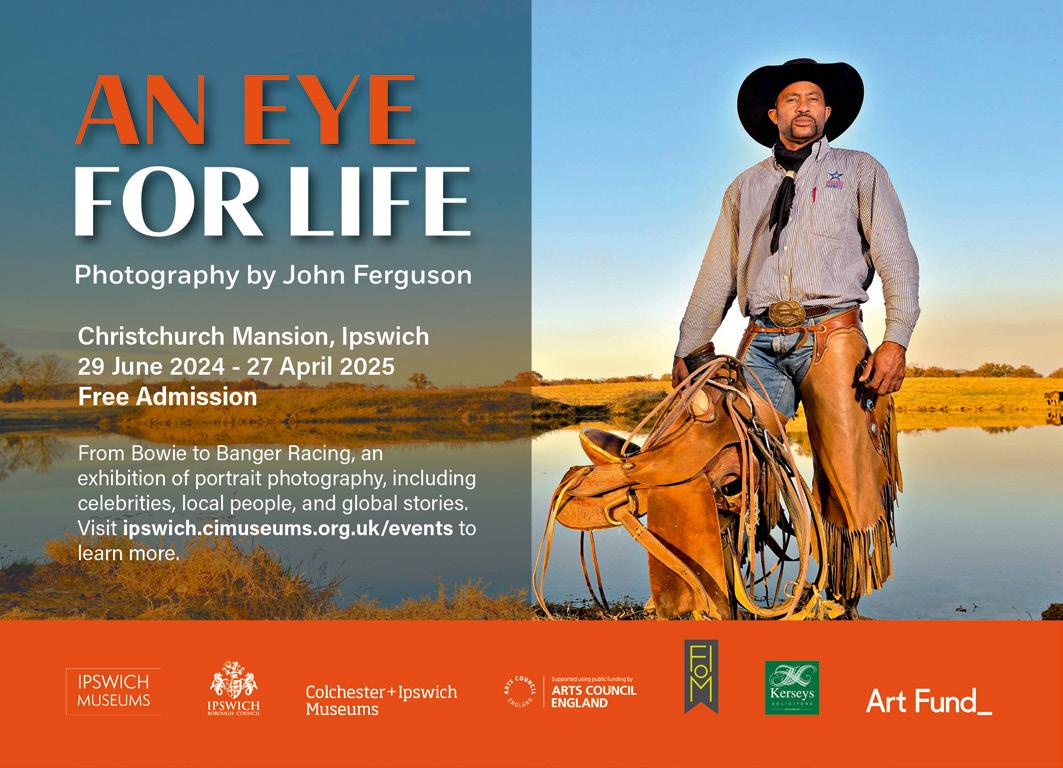
Aesthetica 135
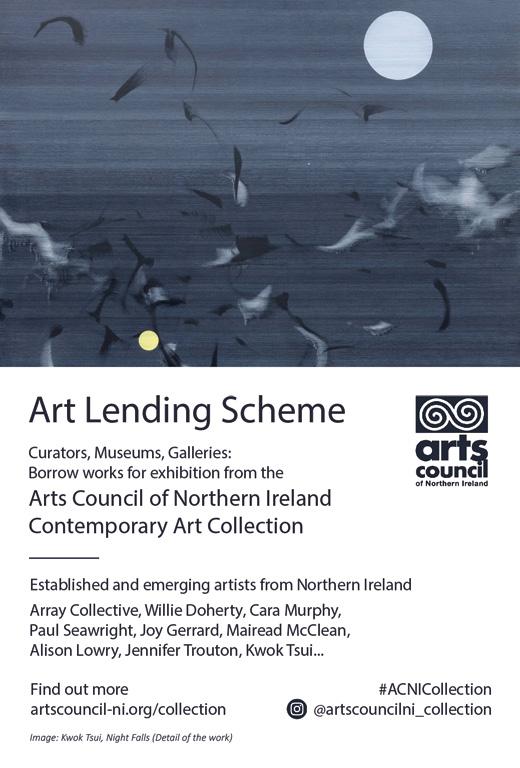
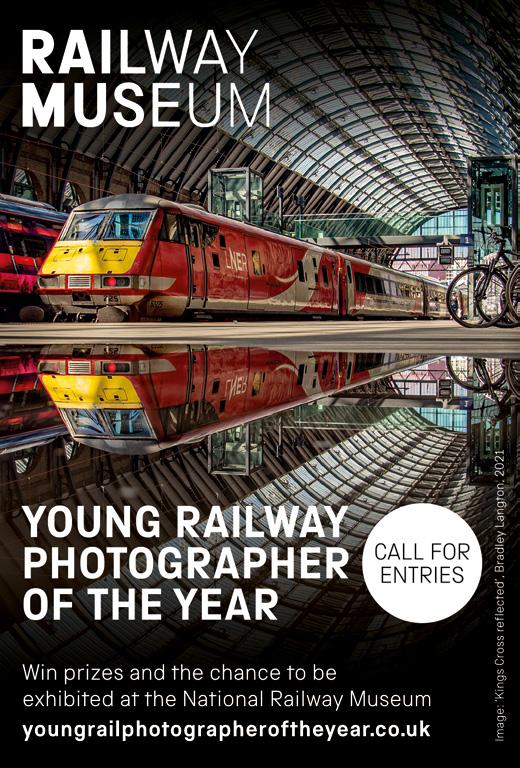

136 Aesthetica
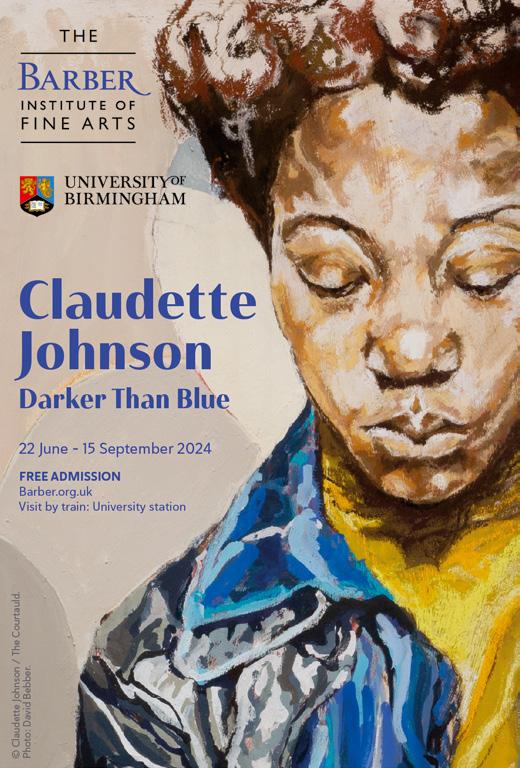
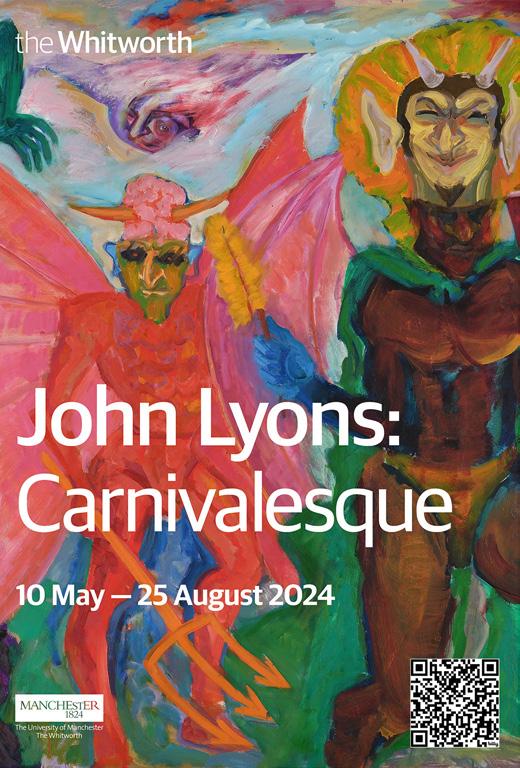
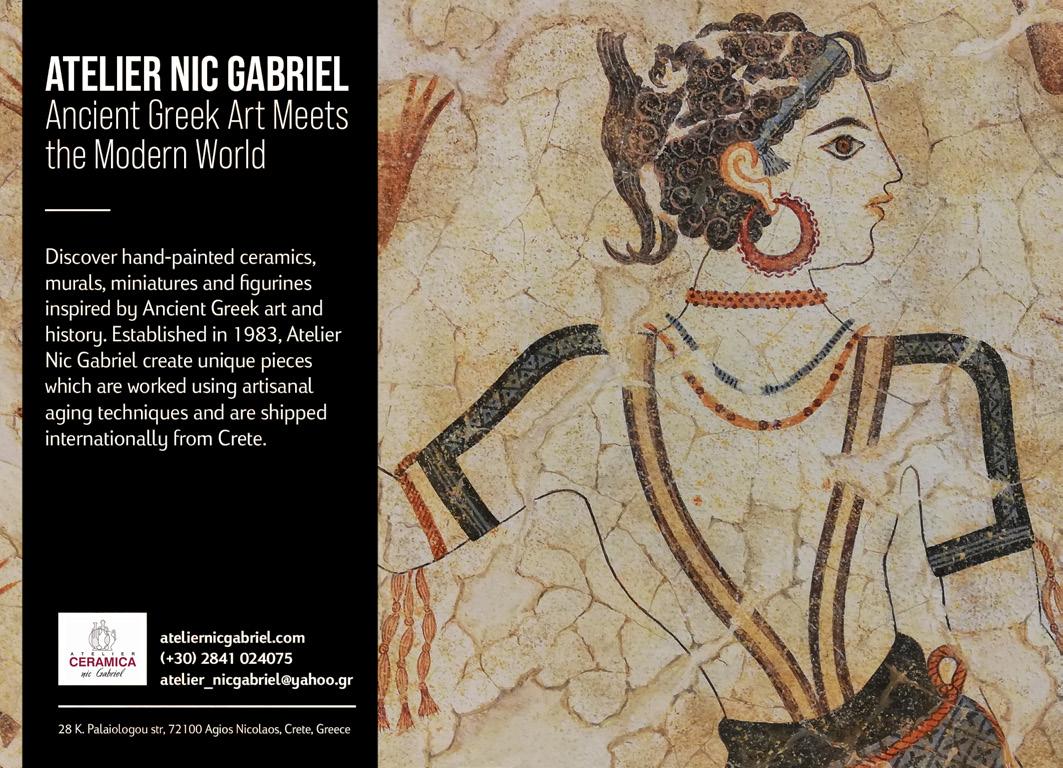
Aesthetica 137
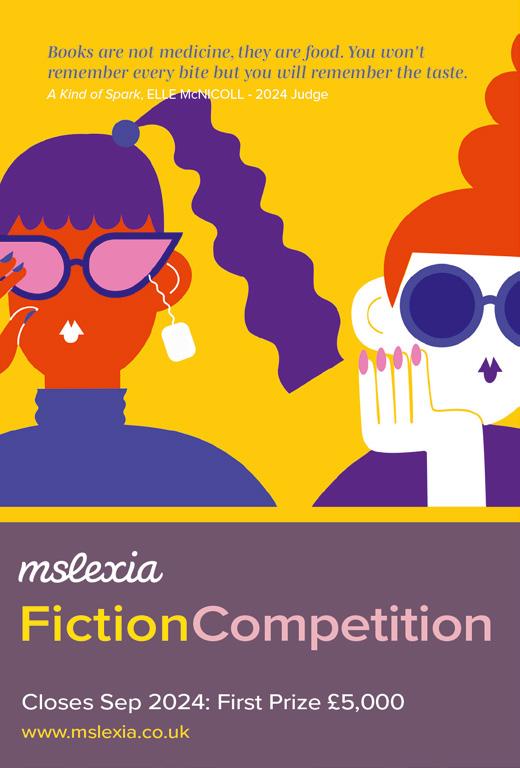

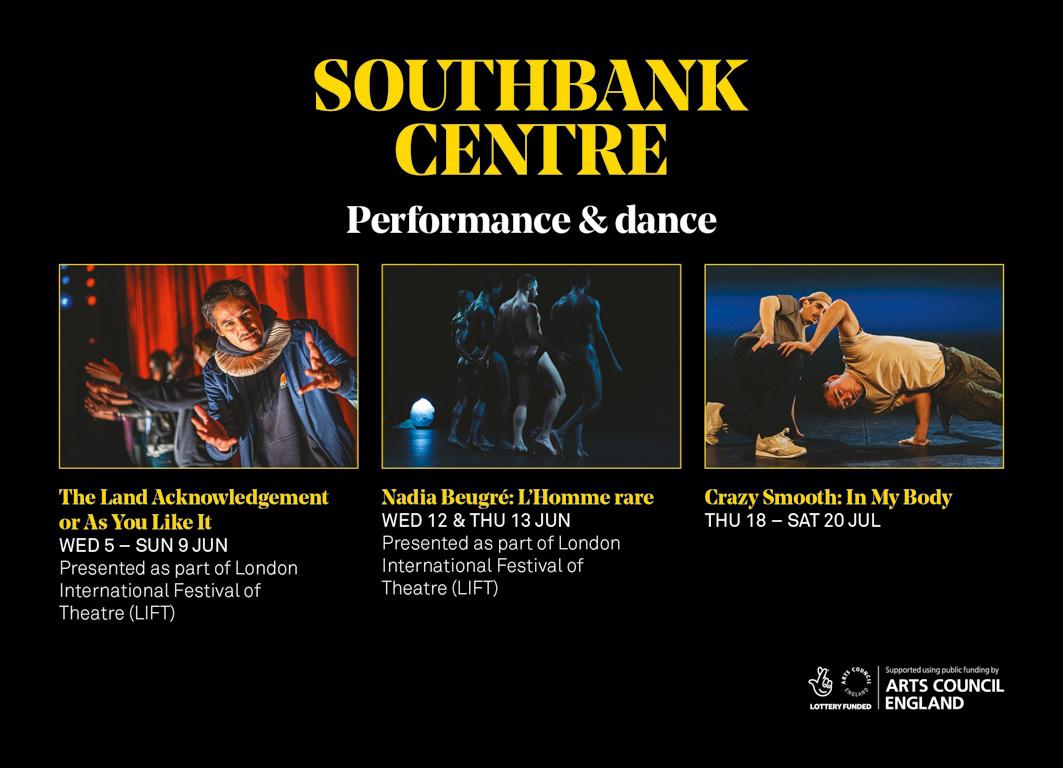
138 Aesthetica

Aesthetica 139 12 months from £24.95 + p&p. Available in both print and digital formats.
Subscribe & Save 40% The Destination for Art and Culture
www.aestheticamagazine.com/subscribe
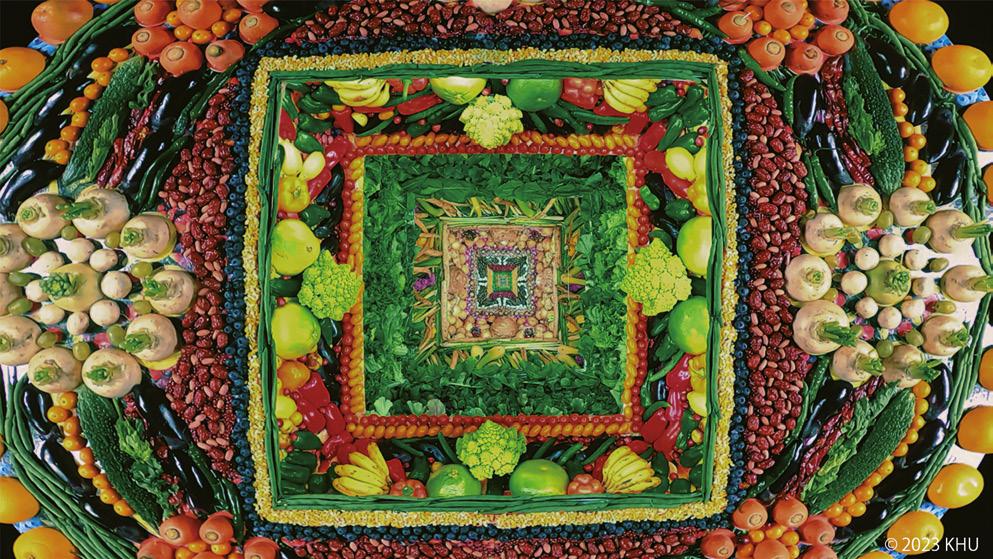
KHU
Shibuya-based interdisciplinary art collective KHU explores rituals to reveal “new margins of the essence.” They are deeply inspired by Zen philosophy, particularly the idea that “all things are free from the necessity of attachment but could exist as exalted beauty”. The artists surrender to this idea in a light-hearted way, through a variety of materials and mediums. youtube.com/@khu-movie I Instagram: @khu_info
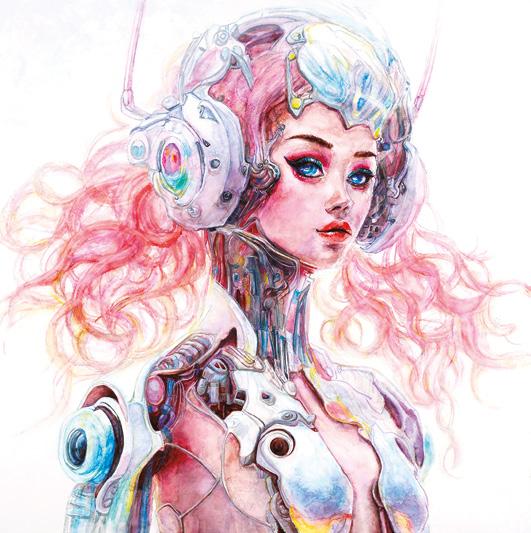
SAORI KASHIMURA
Japanese artist Saori Kashimura creates unique pieces inspired by mythology. She notes: “My work combines the contemporary with the ancient to explore themes that transcend time. I work in large-scale digital prints with collage elements, and draw upon Japanese and East Asian culture to develop my works.” The watercolour shown here depicts the portrait of a futuristic goddess. lit.link/en/saorikashimura I Instagram: @saori_kashimura
140 Aesthetica artists’ directory
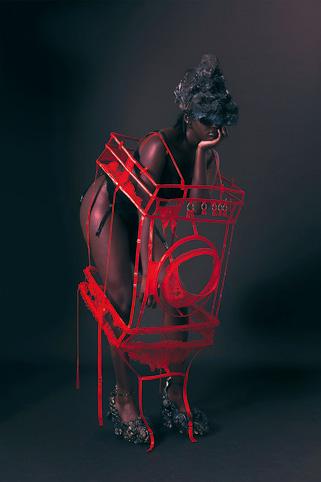
ANGEL QIN
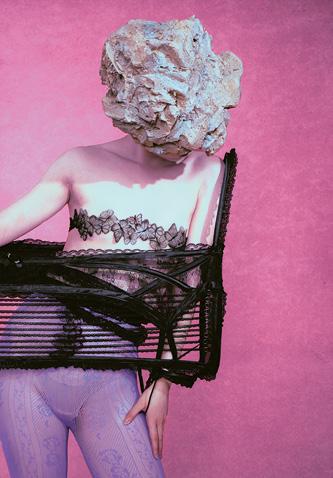
Angel Qin is an interdisciplinary artist, fashion stylist and posthuman image weaver based in London. She weaves patterns of imagery from a non-humancentric perspective, questioning the ontological nature of humanity and its relationship with ecology. The White Euphoria project sees lingerie designed for home appliances such as washing machines and air conditioners; the work exemplifies Qin’s pursuit of exploring disruptions in otherwise straight, smooth and flat narratives. Photos: Xinyuan Yan and Xiao Guo.
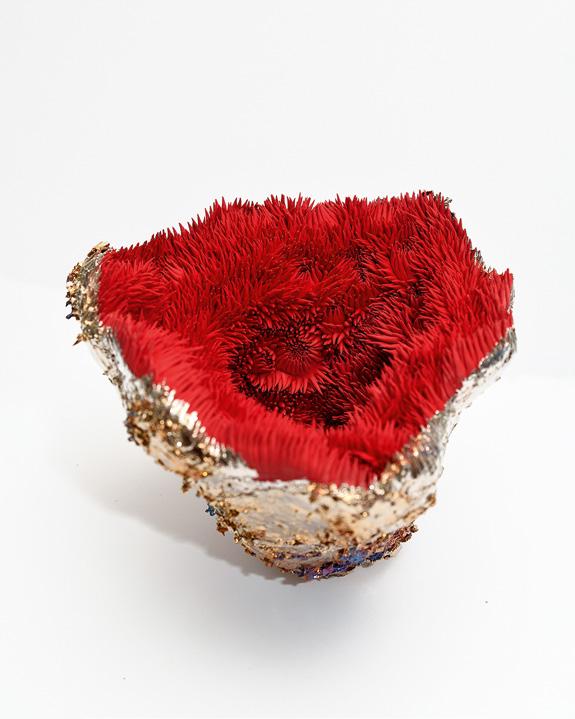
works reflect an art practice that is embodied by a journey of self-healing, in which she turns the experience of trauma into powerful creations. Each piece is a visual statement as well as a psychological narrative – helping to bridge the gap between pain and recovery. binghuisong.com I Instagram: @binghui_song
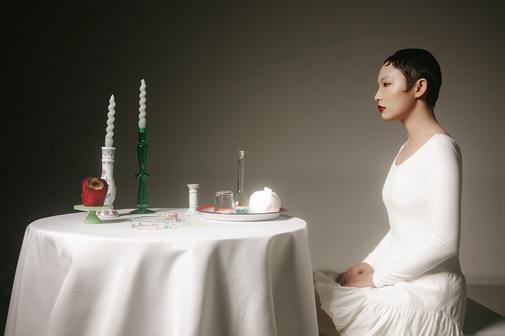
BEIYI WANG
Beiyi Wang is an artist with a background as a tennis player as well as an explorer with a passion for the experience of nature. Their creative vision stems from a search for self-identity; communication methods are enriched by the creation of collisions between substances and the exploration of multiple ideologies through experimentation with mixed media. Wang’s observations of nature are intertwined with storytelling and natural science to initiate time and dialogue – charting the future relationship between humans and the environment, and revealing connections. They note: “In this project, I proposed that humans can talk to nature and the universe. I imagine bio as a social community, discussing matter and bacteria, and having a typical discussion about values. How does nature define ‘value’ by observing how non-human organisms use resources to create ‘value.’ It is a predictive design based on non-human-centered thinking, hoping to give the audience a new perspective and stimulate thinking about spontaneous order in society.” beiyi.me | Instagram: @bei.yii
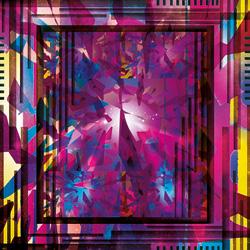
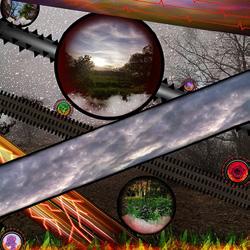
DIAMANTÉ LAVENDAR
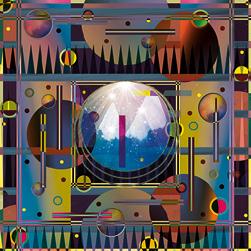
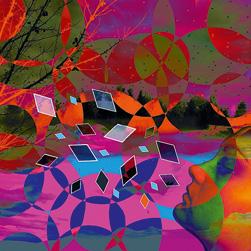
Diamanté Lavendar is an award-winning artist based in the USA. Her varied practice includes colour-rich, mixed-media digital creations that feature elements of photography, fractals, painting and/or drawing. The resulting works explore the interconnected combination of humanitarian issues, the effect of spirituality on the human psyche and environmental issues. diamante-lavendar.pixels.com
Aesthetica 141 For submission enquiries regarding the Artists’ Directory, contact Katherine Smira on directory@aestheticamagazine.com

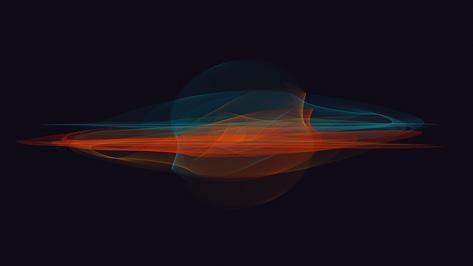
JÉRÔME GUILLEAUME
Jérôme Guilleaume uses science, linguistics and mathematics to explore new possibilities through prints and virtual media. His work is the result of “years of explorations, trial and error, and looking for beauty and fragility in the oftenchaotic creative process. Rendering 3D forms aims to make fleeting virtual lines permanent, crystallising them and generating new compositions.” mathart.ca I Instagram: @bslc_av


LYDIA BAUMAN
Poland-born artist and art historian Lydia Bauman lives and works in London. Deeply moved by the fragility of the environment, her mixed media paintings harness the beauty and timelessness of the natural world; she believes that her use of unconventional materials such plaster, resin, beeswax, sand and gold leaf help convey the materiality of nature more effectively than traditional oils or acrylics on canvas. The resulting works are displayed worldwide and feature in numerous corporate collections. The Homelands series will be shown in the Street Gallery, University College Hospital, London until 4 July. lydiabauman.com | Instagram: @lydia_bauman_studio
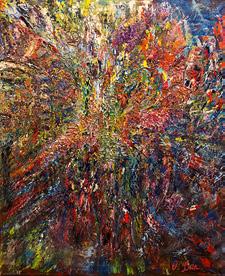
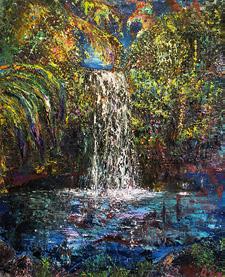
OLGA BARYSHNIKOVA
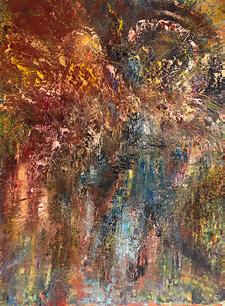
Ukrainian fine artist Olga Baryshnikova was born and raised in Mariupol. Her paintings are form of therapy in which serenity is sought through a harmonious combination of colours and images. She notes that “the pictures promote activation of the pineal gland, and with the help of visualisation the left and right hemispheres of the brain are synchronised, releasing kundalini energy. The paintings were painted in a state of transcendence.” Baryshnikova has participated in numerous shows. abundanceart.space I Instagram: @_olgabaryshnikova


RUI SHI
Rui Shi is a London-based artist and researcher. A graduate of the Royal College of Art, they are currently pursuing a PhD at UAL. An exploration of marginalised identities through the lens of queer phenomenology is a key focus for the artist, and spans a range of disciplines including gaming archives, philosophy, queer ecology and geopolitics. Instagram: @scowerrui_shi
142 Aesthetica artists’ directory
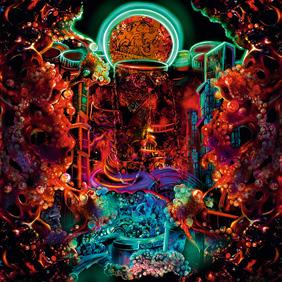
Alexandra Valles

American oil painter and digital artist Alexandra Valles lives and works in Maryland. Her artwork explores feelings that stem from various societal expectations and a struggle to define success. She uses art to visually build incomplete structures that become consumed by loud colours and distracting objects. By merging structure and disorganisation, she tries to convey the process of sorting through mess. Instagram: @alexfvalles
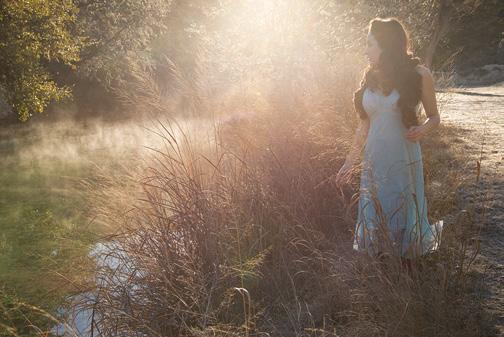
Emily Latimer is the founder of ERA Artistry – her varied practice includes photography and jewellery design. Traditional and historical elements are combined with inspiration gained during travel and time spent in nature; the use of light and colour highlights moments in time. Latimer notes: "I am influenced by art history, literature as well as the magical mysteries that life has to offer." eraartistry.com I Instagram: @eraartistry
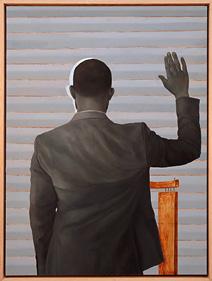
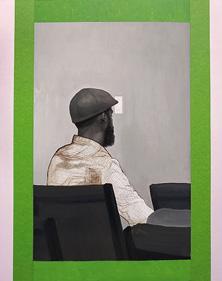
Kyle Hackett is an award-winning artist based in the USA. His paintings explore race, class and social standing through various approaches to self-representation and the constructed image. Emphasising conflicts between inner versus outer, Hackett relates image-making, inflection and fixedness to concepts of double consciousness. kylehackettstudio.com I Instagram: @kylehackettstudio

aura Xuanyi Wang
USA-based painter Aura Xuanyi Wang examines the relationship between the body, the psyche, culture and wider society. She notes: "I aim to build connections between cultures, creating a space where fictional characters have endless vitality. I hope the viewer is inspired to reassess their view of the body and psyche within the context of our sociopolitical world." aurawang23.com I Instagram: @aurawang_

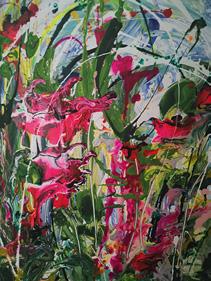
UK-based artist Hilary Watkinson is known for vibrant, expressive works that explore the interplay of colour and form in nature. A unique abstract style – using acrylic and pouring paint techniques – achieves an unusual 3D effect, capturing a mixture of colours, sizes and textures of flowers whilst exploring the influence of wind on plant energy. The pieces help to provoke positive thoughts: "happiness on canvas." hilarywatkinson.com

The primary interest for American artist Rich DiSilvio is "to focus on the imagination, something no other Earthly being shares.” Oils and acrylics, with an emphasis on digital art, are used to achieve his vision. DiSilvio has worked on projects for Pink Floyd, Yes, The Moody Blues as well as various films, and his fine art appears in galleries and museums including the Tchaikovsky Museum in Russia. richdisilvio.com
Aesthetica 143 For submission enquiries regarding the Artists’ Directory, contact Katherine Smira on directory@aestheticamagazine.com
Hilary Watkinson
rich DiSilvio
Kyle Hackett

Agnes Kurina
Agnes Kurina is a Hungarian artist based in Budapest. She is inspired by a variety of multicultural influences, which help inform her detailed paintings. The combination and overall effect of colours is used for thought expression; the use of form is primarily for emotional expression.
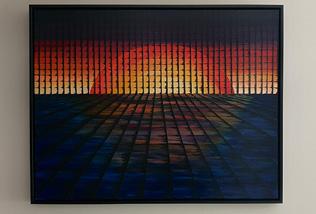
Kurina notes: “Art is the only thing in my life what is not about meeting expectancies.” kurinart.com
claudia pombo
Fine artist Claudia Pombo lives and works in Amsterdam. Her varied creative expressions have been exhibited in solo and group shows throughout Europe. Pombo's areas of exploration include detailed illustrations of Amazonian mythology, metaphysical art, as well as colour-rich landscapes. Her latest painting, shown here, is entitled Message from the Cave II clpombo.wordpress.com
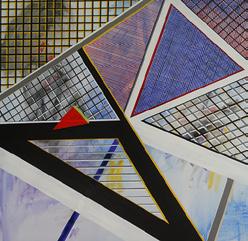
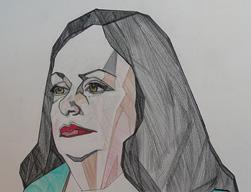
gunilla daga
Gunilla Daga is a Stockholm-based painter whose work is drawn out of private emotions of universal experiences. Rich, earthy tones in both oils and acrylics are often mixed with dry, raw pigments before application to canvas. The resulting works show unique and striking textures within geometric forms. Daga has exhibited paintings throughout Europe and the USA. gunilladaga.se
Instagram: @gunilladaga

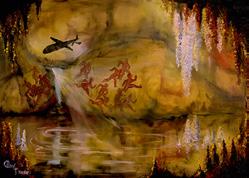
emi Okumura
Japanese artist Emi Okumura is based in Kyoto. Detailed threedimensional works are at the heart of a practice that is driven by the personal experiences of everyday life. Each delicate piece conveys a message by comparing time and natural objects, inspired by patterns passed down through generations. Okumura encourages the viewer to explore the intricacies that can be found within their artworks.
Instagram: @emiokumura8
emily beza
Emily Beza explores the application of linear geometry in abstract paintings and figurative drawings. The works form part of a dynamic linear series that depicts recessional spatiality and movement across surfaces. The figurative drawings allow her to revert back to her painting practice with a fresh eye. The abstract and figurative works are displayed together to create a dialogue between each other. emilybeza.co.uk
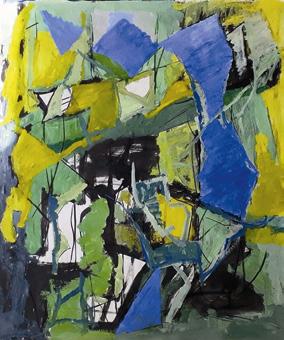
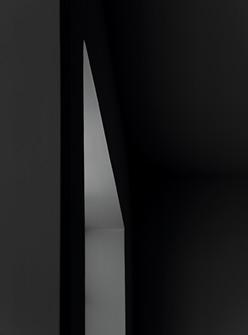
hanne Jones Solfjeld
Oslo-based artist Hanne Jones Solfjeld uses photography as a gateway to capture and distort a dreamlike reality. A variety of hues, as well as texture and movement, are enhanced through experiments with collage and photo-editing. The resulting abstract-like images are what Jones Solfjeld describes as psychedelic mindscapes, and invite the viewer to seek new perspectives. hannejonessolfjeld.no
Instagram: @Hannejonessolfjeld
carlos abraham
Carlos Abraham is a Mexican artist with a background in architecture and photography. A current focus is to explore the beauty of the human body through images. Abraham has participated in numerous shows and publications, and his works are part of the permanent collection in the Mediateca INAH, Mexico City. He also collaborates with the Cultural Heritage of the Cultural Secretary of the State of Puebla. Instagram: @carlosphotoart

Frits van de Reep
Dutch photographer Frits van de Reep finds that inspiration from architecture and urbanism has a major influence on his practice. A central feature of his work is the minimalistic ordering of the world around him. The effect of light, tranquillity and disorientation are key elements; he refers to this as Architectural Abstractions or Monochrome Minimalism. fritsvandereep.com
Instagram: @fritsstagram
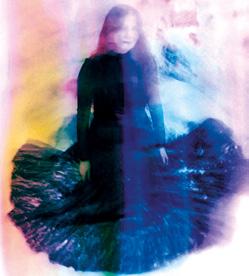
144 Aesthetica artists’ directory
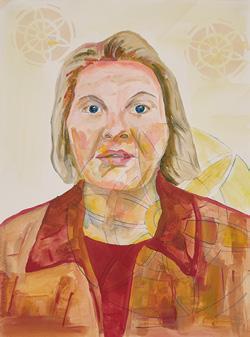
Jiawei fu
California-based Jiawei Fu portrays the subtleties of mundanity and emptiness through a lens of a surreal-like reality; employing the quiet intimacy of a diary, her work serves as a conduit to awaken the subconscious and foster new dialogues. A nuanced palette helps to reveal truths of existence, laying bare the veneer of "modern ignorance and the unyielding nature inherent in all beings." jiawei-fu.com
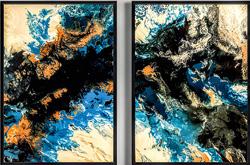

Renato Fialho
Renato Fialho is based in Portugal. He sensitively observes the spaces around him and transposes his energy onto a variety of artistic expressions including painting, drawing and photography whilst using digital editing. Fialho notes: "To see masses of people and objects entropically intermingled and then project an image – this is loaded with so much meaning.”
Instagram: @renato_e_fialho
Facebook: renato.fialho.169
Hanne Margaretha Biedilæ
Hanne Margaretha Biedilæ is a Norwegian ceramic and visual artist. The complex relationship between humans and the world around us drives her to use art to examine femininity – its expectations and implications. Biedilæ has exhibited paintings throughout Europe and the USA, and is working towards a solo exhibition in her native northern Norway, where she has Kven roots. studiohmb.no Instagram: @studiohmb

marzana Mahmood
Marzana Mahmood's dual careers as an artist and lawyer provide her with a unique perspective that helps to enrich an exploration of the intersection between art and culture. Heavily inspired by a Bangladeshi heritage and a diverse range of travel experiences, her paintings exude a palpable sense of wanderlust. Mahmood invites viewers of her work to discover beauty in the absolute mundane. strokesofchaos.art

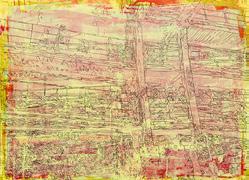
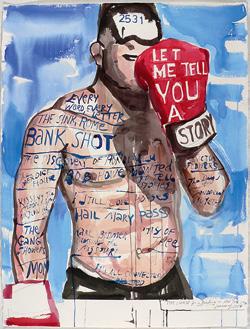
Kaiqi Zhang
Chinese costume designer Kaiqi Zhang is based in the UK, where she gained a BA from UAL. Historic references and costumes from Asia and Europe inspire her innovative designs. Her unique personal style is then achieved through a specific combination of different techniques and fabrics. The work shown here is Actor, a character in Zhang's play which is based upon Camus' essay The Myth of Sisyphus Instagram: @tammy.qio
jack balas
Jack Balas uses oil on canvas or ink and watercolour on paper to tell stories and deploy images of men in emotional, political and stylistic scenarios – contexts in which they function as everyman, but are more vulnerable than their surface perfection might suggest. His work is held in collections at the National Gallery of Art, Washington, DC, the Brooklyn Museum and the San Francisco Museum of Modern Art, amongst others. JackBalas.com

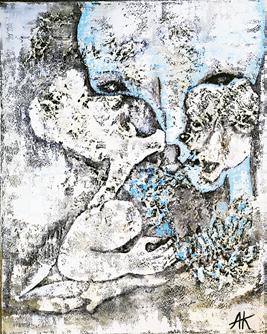
Nelya Akimova
Prague-based artist Nelya Akimova (NELYA-NAKI) creates oil on canvas and digital art to explore the nature of reality and invite us to perceive the world in new ways. Naki's work has been shown widely, including FOCUS Art Fair at the Saatchi Gallery, as well as part of Personal Structures/Lucid Dreams organised by the European Cultural Centre/ Gabrielle Fine Arts Gallery. Until 24 November Palazzo Bembo, Venice. nelya-naki.com
Sam Groninger
Netherlands-based painter Sam Groninger harnesses observations, childhood memories and his inner world to create abstract portraiture. He notes: "It's really about seeing everything and seeing nothing. The lines and blobs that eat away at the empty space. It's not about what I do, but about what I've seen. I don't make. I admire and spit out. Isn't everything in essence made up out of blobs and lines?"
Instagram: @Groning_er
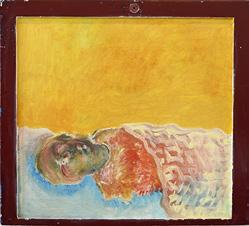
Aesthetica 145 For submission enquiries regarding the Artists’ Directory, contact Katherine Smira on directory@aestheticamagazine.com
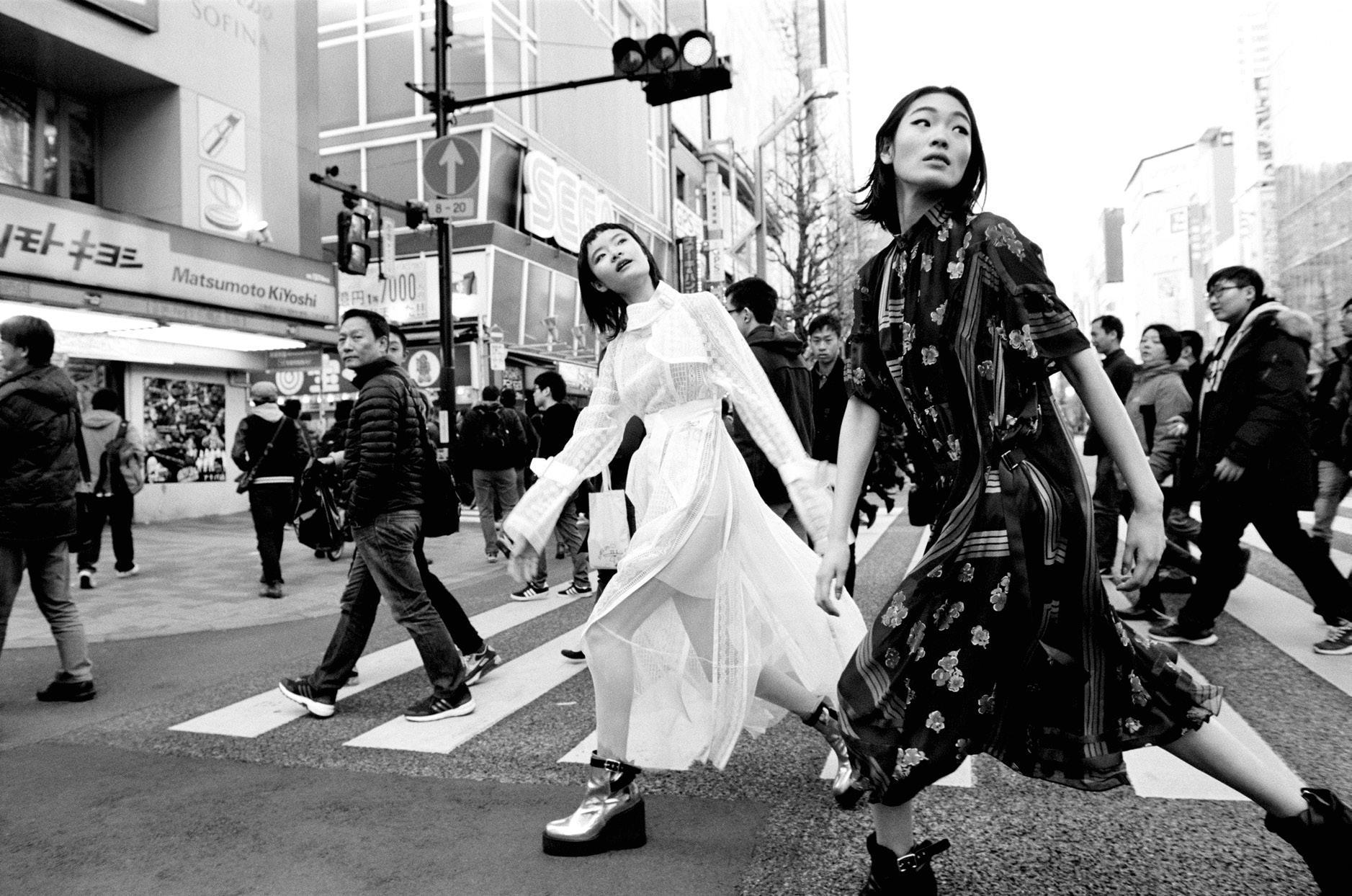 Yelena Yemchuk
Yelena Yemchuk
“This picture was taken in Tokyo. I love Japanese photography, and have been in awe of Daidō Moriyama, Keizō Kitajima and Eikoh Hosoe for years. Their images have this amazing energy. It’s always been a dream to shoot in the city and I hope to make a whole series in Japan soon. This photograph stands out to me because it feels a lot more like my personal work than it does commercial. I work in multiple media and, as of late, have become more invested in film and painting. But the camera will always be my first love. My earliest inspirations were movies; I watched them all the time as a young adult. Antonioni, Buñuel, Cassavetes, Fellini, Lynch and Tarkovsky have been hugely influential. I just rewatched Dreams by Akira Kurosawa – it blew my mind all over again.” Beyond Fashion is at Saatchi Gallery, London, until 8 September
146 Aesthetica last words
Photographer
Yelena Yemchuk, Tokyo (2017). © Yelena Yemchuk.

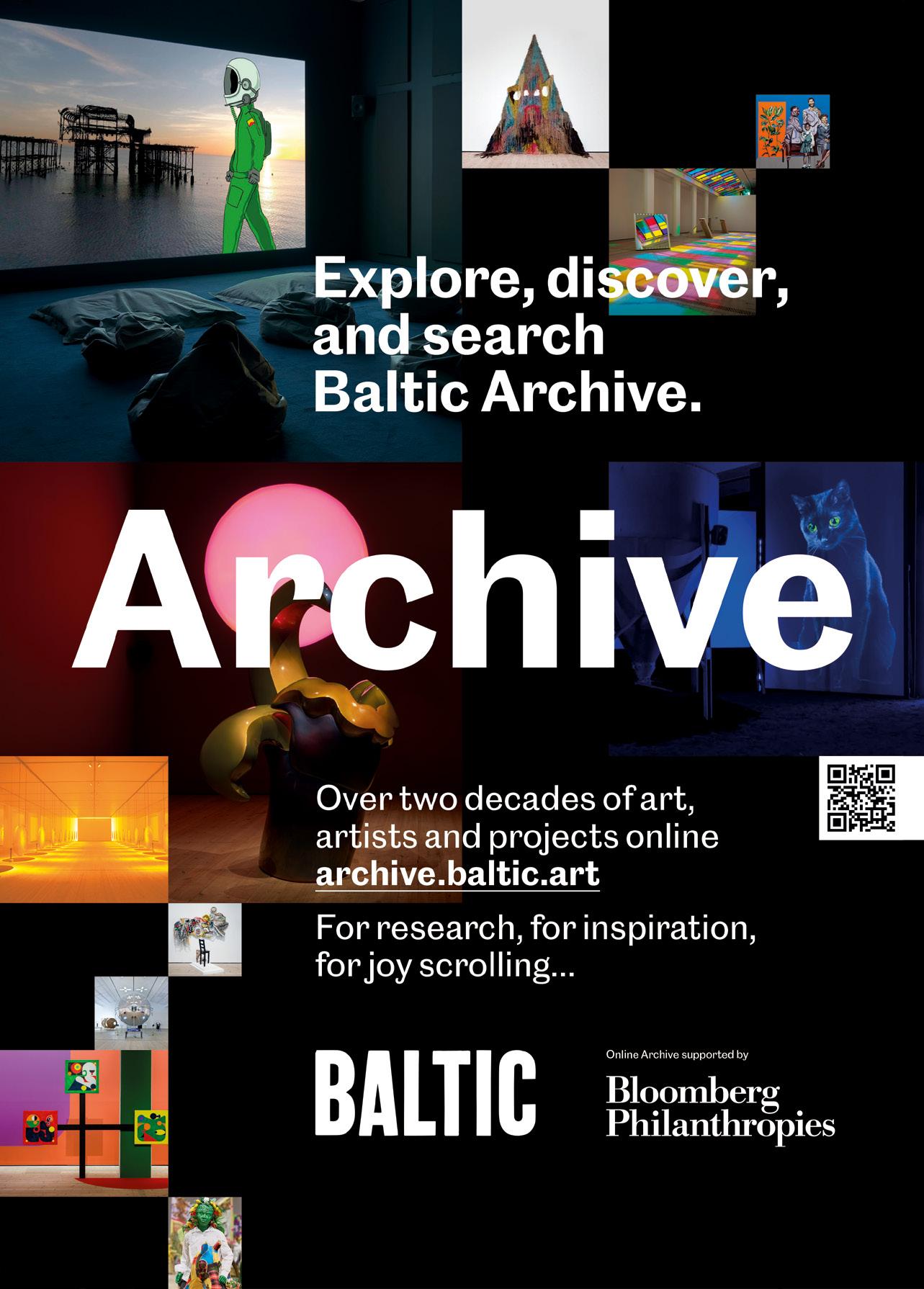





















































































































 Image courtesy Jonas Hafner.
Image courtesy Jonas Hafner.



















































































 Yelena Yemchuk
Yelena Yemchuk

